7 Best-Known Routes for Sailing Around the World (with Maps)
Route planning is among the most crucial bits of preparation, especially when it comes to circumnavigation. This article will give you seven of the most commonly used routes for sailing around the world. Some routes have been sailed many times by many people, others are obscure or even dangerous.
- The Fast Route - for the minimum time
- The Pleasure Route - for the maximal pleasure
- The Traditional Route - the road most taken
- The Arctic Route - for the rough ones
- The Dangerous Route - without regards for piracy
- The Cheap Route - with a budget in mind
- The Coast Lover's Route - never going far from the coast
Since circumnavigation is quite a complex matter, let's go through this list one by one below.
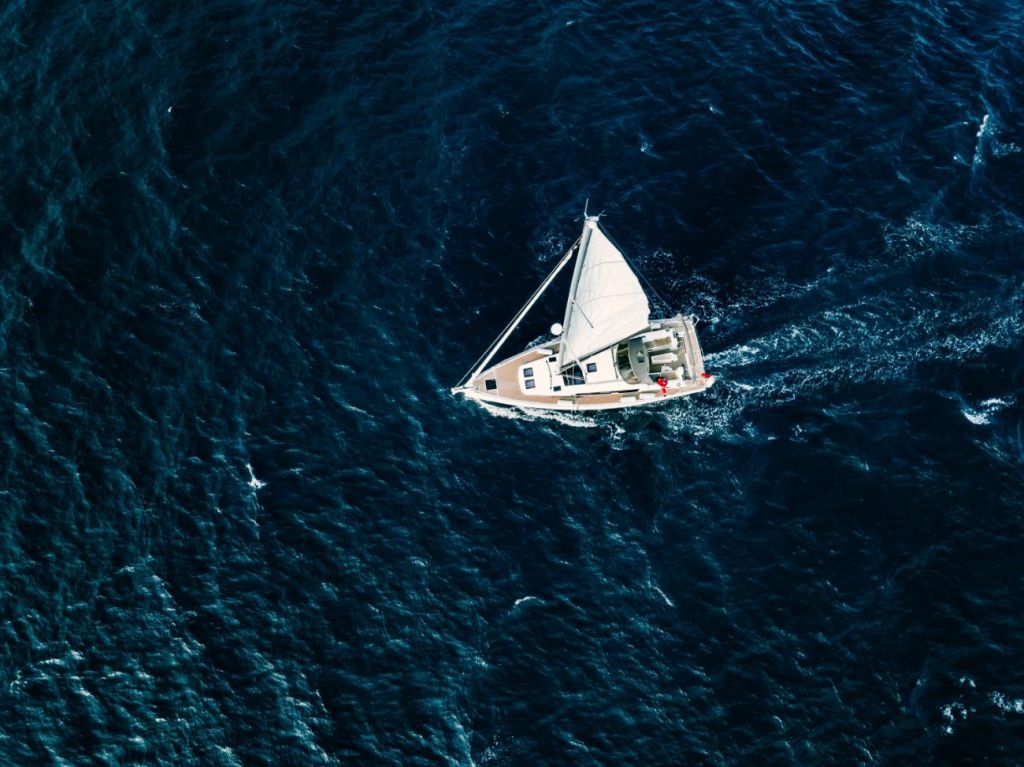

On this page:
How to choose a route for you, route for speed, the pleasure route, the traditional route, the arctic route, the dangerous route, the cheap route, the coast lover's route.
What route you will take depends on what kind of journey you are looking for. If the goal is to do it in the least amount of time possible, you will be choosing a different path than if you don't care about time and put emphasis on sightseeing.
Similarly, if safety and convenience are at the top of your priority list, you will choose a route that might differ greatly from that of a person ready to spend more on security and cut corners through tricky territories.
If you have specific locations in mind, you will take turns that are, logistically speaking, quite impractical, while if efficiency is what you want, there are certain places it would make little sense to visit.
And finally, if you are after comfort, you will avoid some bumpy places and times of the year, as opposed to somebody who won't mind venturing into the corners of the oceans that require a hell of a warm jacket.
There is no right or wrong answer here; don't feel some approaches are better than others. Just look at what you want from the journey, read through this article, and then choose what best suits you.
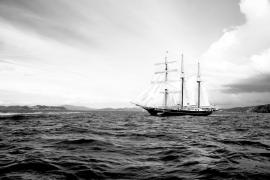
21 Places to Avoid Sailing Around the World (In Order)
Let's kick this off with a racing spirit. This is the route taken by those competing in Vendée Globe, a circumnavigation race. It takes a bit under three months...
...that is if you are a racer and so is your boat. If you are a cruiser kind of person, it will take more time, but the point is that this route is as straightforward as it gets.
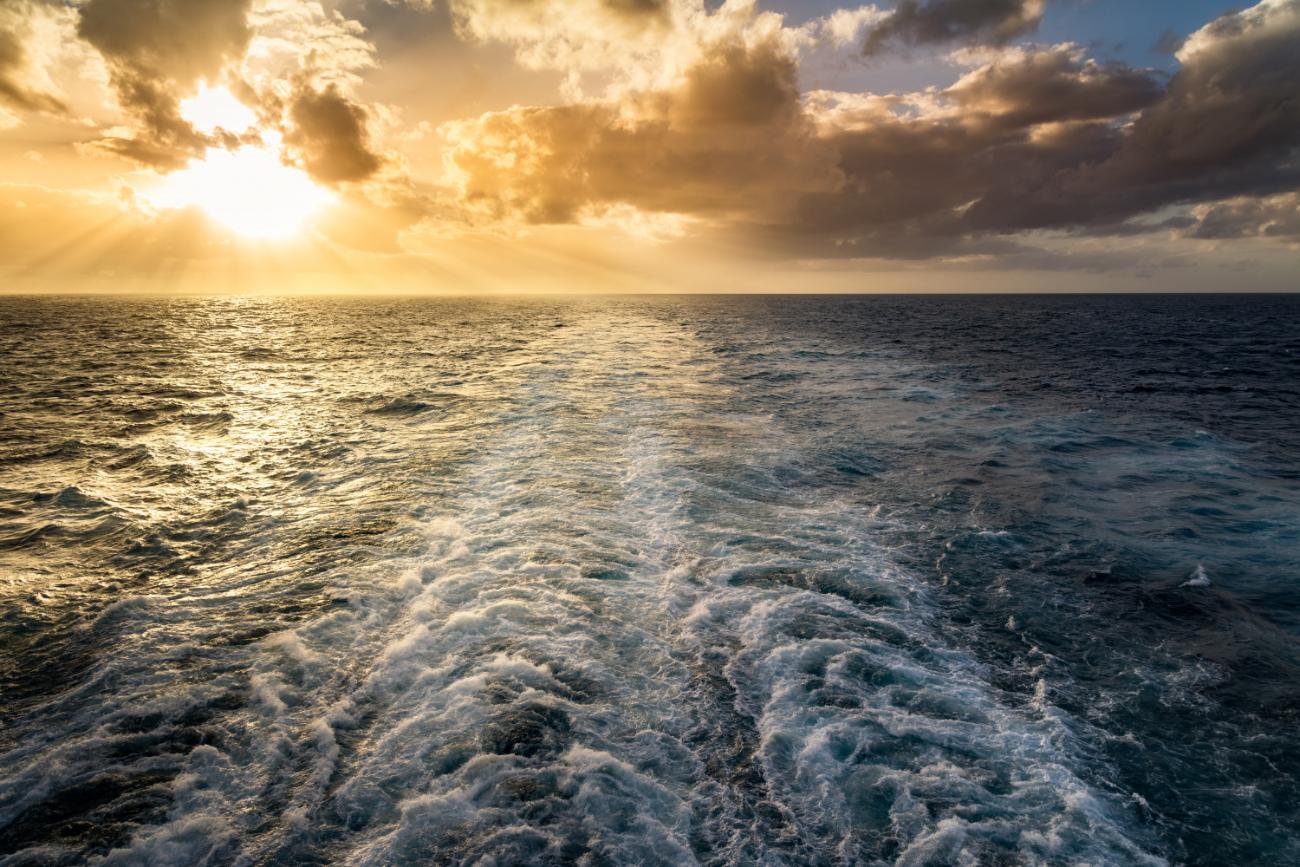
So what waypoints does it touch? Vendée globe racers start in France, then head down towards the Cape of Good Hope, circle Antarctica as close as the rules allow, and after getting to Cape Horn, head up to France again.
Of course, based on where you start from, your route might differ. But the idea is as follows:
- head south towards the Southern Ocean
- sail around Antarctica through the Southern Ocean
- after reaching the point where you met the Southern Ocean for the first time, head back up
The Southern Ocean is not a breeze, the cold waters mixing with the warmer ones coming from the north, plus the danger of icebergs, as well as the cold temperature, isn't how your typical holiday dream looks. That being said, it's up to you how close to Antarctica you will want to be when going around it.
This route doesn't touch down at any land, so you must be prepared for months on the sea as far as provisions, spares and mental capacity goes. Of course, this is variable, you can easily make landfall in Azores, South Africa, South Australia, or South America, and some of the South Pacific islands, if you need to. Either way, it is demanding logistically, so be sure to have your checklist in check .
It is among the most straightforward routes. Not just because it is probably the shortest one or the fastest one, but all the hassle with visas, check-ins, going through canals, and other lengthy land creatures' business will be foreign to you.
If you make it through the Southern Oceans unharmed, you will certainly have one hell of a story to tell.
Now let's go on the opposite side of the specter.
Let's suppose you theoretically have unlimited time. Instead of doing things quickly and efficiently, you want to take it at a leisurely pace while admiring all that there is to see.
This route will begin and end in the Mediterranean, but that's just because that's where I am based, sailing-wise. Wherever else you are, just pick the point of the route closest to you and begin there.
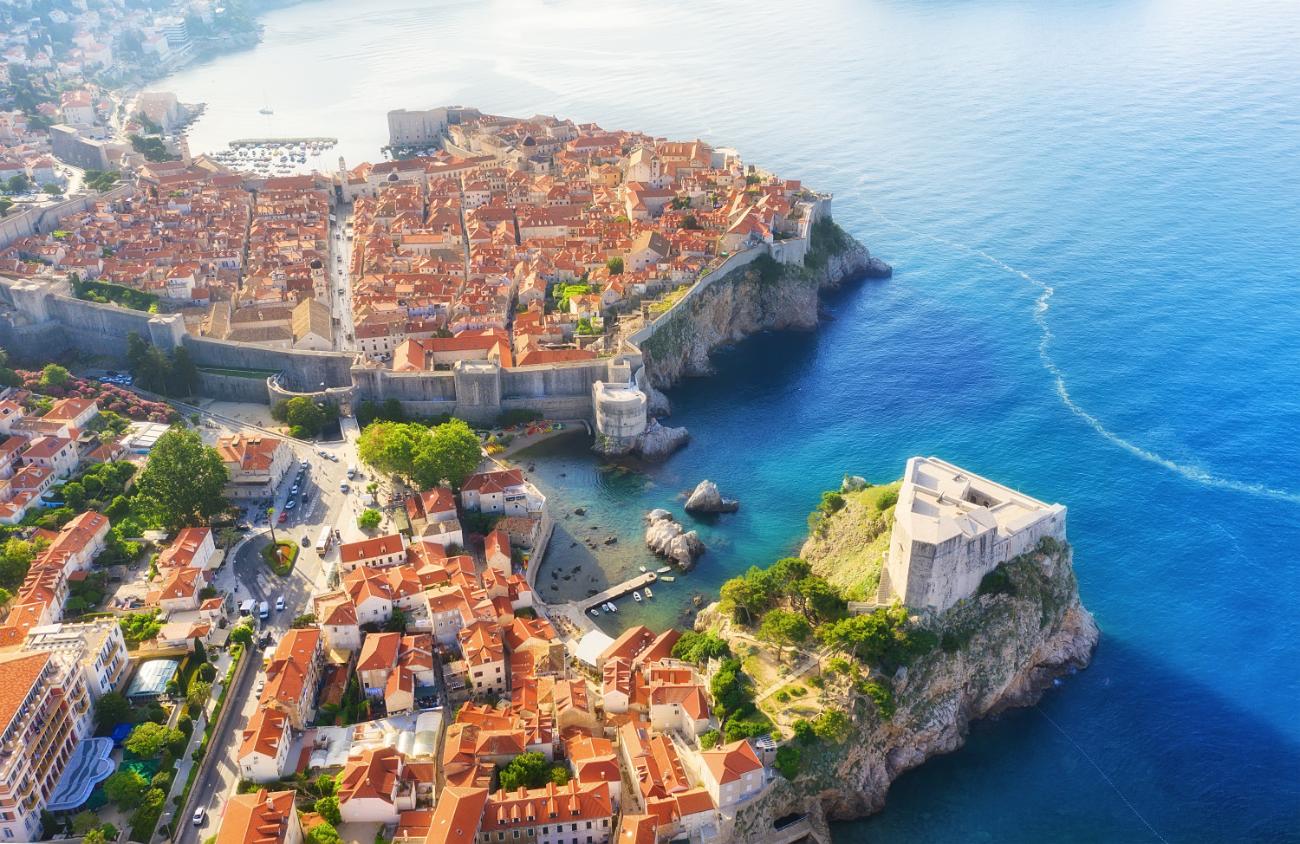
We will begin in Croatia, because it has beautiful shores and islands, travel around Greece with even more islands, the south around Italy, through Gibraltar. After that:
- head south to the Azores
- west to the Caribbean and through the Panama Canal
- west to Hawaii
- south to French Polynesia
- west to New Zealand, then Australia and Papua New Guinea
- northwest to Indonesia, Philippines, Vietnam, Thailand, India
- south to Madagascar, then along the African coast to Cape of Good Hope
- north to the Azores and then through Gibraltar back home
This route takes time since it aims to explore all it can even remotely touch. It's not just that the route is long, because the aim is to visit pretty places. You might also find yourself having to wait months at some places for the bad weather season to clear before you can make your next crossing. Have a look at our article about things to think about when planning for a long trip .
Because of that, this route is more demanding when it comes to planning, visa hassle, check-in research, more ports and anchors, more provisions planning. Also, your boat will need to be a solid liveaboard , since you will spend so much time on it. Logistically, it will be demanding.
But for all that hassle, you will literally get to see the world. You will visit many fantastic cultures, get to taste the cuisines from all over, and the long times waiting for the winds to calm down will be spent on exploring the place you are 'stuck' at.
What more does one need...
...except perhaps some middle ground. Now that we've been to two extremes, let's look at something in the middle: the route most commonly taken when circumnavigating.
It is rather similar to the Pleasure Route above except for skipping the Mediterranean, Pacific, and Southeast Asian stops.
Thus it goes as follows:
- From Europe, head south to the Azores
- west to Australia
- west to Cape of Good Hope
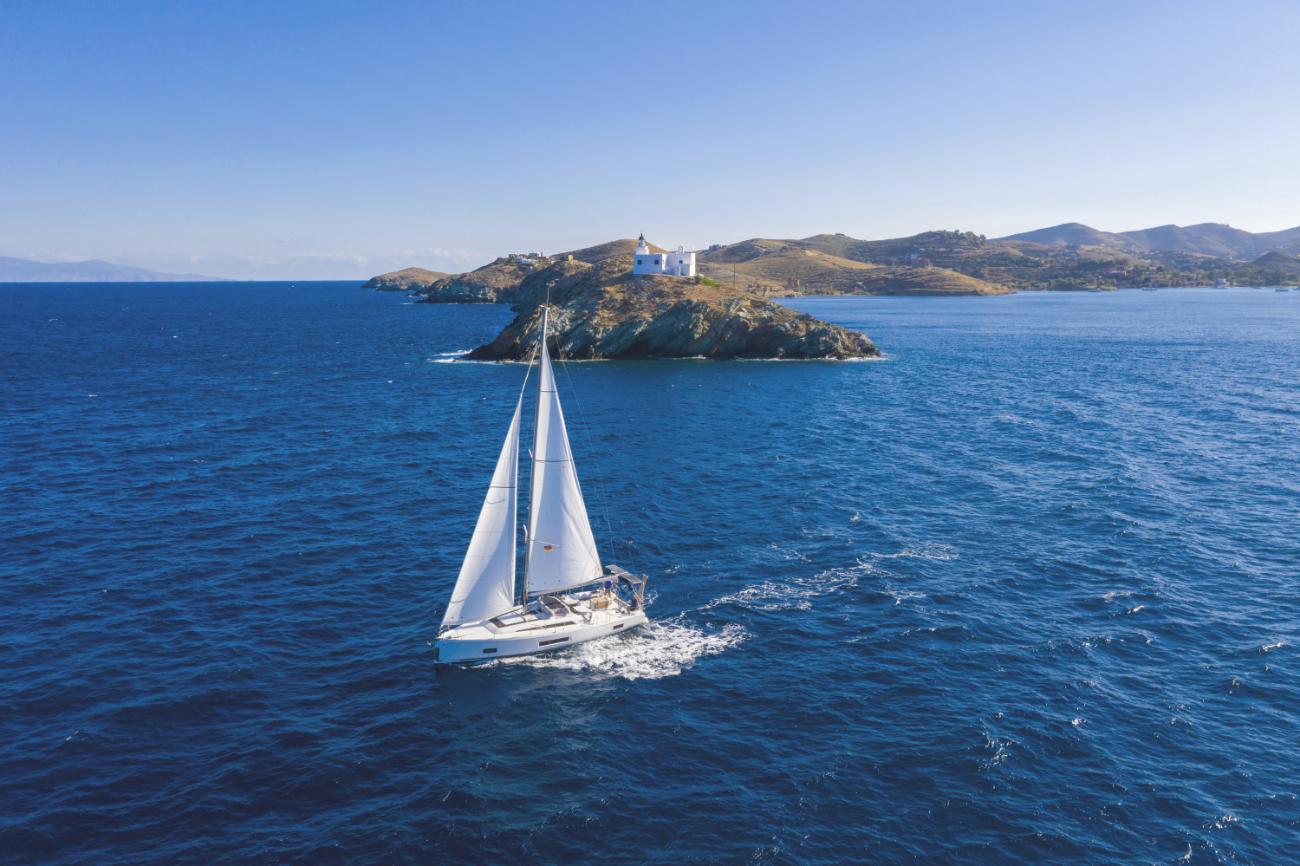
This route accomplishes the circumnavigation while stopping at beautiful places but doesn't necessarily explore everything that happens to be around. Its strong suit is the variability. If you like the Caribbean, you stop and cruise around there. If Australia excites you, you do the same there. If you want to see Madagascar, well, it will be almost on your way. And so on.
It has been a traditional route to take because it is relatively painless and does not go through any hazardous areas.
It has been traveled by many before you, so there is a lot of info floating around if you want to do your research on specific parts of the journey.
On its own, it has a lot of long legs where you will not see anything but the ocean on the horizon. So for those of you who mind this, you gotta make it your own, customize it a bit, so that you spend more time at places that you like.
This planning really is important. Some of those legs can't be made during certain seasons if you want to be careful, so to make sure you don't get stuck somewhere you don't particularly like, you should plan well.
With that, let's get crazier.
For those who want to do things the hard way. Perhaps you really like the scenery, perhaps you want to test yourself, or maybe you've done every other passage, and now it is time for the icy one.
There is a circumnavigation route that leads through regions so far up north you mostly don't encounter them even on a map. Because why would you look up there.
Now I don't know how long this article will survive on the internet, but note that this route is rather climatically contextual. Given enough time, it might freeze over and become unavailable.
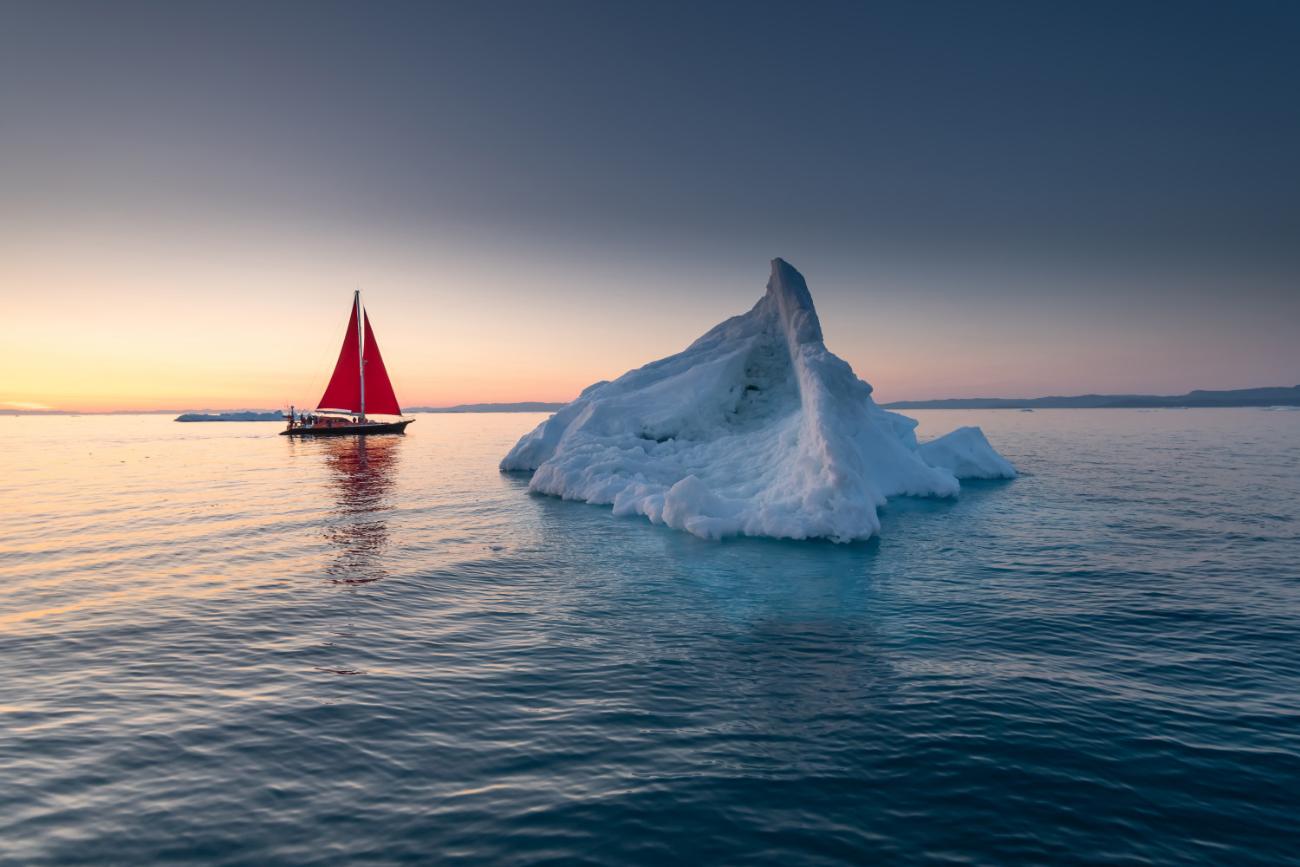
For me, it would begin in one of the northern ports of Norway and then:
- continue west to Iceland
- west to the south of Greenland and then up its western coast to the Baffin Bay
- south of Devon Island and through the archipelagos to Beaufort and Chuchki Seas
- west along the northern coast of Russia under the Lyakhovsky Islands
- west under the Yuzhny Island to the Barents Sea and back to the north of Norway
To this, you will have to add the most straightforward route north from wherever you are to any point on the route above.
Cold. Thus this requires clothing, equipment, and a boat that can withstand the polar temperatures along with chunks of ice floating around.
How much more adventurous can you get? Circumnavigation has been accomplished by plenty of people. This, not so much.
With the above, the major sailing routes have been covered. So what follows are mostly variations. Important ones, though.
Imagine this one mostly as the Traditional Route, except with a few twists. One of them leads through the Gulf of Aden, the Red Sea, and the Suez Canal.
Why take it? Because if you look on the map, you will see that when going from the general direction of Australia or Southeast Asia west, meaning you are probably aiming for the Azores or further for the Caribbean, it will save you a lot of time.
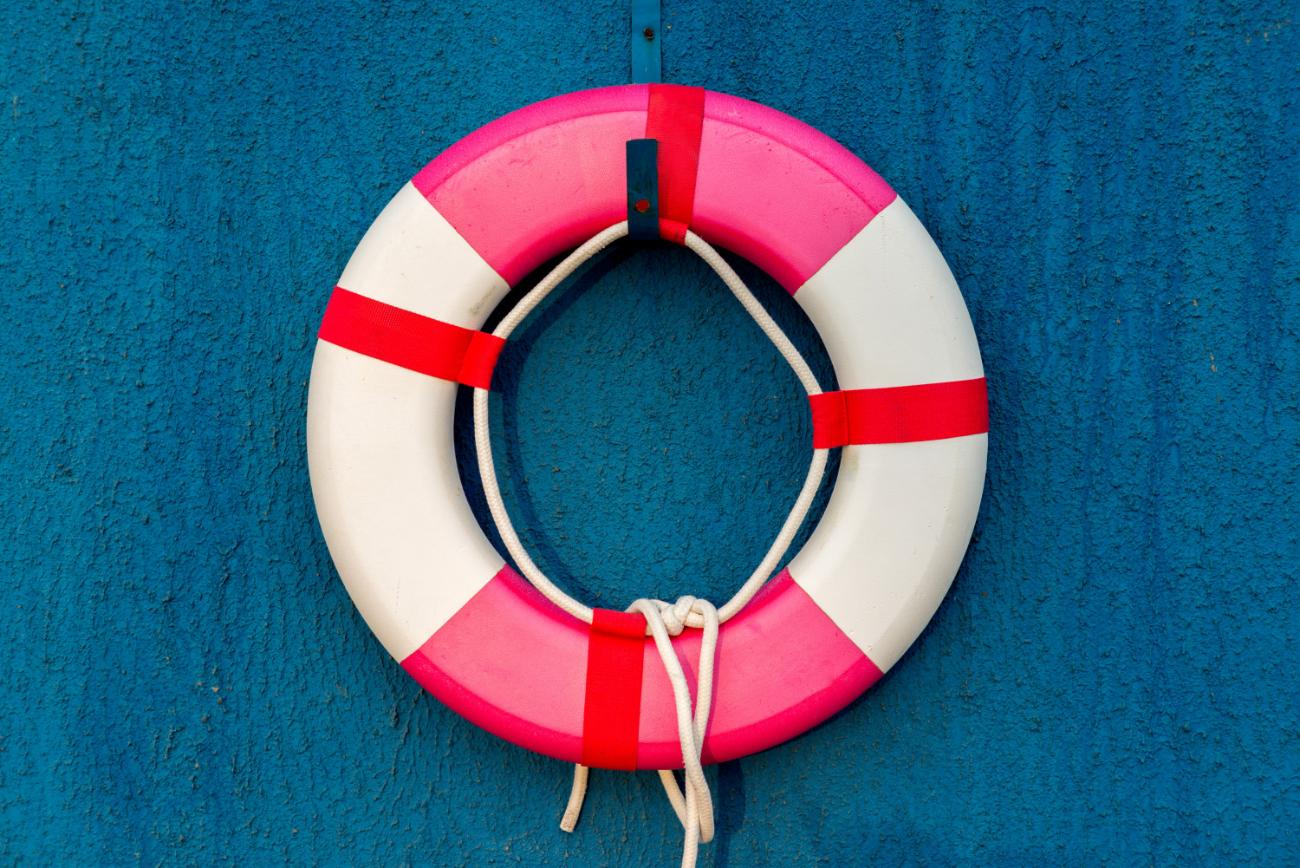
Money, not so much. You will have to pay for security. Because although you will save yourself the long southern route around the whole continent of Africa, which is nearly a 10,000-mile detour, you will have to go through the aforementioned areas that are famous for piracy and require professional armed company if you want to be on the safe side.
Not that it hasn't been done without it, but you know… Furthermore, many insurances won't cover you there since the risks are just too high.
Similarly, the area around Malaysia and the Philippines, which you might encounter during your Southeast Asia travels, bears the same story. No coverage by many insurances for piracy reasons.
Then again, exploring Southeast Asia while avoiding these regions means a few detours and no-go zones.
So if you want to explore the world on your sailboat and don't mind the risk, add these to your route plans.
Obviously, the risk or costs related to security. You will find plenty of sailors arguing that there is no real danger unless you are a cargo ship or a kidnapping worthy target. You will also find plenty who would rather travel in a fleet through there. And plenty who would never set sail towards those places.
Then there is the insurance issue.
With Suez, the upside is the saved time as well as not having to go around the treacherous South African cape waters.
With the Philippines and Malaysia, it's the convenience of being able to go wherever you want to in one of the most beautiful regions worldwide.
See this one as a variant of the Traditional Route and the Pleasure Route.
Some places are cheaper than others. And some places straight up make very little sense to go to.
Going through the Panama Canal is at least a $1,300 expense. Or, there are countries, like Ecuador, where check-in can cost you a $1,000 fee. And last but not least, prices of resources, like food, vary too. The Caribbean is famous for its steep prices in the provisions area.
The prices change, so it would not be bulletproof to give you a precise circumnavigation route exclusively through cheap places. Still, the moral of the story here is that when planning your route, do have a look at the local prices when it comes to check-ins and visas, food and various passes.
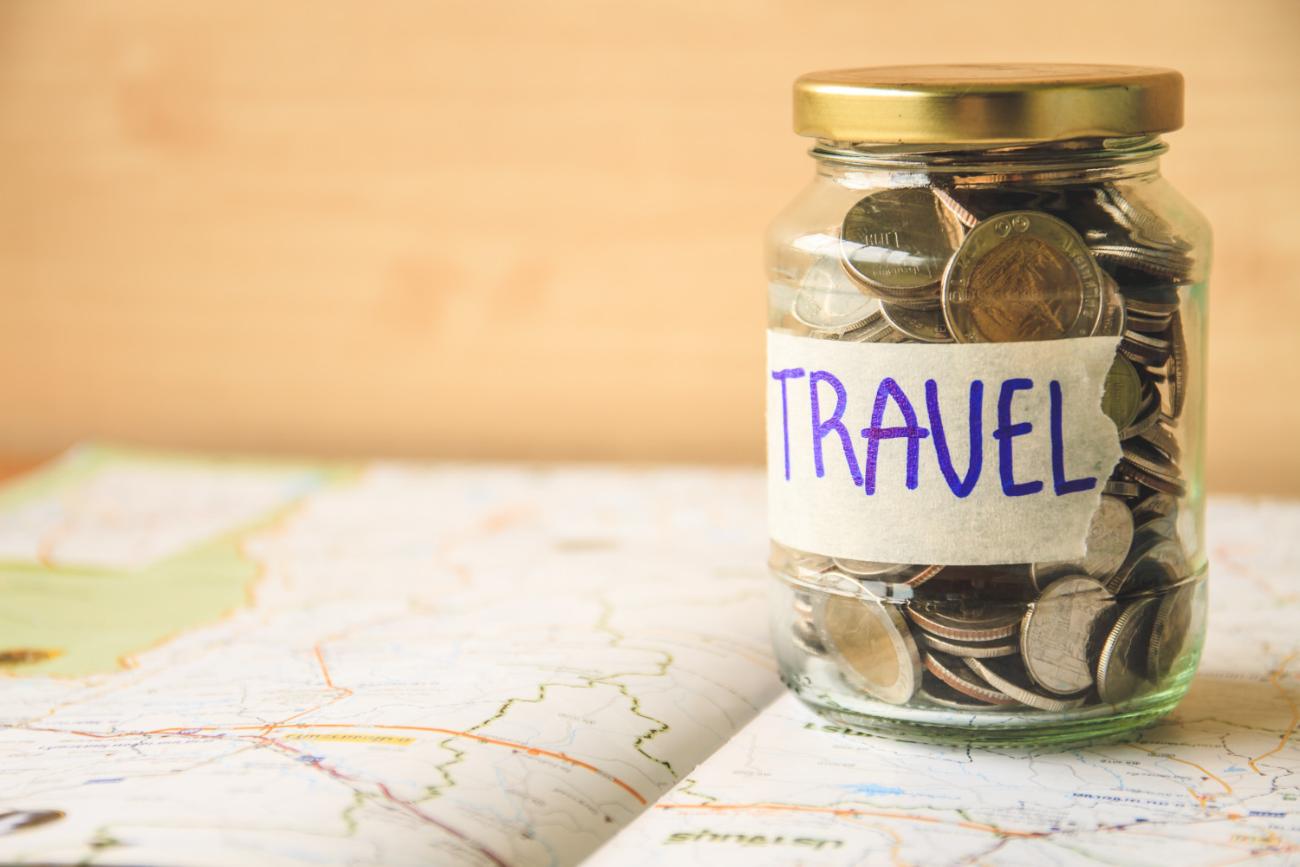
The result should be a route you are comfortable with financially. Avoiding the Panama Canal means a detour around the whole of South America, so it rarely pays off. Avoiding Ecuador, on the other hand, won't hinder your progress and save you money. Stocking up on food before getting into the Caribbean is also a sound logistical choice - unless you plan to stay for longer than your stocks can take you.
Saving money can mean detours, inaccessibility of various places, and more thought put into logistics. So it can result in a less elegant route.
On the other hand, being smart about it can result in a much lower bill overall.
Let me start this one by admitting that I don't believe anybody will actually take this route in its entirety, as delineated here. But it serves as an inspiration to those who are perhaps a bit unsure or simply like to combine two different sailing styles.
Some like to cross vast oceans and love to see nothing but the horizon for months. And then some like to stick to coastal waters for most of their journeys. Nothing wrong with that; at least it gives you something to look at any given moment.
And then there is the benefit of relative safety, a port or an anchorage close by most of the time, the ability to resupply whenever you like, to pick up and drop off people, and last but not least the lack of need for a really ocean-worthy boat and equipment.
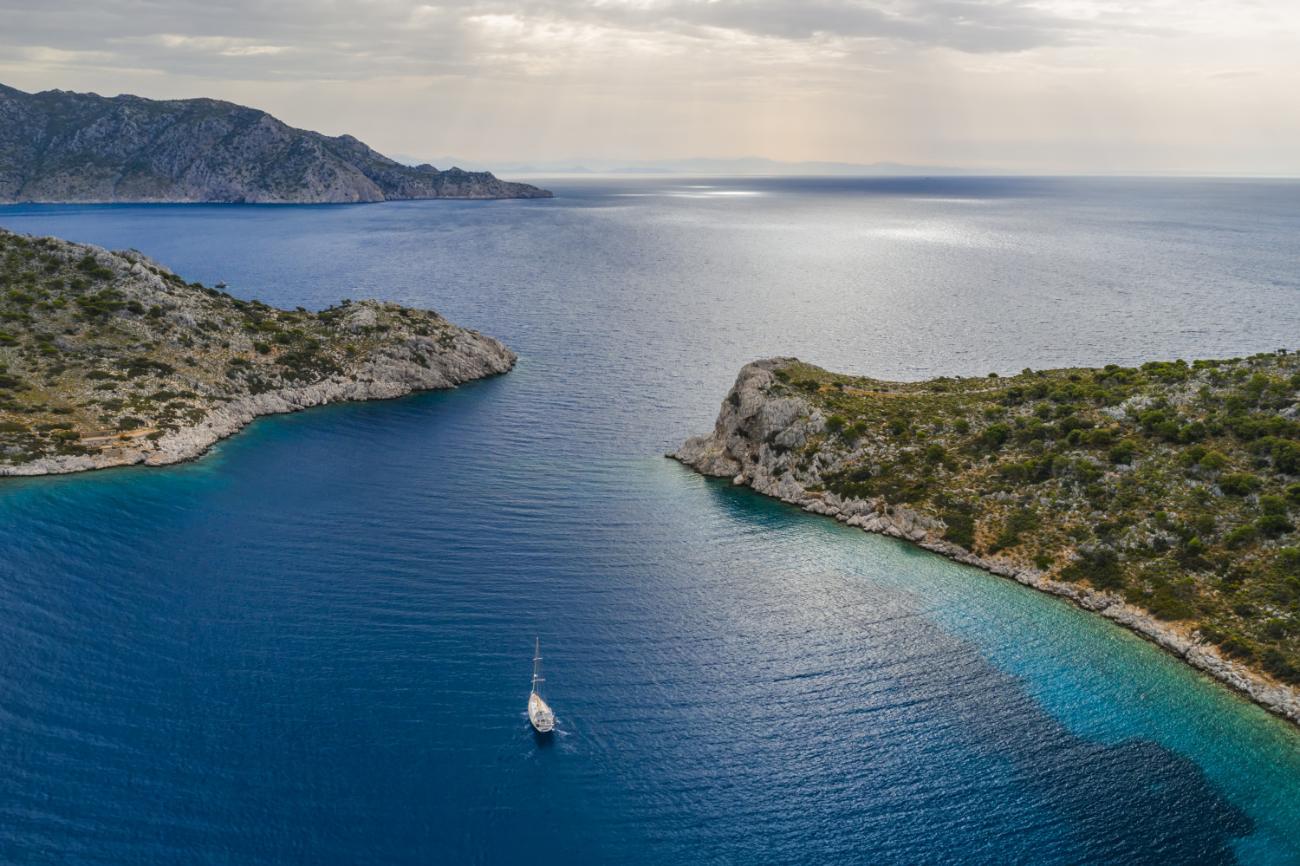
I'm talking about the coastal cruiser's dream of circling all the world's continents, whereby effectively circumnavigating the globe. Eventually. This is the longest route ever.
The idea is pretty simple. You can go around the world sticking to the coast with no crossings, except for the Norwegian Sea and a few short stretches in Southeast Asia.
Or, if you feel up to it (and want to avoid the freezing northern places), you can cross the Atlantic, the Pacific and keep close to the coasts otherwise.
As mentioned in the beginning, not many will actually take this entire route. But it is not uncommon for circumnavigators to have weeks or months where they do exactly this - stick to the coast and enjoy the country.
Lots and lots of time and resources are needed.
You will constantly be checking into countries and solving visas.
Understand the required paperwork for sailing the world This is an article on the topic of check-ins and paperwork, so have a read through it Read up on global licenses
Some areas are arguably less hospitable than others - the coast of Yemen as an example. So you might want to skip a few.
You don't need a proper ocean exploring boat - an island-hopping model will suffice. Many of the modern ones are capable of long crossings if needed here and there.
You don't need as much equipment as power, water, food, and all that jazz will be available most of the time.
The logistics will suddenly become a whole lot easier. Fewer provisions planning, less spare parts planning, broken stuff won't be a disaster… you get the point.
This is the true world tour.
I liked your article; it raised a lot of good points. I think the article could have benefitted from some maps.
I also think that, throughout the article, you have confused the Canary Islands or Madeira with the Azores. The Azores are not south from Gibraltor or France or Europe. They are 1/3 the way across the Atlantic Ocean, almost due west from Lisbon. The Canaries are south from Gilbrator, France and Europe and most people turn west there for the Caribbean.
Again, I liked the article.
Best wishes.
Leave a comment
You may also like, 41 sailboat cruising essentials for long trips.
In this post I list the items you are unlikely to have if you have never done bluewater or long-term cruising before. There are some essential safety product and …
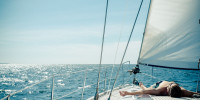
Everything You Need to Sail Around the World (by an expert)
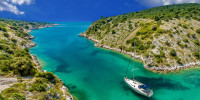
How Long Does it Take to Sail Around the World?
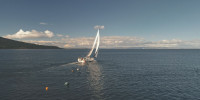
The Safest Sailing Routes Around the World (Which to Avoid)

How Big Should a Sailboat Be to Sail Around the World?
- Navigating Dreams: A Comprehensive Guide to Sailing Around the World
Sailing around the world is an epic adventure that offers unparalleled freedom, breathtaking vistas, and an opportunity to test your limits like never before. It's a journey that takes you through calm waters, stormy seas, and everything in between, allowing you to experience the beauty and diversity of our planet in a deeply personal way. Whether you're drawn to the romance of the open sea or the challenge of navigating through unknown waters, this guide is designed to help you prepare, embark, and thrive on your round-the-world sailing expedition.
Preparing for Your Journey
Choosing the right sailboat is paramount to a successful voyage. It's not just about size and comfort but also seaworthiness and ease of handling. Equipping your vessel with essential gear and supplies, from navigation tools to emergency rations, cannot be overlooked. Moreover, possessing a solid foundation in sailing skills, first aid, and weather forecasting is crucial for your safety and enjoyment.
Navigating the Seas
Understanding weather patterns and mastering navigation techniques are vital for plotting your course and making informed decisions at sea. Safety protocols, including regular drills and maintaining your vessel, ensure that you're prepared for any situation, whether it's a man-overboard incident or equipment failure.
The Best Routes to Sail Around the World
Choosing the best route for your sailing adventure depends on various factors, including the time of year, your sailing experience, and what you want to see and do along the way. Popular routes take advantage of prevailing winds and currents, making your journey more efficient and enjoyable. Timing your adventure is key to avoiding extreme weather and making the most of your port calls.
Life at Sea
Life at sea is a unique experience, characterized by daily routines that keep your vessel running smoothly, managing provisions to last between port calls, and dealing with the mental challenges of isolation. It's also a time for personal growth, reflection, and connection with nature.
Port Calls and Culture
One of the most enriching aspects of sailing around the world is the opportunity to make port calls in a myriad of different countries, each with its own unique culture, traditions, and landscapes. These stops are not just necessary for resupplying your vessel but are golden opportunities to immerse yourself in the local way of life, learn from the people you meet, and experience the world in a way that few other forms of travel can offer.
Read our top notch articles on topics such as sailing, sailing tips and destinations in our Magazine .
Check out our latest sailing content:
The most popular catamarans of 2023, explore tuscan archipelago in one week, skippered boats: how to pack for a yachting holiday, boat rental with skipper: everyone can go to sea, skippered boats: myths about sailing, sail from lefkada for 14 days. where to, what not to miss when visiting lefkada, skippered boats: step-by-step boat rental, where and why to sail from lefkas marina, don’t panic: handling maritime emergencies, skippered boats: how to choose a boat, the best sailing routes from biograd na moru, yachting away from ourselves: a voyage to inner peace, sail to the 7 most beautiful sights in greece, skippered boats: how to put together a crew, skippered boats: the most popular yachting destinations, what skipper's licence do i need, skippered boats: what you can experience when yachting, from lefkada or corfu to paxos and antipaxos, discover the paradise of paxos and antipaxoss, skippered boats: typical day on board, skippered boats: what it actually looks like on a boat, discover corfu: sailing adventure in the ionian, sextant and navigation: survival without gps, 5 best sailing routes in the bahamas, skippered boats: how much does a boat holiday cost, yachting guide to the bahamas, the ultimate yacht cleaning kit, introduction to chartering with a skipper, traditional sailor tattoos: meaning of the swallow.
Challenges and How to Overcome Them
Sailing around the world is not without its challenges, from unexpected weather conditions to mechanical failures and health emergencies. Being prepared, staying calm, and having contingency plans in place are essential for overcoming these obstacles.
Stories from the Sea
The sea has always been a source of tales that stir the imagination and inspire the soul. For those who choose to sail around the world, the ocean becomes not just a path but a place where stories of adventure, endurance, and discovery are written in the vast expanse of water under the endless sky. These stories, shared among sailors and with those they meet on their journey, carry the essence of the sea and the spirit of exploration. There are tales of narrow escapes from danger, whether it be from the wrath of nature or the challenges posed by mechanical failures far from help. Then, there are stories of serendipitous encounters with marine wildlife, reminding us of the wonders of the natural world and our place within it.
Returning Home
After months or even years at sea, returning home can be a bittersweet experience. You'll likely find that you've changed in many ways, and adjusting back to life on land can take some time. Reflection on your journey and sharing your experiences with others can be a rewarding way to close this chapter of your life.
How to Get Started
Embarking on a round-the-world sailing trip requires thorough planning and preparation. Start by gaining as much sailing experience as possible, familiarising yourself with different types of boats, and deciding what kind of journey you're looking for. Budgeting, route planning, and preparing your boat are next steps. Don't forget to consider visa requirements, insurance, and the potential need for a crew.
So what are you waiting for? Take a look at our range of charter boats and head to some of our favourite sailing destinations.
I am ready to help you with booking a boat for your dream vacation. Contact me.

Denisa Nguyenová

How To Sail Around The World (With Timeline and Examples)
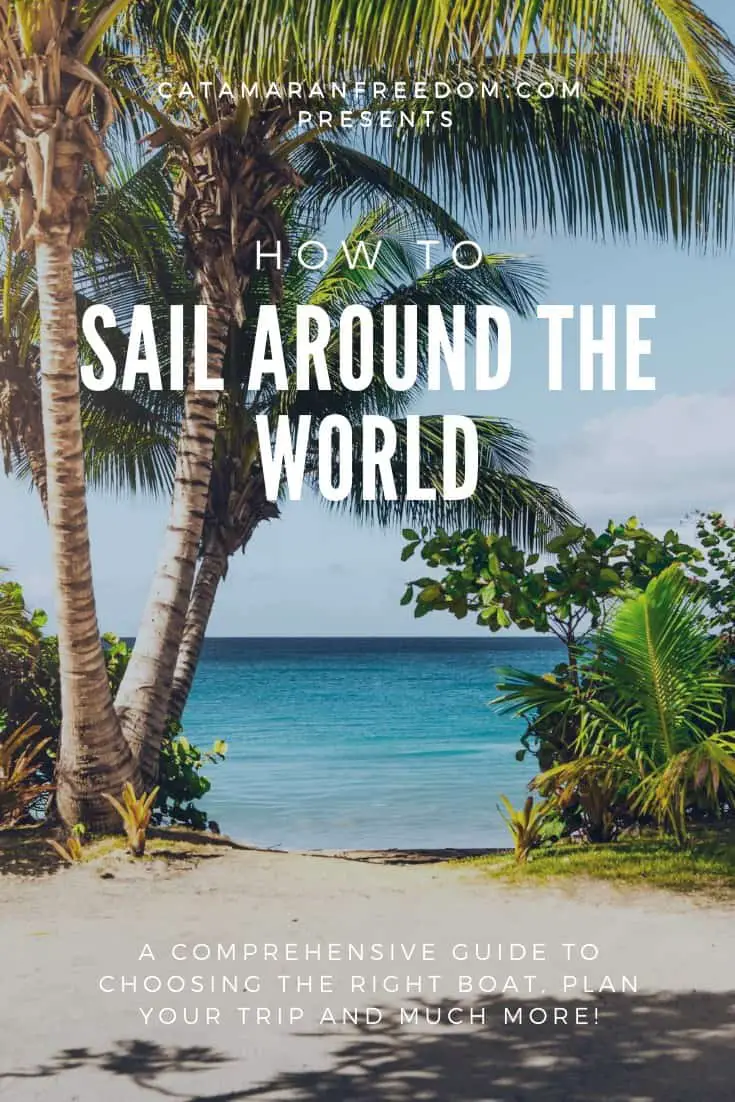
As an Amazon Associate, we earn from qualifying purchases. We may also earn commissions if you purchase products from other retailers after clicking on a link from our site.
Every year 150 boats with crews complete a full circumnavigation of the globe, if(like me) you are in the process of planning the adventure of your life, or if you are just interested in how to sail around the world, then you have come to the perfect spot.
In this post, I will explain all of the aspects you need to consider before, during, and after a sailing adventure of this magnitude.
Firstly I will introduce you to 8 ways of sailing around the world; then, I will show how to plan and execute a circumnavigation .
There are 8 different ways to Sail around the world,
- Join a research vessel
- Get on a friend’s boat that is already out sailing.
- Date the owner of a boat
- Get paid to work as a; Mechanic, Chef, or General helper .
- Use Your specialty skill to help the crew; online marketing, language teacher, musician, etc.
- Work for free but instead receive free meals and a berth .
- Take care of children on board.
- Become a boat sitter .
Table of Contents
How to Sail Around The World in Your Boat
Choose the right boat.
I have written an entire series on this topic, and if you want the full in-depth detailings on how you can make sure you get the right boat for your needs, read this .
Some aspects that you need consider are, size, number of berths and hull shape etc.
What You Need To Know
How long is it going to take .
Circumnavigating the globe on a sailboat will take a considerable amount of time. There are some aspects that we need to consider before we can come up to a reasonable conclusion on how long it will take you!
To get some perspective on the matter here are some data;
The fastest boat to sail around the world is a trimaran, and the shortest time recorded is 40days.
If you are on a sailing cruiser, it will most likely take you somewhere between 1.5 to 5 years until you have reached a full circumnavigation.
If you join the A.R.C. world cruise, you will return in 1.5 years but will not have had much time to explore all the places you have passed through. Therefore, many people do half a circumnavigation with the A.R.C., stop and explore, and then continue on their own.
So if you’re interested in exploring the locations you sail through, then plan on returning home closer to the 5-year mark.
What Factors Impact Time?
The most significant factor in determining how long it will take for you to sail around the world is how much time you spend in each region.
Every region has a time window of when it is best to arrive and leave; these are often due to storm or other weather patterns that will impact your sailing safety and pleasure.
If you choose not to use your time window, you might have to stay another three months or so until the hurricane season is over.
A factor that is not very important in the long run is how fast your boat is, even though you have a faster boat and will reach the destination quicker, that time will quickly be eaten up by staying an extra day or two at a marina.
Here’s an example:
Crossing the Atlantic takes around three weeks, let’s say we double that speed(which is unrealistic but will hopefully make my point clear).
Now it only takes 1.5 weeks, and you have an additional 1.5 weeks that you can spend on sailing around or going to the next place.
1.5 weeks might sound much, but considering that this crossing is only one of around five major crossings, the amount of time you can save by going faster is small compared to how much time you will have in each region(months).
So if you want to get done with it quicker, then it is a better tactic to spend less time in each region than getting a faster boat.
There are, of course, benefits of having a faster boat, much of this is discussed in my article;
Or check out my youtube talk!
Possible Routes
The northern route means traveling through the arctic circle and around the North American continent instead of heading straight through the Panama canal. Taking this route means that you will have to pass through the northwest passage, more on that below.
Heading east or west?
Most boats travel to the west since this means that they are able to utilize the trade winds going downwind, something that is much more comfortable. Although this is more enjoyable, the speed records for going around the world are set by going east into the wind.
Southern Route Going West, 2.5 Year Circumnavigation Example
This is the most common route to take when sailing around the world, the most significant difference between the southern and northern route is the Northwest passage north of Alaska.
The reason why most opt for the southern route is due to the colder climate and a more strenuous trip when crossing the arctic circle.
Southern Route is faster since you will not have to sail around the North American continent, but instead, you will enter the Pacific Ocean through the Panama Canal and its giant locks( more on that here )
The Atlantic Ocean, 9 Months
July to March
If you plan to explore the Mediterranean, make sure you have plenty of time here during the summer since this is truly the best time. It also synchronizes well with the tropical hurricane seasons in The Caribbean, starting in June and ending on November 30th.
This means you can spend the entire summer and autumn on the European side and from November to December cross the Atlantic to The Caribbean side. This will give you three months in the Caribbean before it is time to sail through the Panama canal.
The Pacific Ocean, 8 Months (Total: 1 Year 3 Months)
March to September
Many say that spending only one season in The South Pacific is too short, so make sure you plan enough time to explore the many paradise islands that you probably never will return to again!
Most cruisers travel from Panama to Galapagos Islands and then head straight for Marquesas. I want you to know that there is an option here to head on a more southern route to include Easter Island on your trip, an Island that is well known for its hospitality but also those weird stones.
In this region, you will also have the opportunity to spend time in Fiji, Tonga, Bora Bora, and other magical places.
Your last big stop in this region is Australia, a land well worth exploring by car and a place to spend a lot of time exploring different animals and nature. Once you pass The Torres Strait, you will soon be in the next region.
The Indian Ocean, 6 Months (Total: 1 Year 9 Months)
October to April
Heading west after Australia, you can head towards The Suez canal via Thailand, Singapore, and the Maldives. Or you can stay south and reach the Atlantic through Cape Horn.
In this area, most people stop in Bali before continuing westward.
South Indian Ocean & South Atlantic Ocean, 9 Months (Total: 2 Years 6 Months
May to January
Due to the political situation around the horn of Africa and the Suez canal, most cruisers avoid that area and stay more south towards Madagascar and south Africa even though this has challenges of its own.
Rounding the southern tip of Africa is almost guaranteed to get you into some heavy weather, and you better prepare well.
Total Time to circumnavigate the world: 2 Years & 6 Months
Northwest passage .
July to August
This route will take you north of Canada and Alaska where you will have to find a way through the ice and snow that usually leaves an open path free from obstacles during late August.
The Northwest passage is around 782 Nautical miles, stretching from Canadian Baffin island in the east to the US Beaufort Sea in the west.
Sailing the Northwest passage at 7 knots will take 112 h or 4.5 days of continuous sailing.
This does not take into account navigating around icebergs or having to turn around since there might be no ice-free route.
The crossing can only be done in mid-august when enough ice has melted to create a way through.
Assuming that you leave the Caribbean when hurricane season starts at around June, this will get you in time to make the crossing in mid-august. If you make it, pop out on the other side in September, ready to head south and into warmer climates on the Pacific side.
Bottlenecks along the route
There are many variations of this route, but no matter what variation, you will end up going through one or more of these bottlenecks. (Unless you are competing in the Vendee Globe… but then you probably wouldn’t be reading this).
Panama Canal
Sailing across the Panama Canal is a story on its own, and I have dedicated an entire post to it ( read this ). The short version is that the canal will save you vast amounts of time since you won’t have to go around the cape horn, this is not as bad as the northwest passage, but it is still a cold and hard passage that will take its toll on boat and crew.
The Panama Canal is expensive; with all things covered, you will end up paying around USD 2500.
The Panama Canal will save you around 44 days and 8000 nautical miles!
Other than the security issues discussed above, the Suez canal is much cheaper than the Panama canal. The Suez canal is 5300 nm shorter than going around the cape of good hope.
Torres Strait
Torres Strait Is the water that separates Australia from Papua New Guinea and is the gateway between The South Pacific Ocean and The Indian sea.
How much time do you need to plan a circumnavigation
Actually, you dont need that much at all, once you find a boat suitable to your offshore needs you can get going. You dont have to have a perfect plan before you leave, if you are waiting for that, then you probably will never leave.
All you need is “enough preparations” to get you going, and once underway, many of the things can be sorted out.
A big one is to make sure you have an income or a big enough sum of money in the bank since this is one of the few things that can ruin your adventure.
You never want to be in the situation where you have to sell the boat, you might not have enough money to buy that fancy rigg or upgrade the rudder, but you will still have your home on the water, and with that, you can make money, one way or another!
If you don’t know anything about sailing, one or two years of planning and preparing is definitely enough time if you are dedicated to the mission.
12 Skills You Need to Sail Around The World
Here are some of the skills that we found very useful;
- Glass fiber work
Planning your sail
Potential income.
B.O.A.T., Break out another thousand, you have probably heard that a boat is just a hole in the water where you throw all your money. I would argue that your boat can actually make you some money (Sign up for the email list to find out when the “how to make money off your boat” article is published).
There are a few ways to make some good dollars.
Putting a Berth out for rent on Airbnb could make some serious cash when you are in places that are well populated by tourists; this could earn you anywhere from USD 30 per night.
Take people out for snorkeling trips or a cruising weekend . You’re probably going to do this anyway so why not invite some new people, maybe you’ll end up being excellent friends! This has the potential of earning hundreds or even thousands of extra dollars for your trip.
Both of the examples mentioned earlier are good, but they require constant work involving customer interaction. I prefer a more stable passive income generated from either index funds or a low maintenance youtube channel.
Prepare Your Boat
Equipping the boat.
During your journey around the world, you will spend a lot of time on your boat doing stuff that you would also be doing in your nonfloating home onshore. Things like cooking, cleaning, and repairs should also be possible to undertake during a sail.
This means that your boat should be in perfect order to make sure you have the best experience possible.
The Galley should be configured to make food underway ; on a catamaran, This is less of an issue than on a monohull since it will not heel as much.
But your kitchen on water still should be able to operate during bad weather and therefore should have proper railings to hold on to, and many cruisers prefer a tight spaced galley instead of an open floor plan.
What sails do you need?
Getting the right sails is an entire article in itself, but I want to point out a few things here, firstly decide if you will travel in an easterly or westerly direction.
Most people go west(95%), especially sailors, with a catamaran since this means less upwind sailing.
Optimizing your boat for upwind performance requires another type of sails than it does for going eastbound and downwind.
The big difference between cruising your local archipelago and crossing big oceans is the number of different sails you will have to bring.
Since you will spend time in so many different weather patterns, you need sails that can work sufficiently in every condition, from storm to light winds.
Getting the right sail is very boat specific and differs widely, but there are a few key takeaways that I want to share.
Mainsail with a conventional single line reefing system with three reefs makes it possible for you to reef and raise the sail without leaving the cockpit. The system is also as basic as it gets and will most likely work when you need it the most.
Genoa is a sail that extends past the mast and is used to increase sail and is under low to moderate winds. These will come very handy during the low wind conditions mid-Atlantic or when coastal cruising. The Genoa is often combined with the spinnaker.
Asymmetrical Spinnaker resembles the Genoa sail but looks more like a balloon and is often called a kite or chute. The asymmetrical is easier to set and requires less crew to handle than the symmetrical spinnaker and is, therefore, the preferred option for long-distance cruising.
Storm Jib is a much smaller jib and is used to reduce the sail area to a minimum without losing too much speed rending the boat uncontrollable.
When picking out your sails, you should follow the O.S.R. Guidelines (Offshore Special Regulations).
Prepare Yourself and The Crew
What is it that you want to achieve on this trip?
Make sure everybody is on the same page regarding what you want to get out of this circumnavigation.
This dramatically reduces the risk for crew mutiny 😉 jokes aside, understanding each other is very important if wanting to avoid unnecessary conflicts.
To exemplify, consider the following; The most important thing to me is to complete the circumnavigation.
My friend’s most important thing is to get away from his lifestyle and enjoy some warm weather sailing.
These two missions might not seem very different at first sight, but when the time comes. You have to decide whether you want to leave for the Bahamas now, significantly increasing the crew’s workload, or staying another season(and enjoy the warm weather). The discussions will get emotional if you have not previously aired your goals for the trip.
Equipping The Crew
Ensure your crew has all the clothes they need for all the different weather types that you will encounter. Even though you might be sailing in the warmer parts of the world most of the time, once you get tired, wet, and the temperature drops, it will soon be freezing and hard on your crew.
Raingear is a must , even though it might be warm, a dry crew is a happy crew. Especially during night time in the Mediterranean, where it can be quite cold even in the summer.
Prepare for Emergencies
You need to consider two categories of threats, those that originate from natural causes, such as bad weather, and those initiated by a person, such as robberies.
Make sure you have an ongoing threat assessment and never allow yourself to get overly complacent.
Ensure you and your crew have sufficiently practiced drills such as Man overboard, M.O.B., Reefing, Storm tactics , etc.
The importance of these drills cannot be understated; you will learn so much from practicing; here’s an example.
Weeks before heading to The Bahamas, we went through the Miami river to practice M.O.B. drills in the bay’s somewhat choppy seas. Even though the conditions were almost perfect, we realized a few things. Firstly, if someone falls overboard without a harness, there is little to no chance to retrieve them during a storm. Secondly, if someone is attached to harness and tether, but it is too long, the only thing that will happen is that the M.O.B. will be pounded between the hull and the waves, not a good option.
The conclusion we reached? We must do everything in our powers to make sure nobody falls overboard, because if they do, we might not be able to save them. Shorter tethers and strict adherence to rules, and we felt comfortable to continue our journey.
These same principles also apply to reefing, make sure you understand precisely how it is done, and plan contingencies, what will you do when the mainsail jams? Cut it? There might be a time for such actions, but this means you no longer have a mainsail for the rest of the trip.
Plan and practice wisely, and when the time comes, you will handle stressful situations with ease.
Bringing a firearm or not?
Bringing a firearm might seem like an excellent idea at first, but there are a few things that you need to consider before bringing one onboard your boat.
Bringing a gun to another country isn’t something most countries take lightly, in many countries we visited they asked us if we had a weapon, we said no but asked what would happen if we did. They let us know that we would have to turn it in an get it back once we leave the country.
These rules mean that you won’t have access to the gun when you might need it, and that you need to exit from the same port that you entered.
This inhibits your freedom of movement in the country and just adds administration to your trip.
And even if you get to keep your gun, what are you going to do with it that you cant do with a flare gun that you already have on the boat(or at least should have)?
Yes, they still exist, no they dont have wooden legs or eyepatches, sorry 🙁
Pirating is still a significant safety concern; it is very uncommon in most parts of the world, but make sure you check out the I.C.C. website to assess the threat in your area.
Theft is something that will sooner or later happen to you, no big deal, you will get mad for a while, and then you let it go.
I only have one tip for you here, try not to take it out on the wrong people, not all the locals are horrible because somebody, who might not even be from there, stole your stuff.
Give the benefit of the doubt, and you will get plenty in return!
Health Emergencies
Bring all the medications that you need at home, and then assess what you will need in each region depending on the local situation.
Some basics include Malaria prophylactics, Imodium, and something for seasickness.
Ensure you get the right vaccines before leaving home.
Financial situations
Insurance can be costly , you dont need to have one, but I think that most cruisers are insured. Concerning offshore sailing around the world, there are many ifs and buts that they dont cover.
Two ordinary circumstances are; staying in hurricane territory during seasons and sailing through pirate-infested waters
Keep yourself updated, so if the accident strikes, you haven’t missed a loophole in the contract.
Make Sure You Bring The Right Paperwork
Every country has its own rules on what they consider necessary for you to enter the country.
Paperwork can be anything from yellow fever vaccine certificate to bank statements, keep yourself up to date on the local requirements. Here are some of the essential documents you will need for most countries.
VISA, Depending on where you are from, you might, or you might not need a visa to a particular country.
Usually, when entering a new country, the authorities want to make sure that you are the owner of the boat; make sure you bring an owner’s certificate in English.
If you carry a gun , bring the correct papers for that as well!
Before you enter a country’s territory, make sure you hoist the yellow quarantine flag and understand how you are supposed to clear customs.
Understanding and following the right procedures will significantly reduce unnecessary troubles when making your first port of entry.
Final preparations before you head out
A few more, easily missed, boxes we need to check to make sure you have the best adventure possible.
Prepay all your bills is an excellent idea since you dont know when and how good of a internet connection you will have, and you are also leaving the landlocked life behind so why not also leave the boring task of paying bills behind..
Ensuring that your bills are paid will give you more time to focus on the boat and reduces the risk of getting charged extra for being late on a payment.
If you have decided to keep your old home, whether it is a house or an apartment, it is good to prepare it for storage.
This includes getting someone to check up on it from time to time, set the temperature high enough that the house won’t freeze, and low enough that you don’t waste money on heating a place that you are not using. It is also good to make it look like it is still inhabited.
Share your float plan with someone you trust and make sure you update it as your plans change. The most important aspect of a float plan is, when should someone start looking for you, and where shall they look!
DOWNLOAD MY FLOAT PLAN FOR FREE
The importance of a going-away party should not be underestimated; this is the chance for all your friends and family to come together one last time before you leave.
These parties are always the best since the air is full of excitement and adventure!
During The Circumnavigation
So you are finally underway, this life-changing trip is off to a good start, but how do you keep the winds of luck blowing?
2 Things That You Always Need to Be Up to Date With
This will be as normal to you as checking your watch, understanding weather signs, and looking for changes is essential when sailing safely.
This includes understanding shifts in the tradewinds might be a sign of a cold front approaching, and heavy winds are on its way.
Understanding how the currents will impact your sailing, especially in places like the Bahamas where the sea bottom goes from 12 m to 2000m in a few minutes of sailing, is very important. This sudden drop in depth creates massive local currents that you just won’t be able to oppose unless you have a powerboat.
Seasonal changes are one of the most critical factors. We have briefly discussed hurricane seasons, but nature doesnt really use a calendar. She definitely doesnt wait for us humans to leave a place before it erupts into full blow storms.
Most cruisers will travel at the pace of the hurricane seasons and stay on the winter side of the equator.
It is also wise to keep in contact with cruisers in your area, for example, this might help you get the most recent update on the width of the doldrums (the area around the equator which usually have too little wind to sail)
2. The condition of your ship
Once the epic journey has begun, so will also the epic amounts of maintenance! One of the things we totally underestimated was the amount that we would have to spend on maintenance and repairs while underway.
Suppose you’re sailing a catamaran, and there is a need to do repairs under the waterline, then you can do something called beaching. Beaching is when you put your boat on a sand beach, and when the low tide flushes away the water, the ship will stand on its hulls, and you now have full access to the bottom of your boat.
There is always something that breaks or is underway to breaking.
And when you are not repairing, you are maintaining engines, hulls, electrical systems, or the dingy. Make sure you check every line and sail for chafing often, and when you are out on a long-distance sail, you want to check that every time you are on watch.
The same thing applies to the engines: they are running smoothly at the right water temperature and with the oil at the correct pressure. Adjust your RPM so you will get the maximum fuel efficiency!
After You Have Sailed Around The World
Coming back to a life on land can be hard if you haven’t prepared sufficiently, but with some thinking ahead before coming back home, the transition from a life at sea to a life at bay will be seamless.
Before you return home, you should have a solid plan for what you want to do and where you want to do it.
Do you want to keep or sell the boat? Then you want a good plan on where to sell it and when so you can maximize profit. If you decide to keep it, you also have the possibility to relive good memories by taking it out on weekend cruises.
Do you want to go back to your old life , or have you been accustomed to a different lifestyle? How will you earn your income?
Don’t expect everything to be the same way as when you left. Just as YOU have, the people back home will have carried on with their life, and you might not come back to what you left! For good and bad, of course, make sure you plan your future life on land according to the situation as it is right now!
Owner of CatamaranFreedom.com. A minimalist that has lived in a caravan in Sweden, 35ft Monohull in the Bahamas, and right now in his self-built Van. He just started the next adventure, to circumnavigate the world on a Catamaran!
Leave a Reply Cancel reply
Your email address will not be published. Required fields are marked *
Save my name and email in this browser for the next time I comment.
Recent Posts
Must-Have Boat Gear for Catamaran Sailors!
Sailing is probably the most gear-intensive activity I've ever done; there are so many decisions to be made about what gear to buy now, for tomorrow, and what to definitely never buy. The gear on...
6 Best Trailerable Trimarans For Bluewater and Coastal Sailing
Having a boat costs a lot of money, even when you are not using it, marina fees, etc. And once it is in the water most sailors never go very far from their "home marina" and sailing will be somewhat...

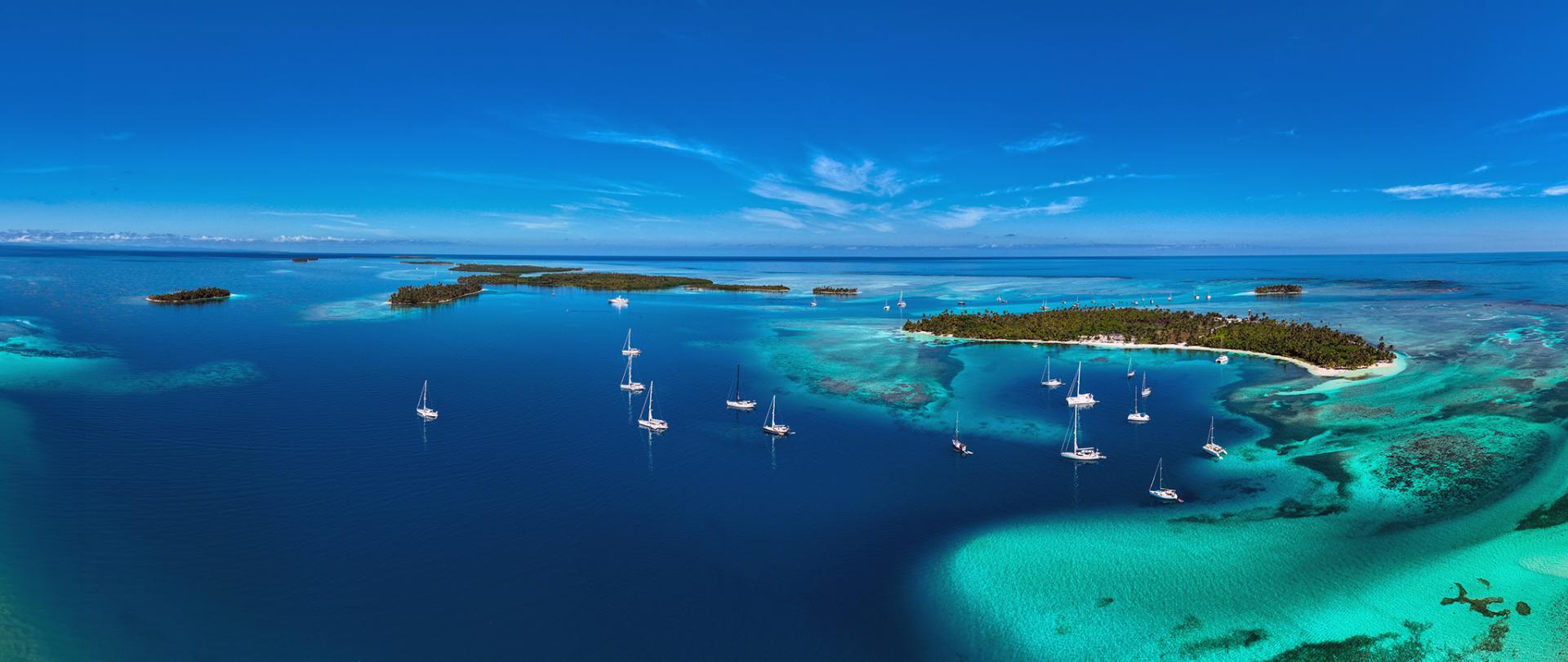
Oyster World Rally
An enriching circumnavigation of discovery, of magnificent experiences and exhilarating ocean crossings
Imagine embarking on the sailing adventure of a lifetime. Exploring remote destinations of rare beauty, unique places to immerse in new cultures and captivating ecosystems.
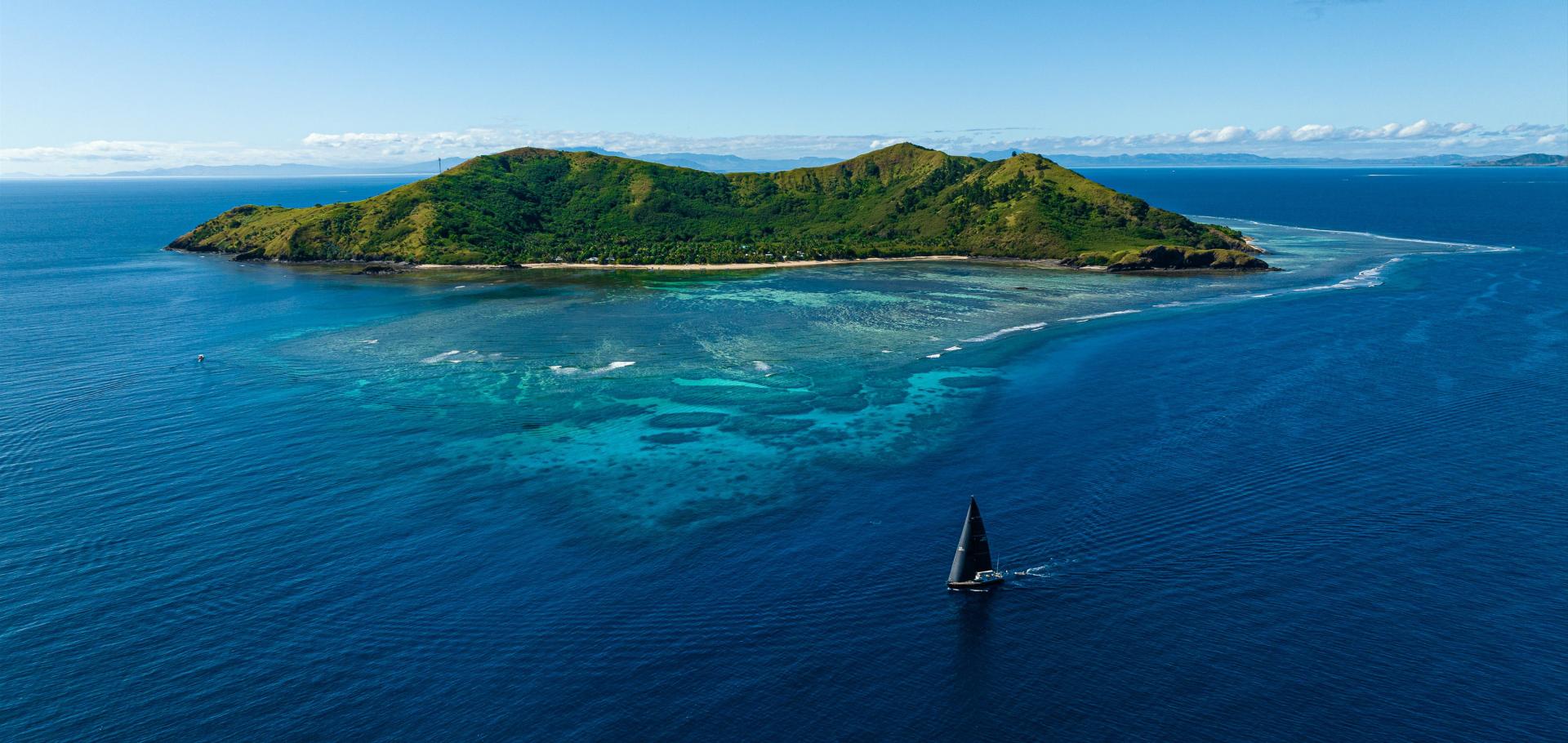
Experience unparalleled levels of luxury, comfort and safety, with the reassurance of uncompromising, personalised service and support from Oyster’s world-class Rally team.
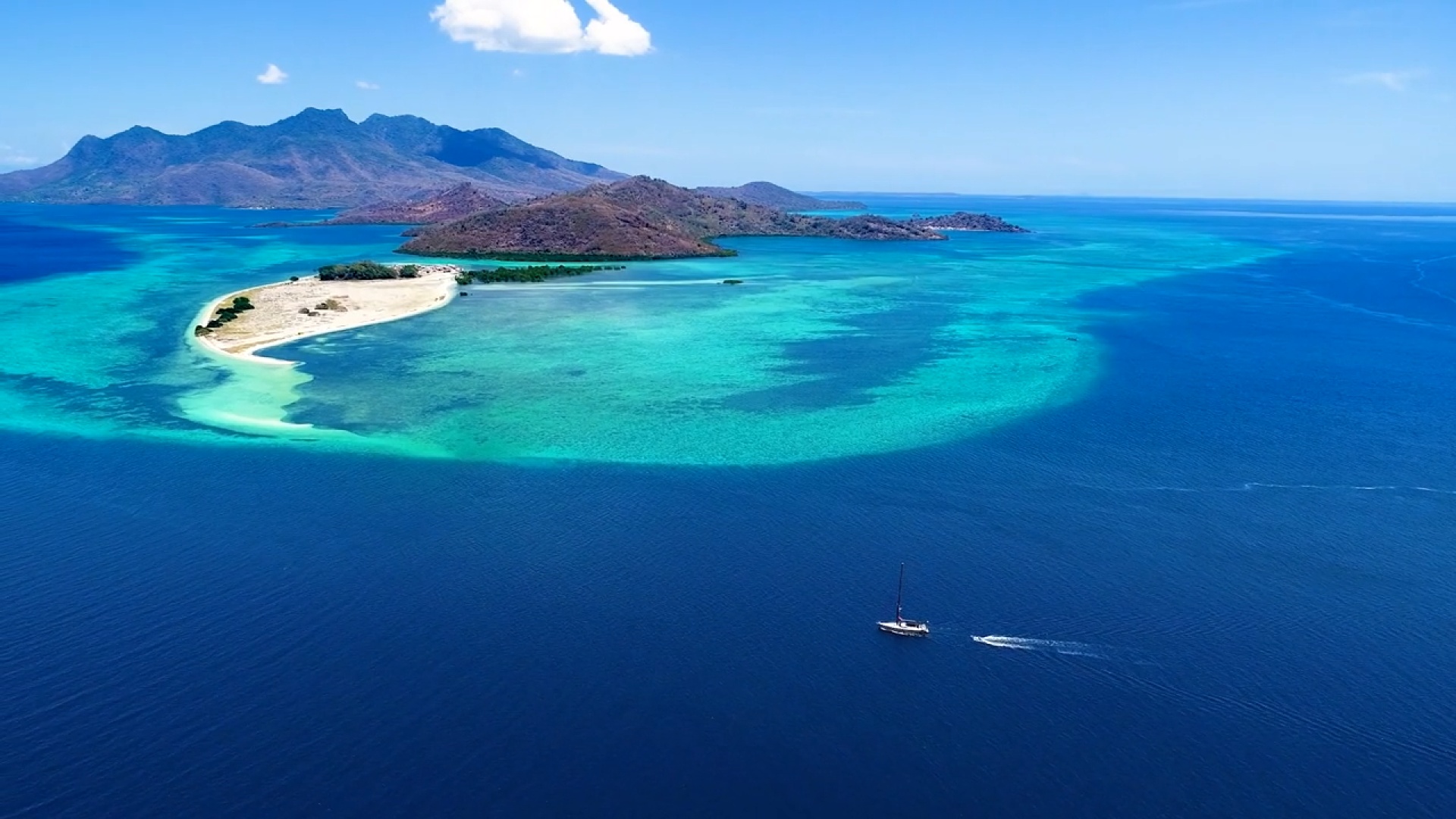
The Oyster World Rally – the ultimate circumnavigation of the world.
Entries are open for the Oyster World Rally 2028-29.
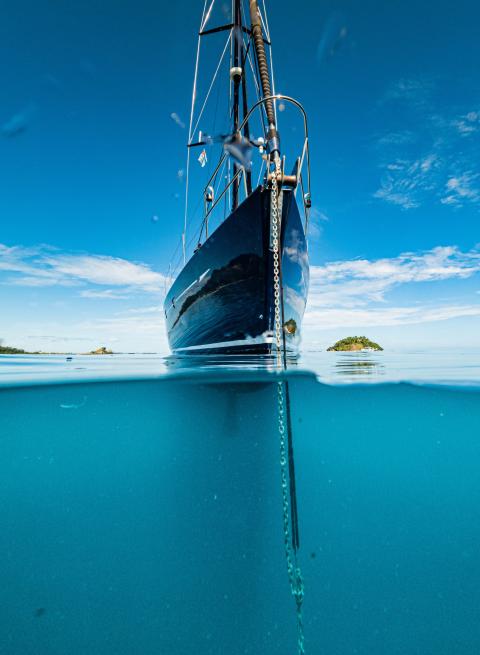
Find out more
Rally Information

OYSTER WORLD RALLY ROUTE MAP
Rally Live 2024-25
Engaging, enriching, empowering
Rally packages.
For everyone taking part in the Oyster World Rally, the Adventurer package comes as standard and provides everything required to enjoy the voyage of a lifetime.
Relish the magnificence of every destination and beyond with the Explorer package. Enjoy unparalleled concierge service and personalised luxury experiences.
Indulge in the sailing adventure of a lifetime with the Voyager package. Every comfort and convenience precisely composed, every detail considered.
Oyster yachts
Explore our award-winning, rally-proven fleet of luxurious bluewater sailing yachts
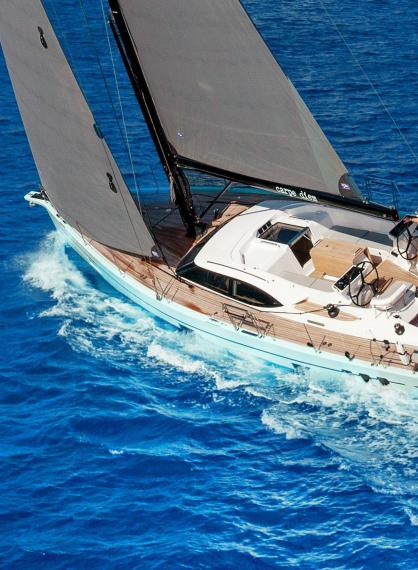
Experience the sailing adventure of a lifetime in real-time. The Oyster World Rally 2024-25
RALLY STORIES
Inspiring stories and adventures
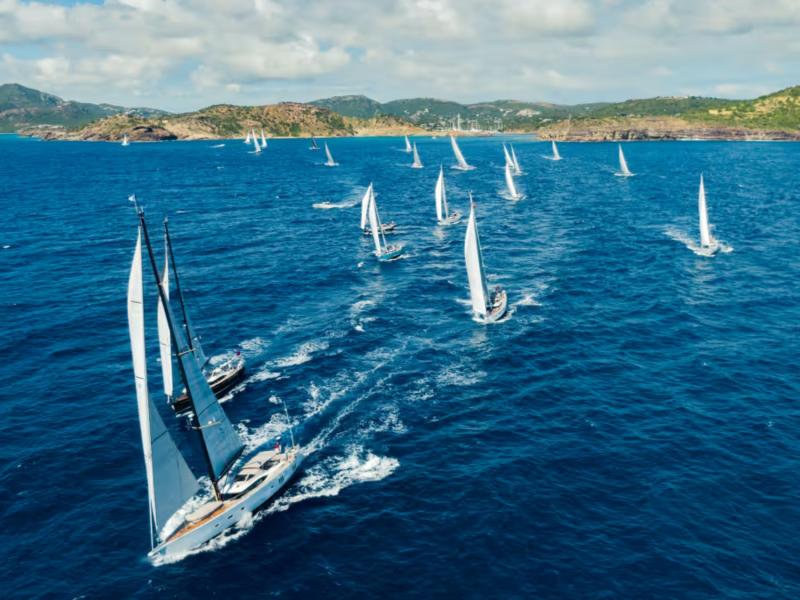
RALLY INFORMATION
Discover what sets the Oyster World Rally apart
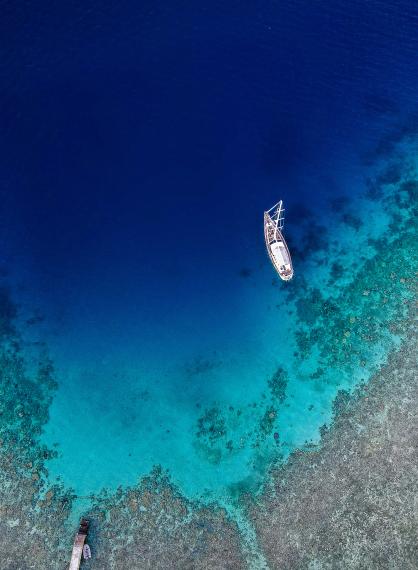
FIND OUT MORE
THE VOYAGE OF A LIFETIME
Join Formula 1 legend Eddie Jordan as he relives his voyage of a lifetime on the Oyster World Rally.
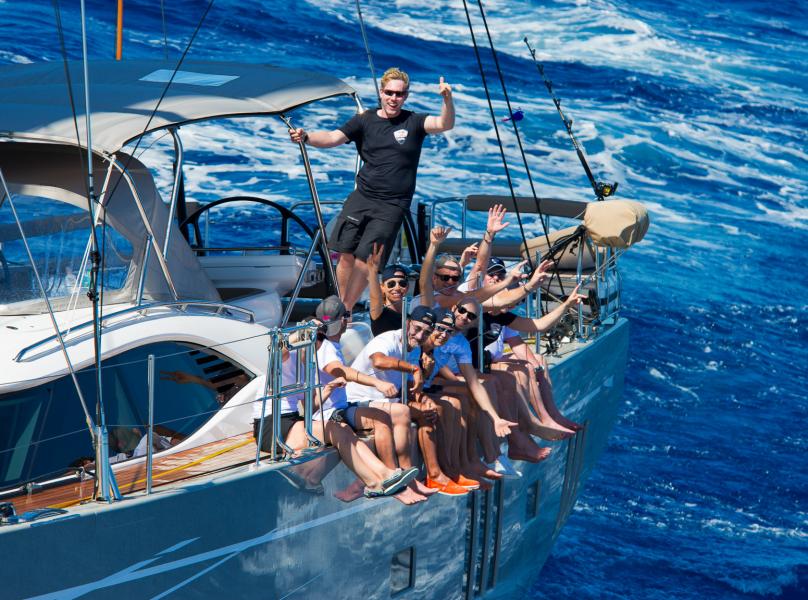
Frequently asked
Yes, you must own an Oyster Yacht to enter. If you are not yet an owner, we would be delighted to build you a new boat or help you find a brokerage Oyster.
The Oyster World rally is an event that sails around the world. All entries must sign up for the whole rally.
The rally entry fee is calculated according to the length of your yacht. Details of costs can be found in the Notice of Event.
Yes, due to event logistics and average yacht speed, the minimum yacht length that can enter the Oyster World Rally is 45 feet.
The answer very much depends on if you already own an Oyster yacht, whether you plan to sail her yourself or take professional crew, and your sailing experience. If you are an Oyster owner and plan to sail her yourself and at least one member of crew has their RYA Yachtmaster Offshore qualification, we recommend at least two years of preparation and positioning for the Rally. Bear in mind Oyster’s Rally training programme runs for 18 months prior to the start of the event.
If you are considering building a new Oyster yacht for the Rally we recommend a three to four years preparation period. Typically, you should allow two years for the purchase, specification and build process. This period could easily be longer if there are extended waiting times on build slots for certain models. Once she is in the water, we recommend at least 12 months to shake down and familiarise yourself with your Oyster. You then need to factor in time to position her for the Rally start in Antigua, which typically means late September before the start in January, dependant on your home port.
For those considering a Brokerage boat for the Rally, we recommend a two to three years preparation period. This allows for a minimum of 12 months to find and purchase your ideal yacht, but it can take much longer. Then factor in the inevitable refit to meet your requirements. This will be your home for at least 20 months so it’s important she meets your every need. Dependant on waiting times, a typical Rally refit can take three to nine months. Once she is Rally-ready, we recommend a familiarisation period of 12 months to fully understand sailing style and features.
Other considerations worth factoring into your preparation timescales include sail training and qualifications; planning and sourcing your spares (Oyster After Sales can help here); ensuring you have the correct charts and pilot books for the Rally route; and deciding how you want to personalise your adventure on or off the Rally route, which Oyster’s Concierge Team would be delighted to help with.
We do not allow chartered yachts to enter the Rally, you must own your Oyster yacht.
The next Oyster World Rally sets sail on 18 January 2026 from Antigua.
Yes, once your entry has been accepted, there is an extensive pre-rally training programme run by our events team and suppliers, as well as regular interactive meetings and social get-togethers.
The World Rally lasts for 16 months and is designed to make the most of global weather and wind patterns.
Yes, a member of the Technical, Logistics and Concierge team will greet the fleet at all major destinations, offering services and support.
Yes, Oyster’s dedicated support team is included in the entry fee and they will be on hand to help you from the moment you sign up, to the day you become a circumnavigator.
Oyster have run three successful World Rallies in 2013, 2017, 2022. The Oyster World Rally 2024-25 is currently running. There are future rallies scheduled for 2026 and 2028.
Oyster Brokerage for the Rally
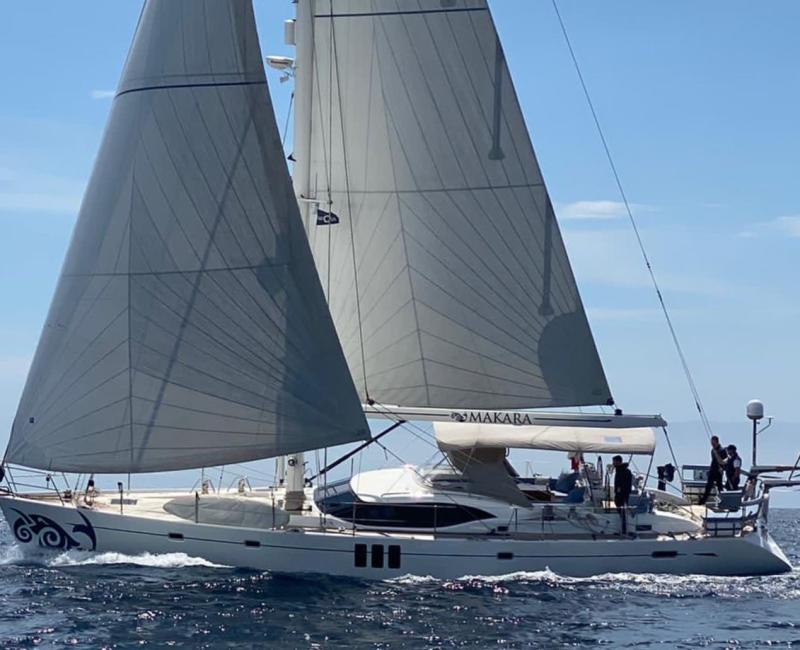
OYSTER 625 - 2013
£ 1,395,000 VAT Excluded
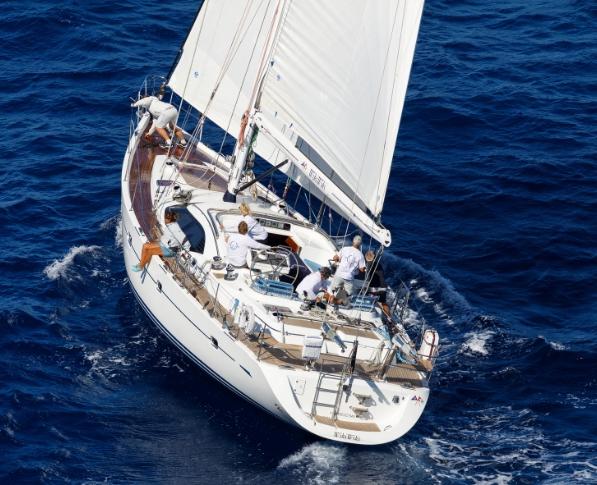
OYSTER 575 - 2010
£ 750,000 VAT Excluded
Eastern Mediterranean
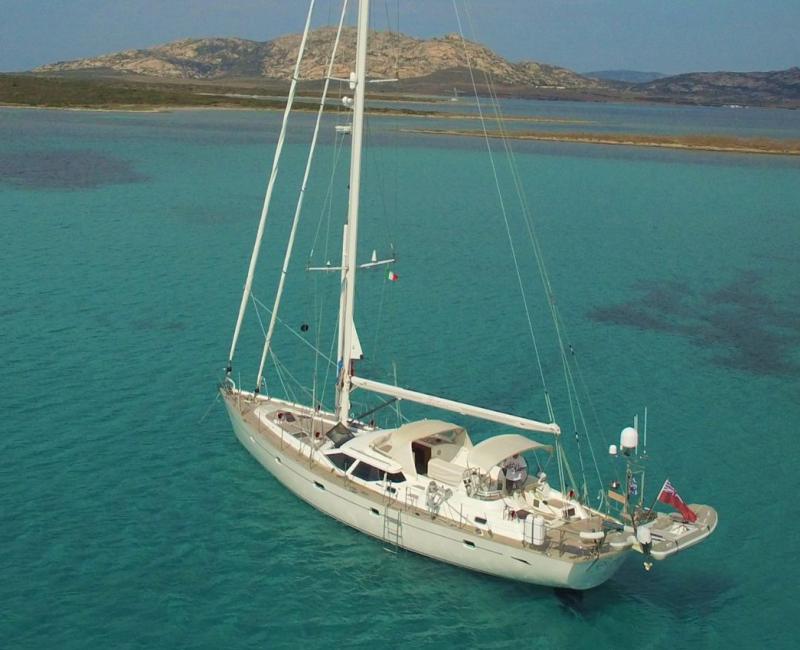
OYSTER 62 - 2003
€ 830,000 VAT Paid
Sign up to our newsletter
Be the first to hear about new launches, exclusive events and all things Oyster
© 2024 OYSTER YACHTS
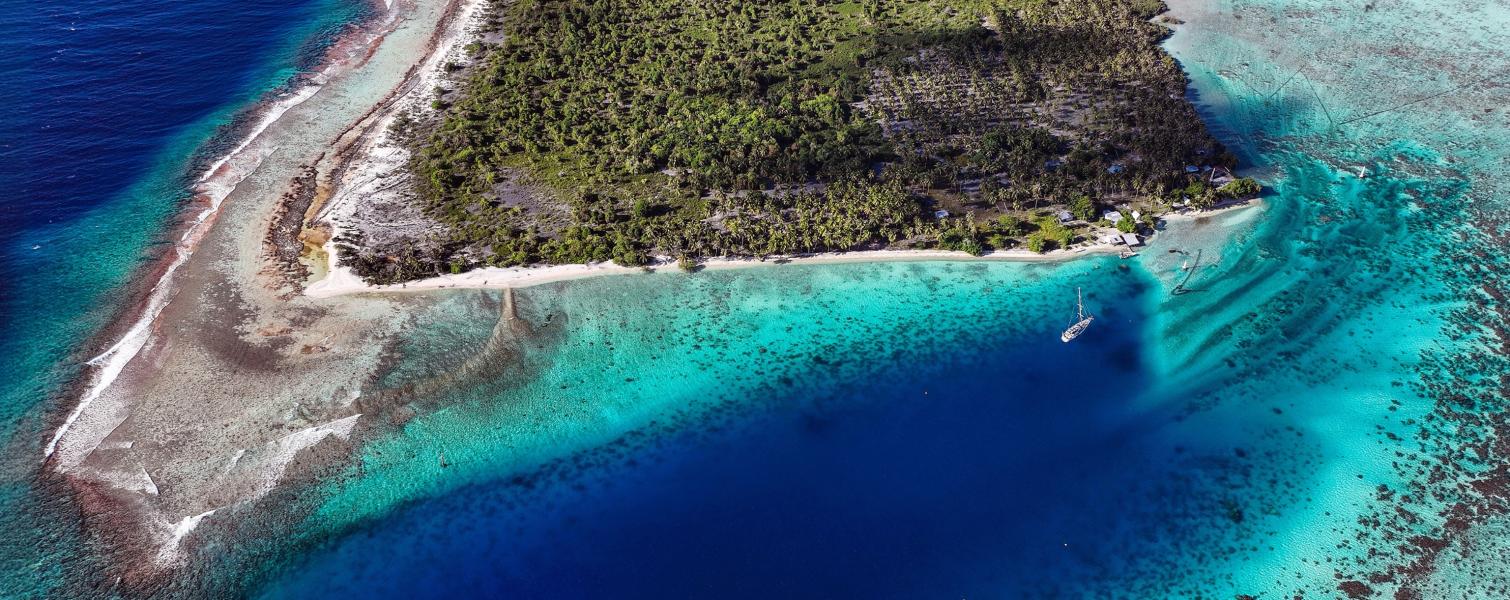
OYSTER WORLD RALLY
Entries for the Oyster World Rally 2028-29 are now open. Embark on the sailing adventure of a lifetime
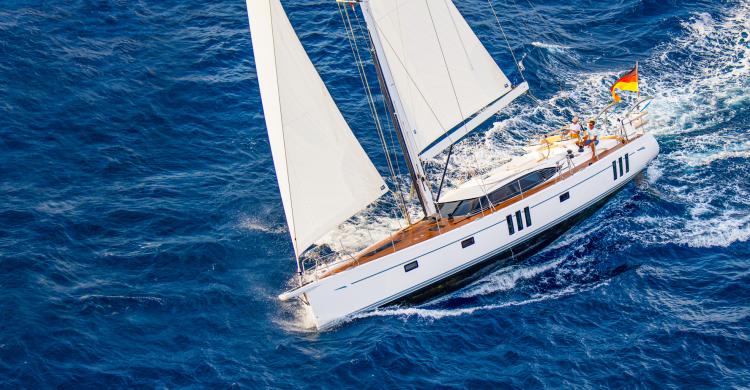
The new 565 Series II
The pursuit of perfection continues
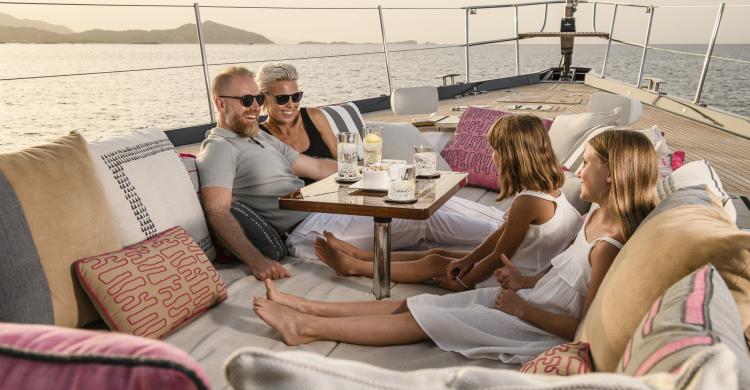
Oyster Charter
Experience exhilarating sailing, luxury and style on an Oyster charter

New 565 Series II
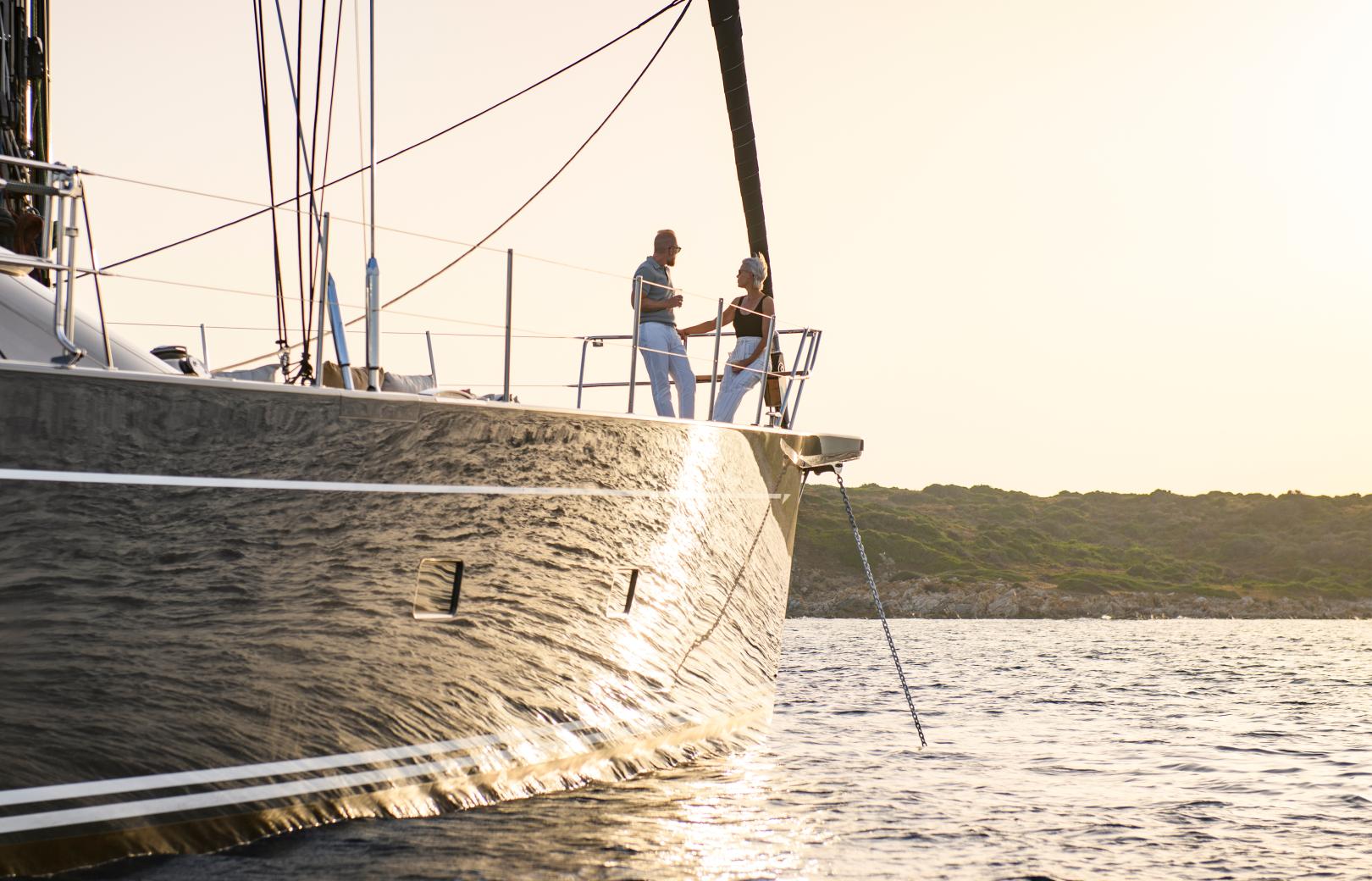
LUXURY CHARTER
Experience exhilarating sailing, luxury and style on an oyster charter. personal, exclusive and uniquely oyster.
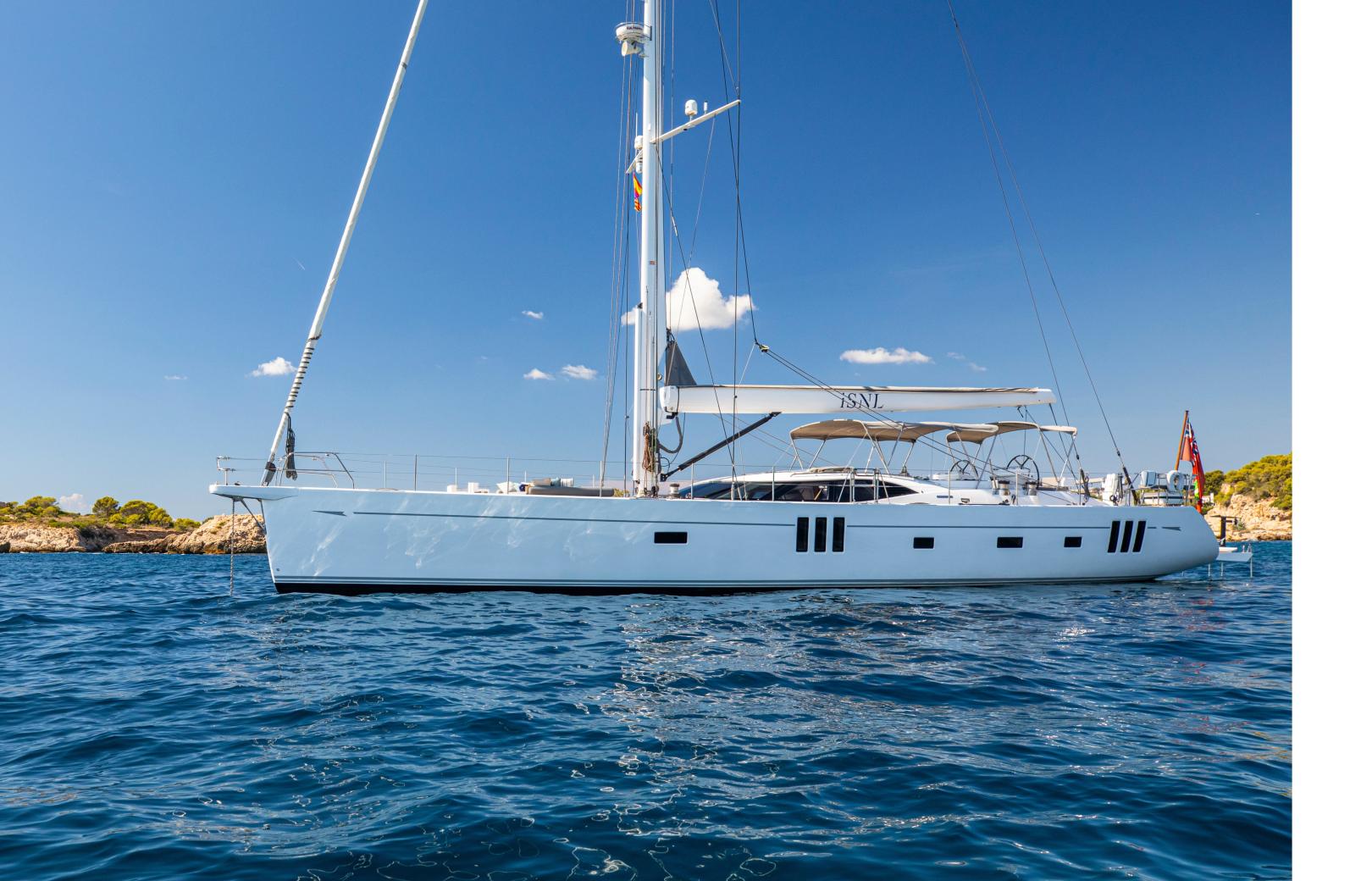
Oyster 825 iSNL
Discover this exceptional late model 825 with a unbeatable spec and a bespoke layout.
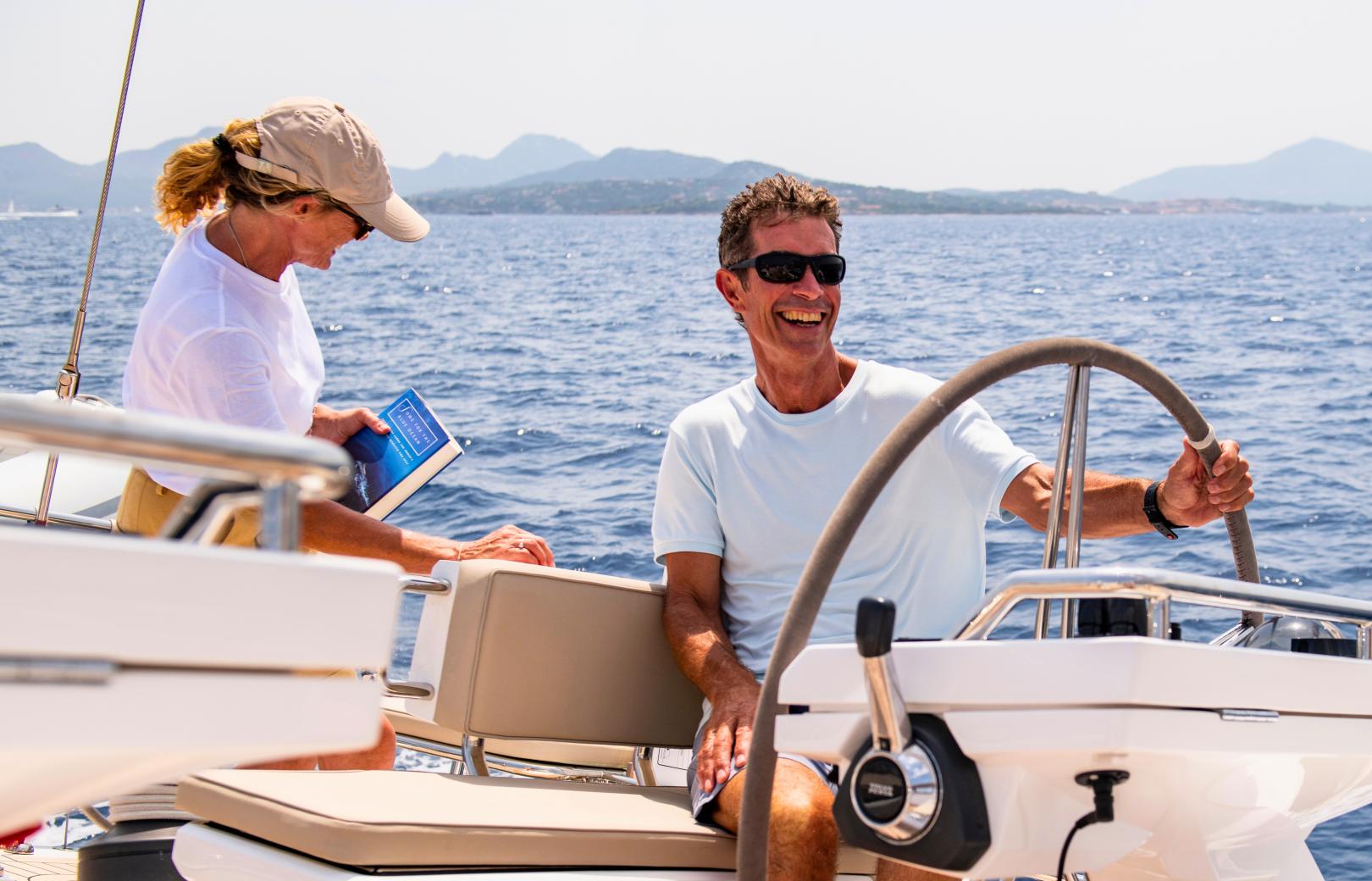
oyster ownership
Personalised care, unforgettable experiences and lifelong yacht support.
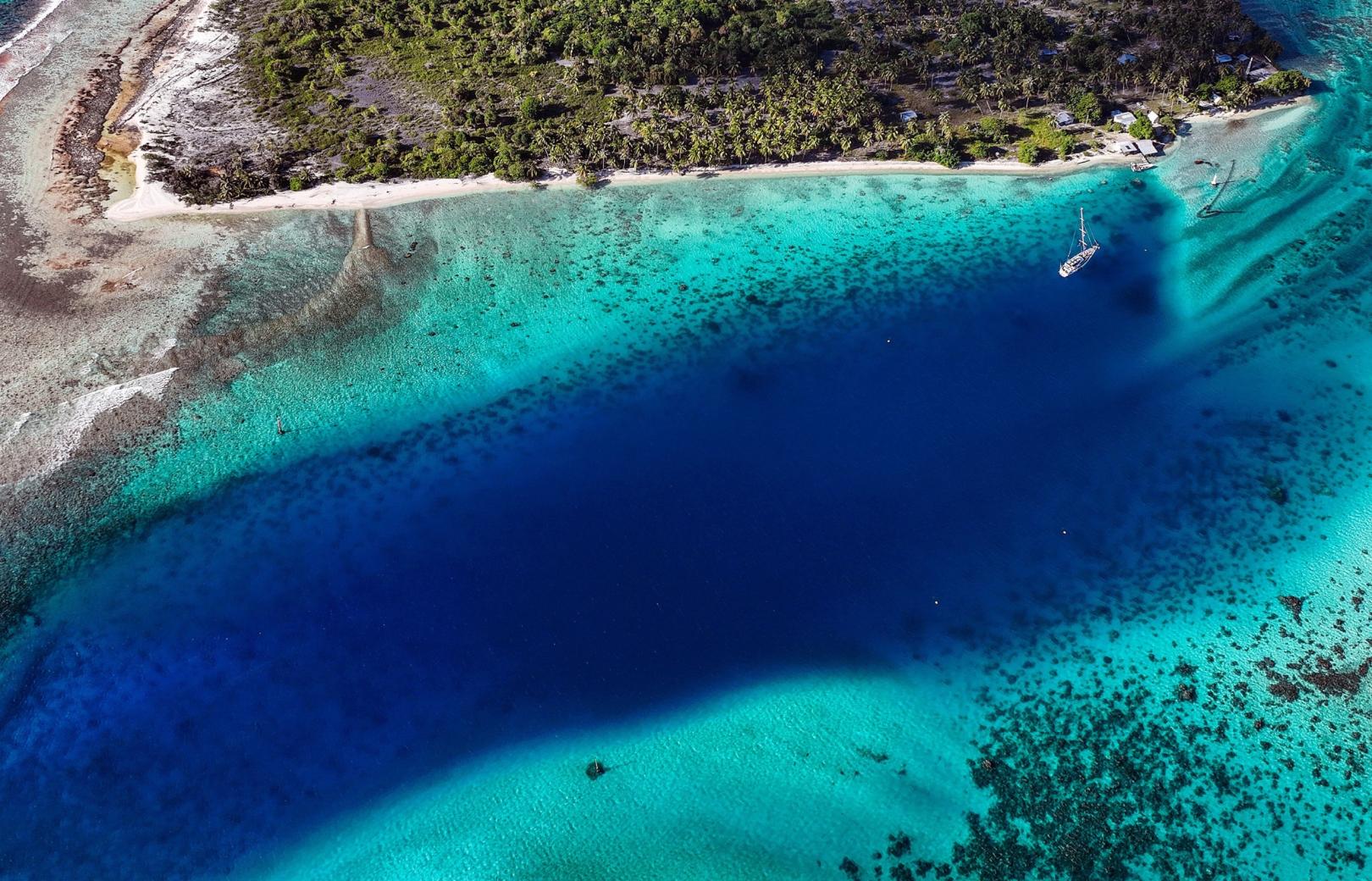
ENTRIES OPEN
Embark on the sailing adventure of a lifetime. entries are now open for the oyster world rally 2028-29.
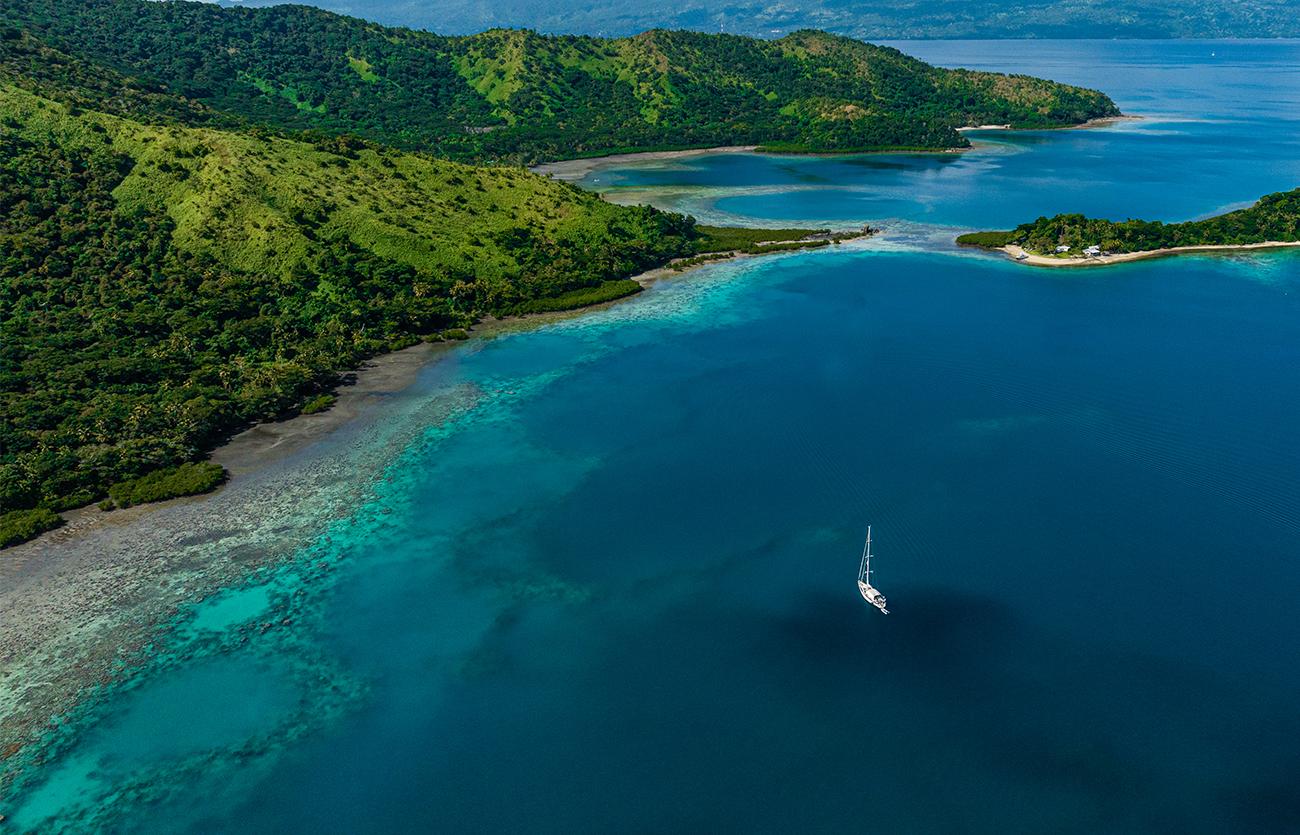
Follow the Oyster World Rally 2024-25 fleet live
Winner of European Yacht of the Year 2023. She sets a new 50 foot bluewater benchmark, offering a stunning combination of sailing performance, comfort, safety and luxurious living space.
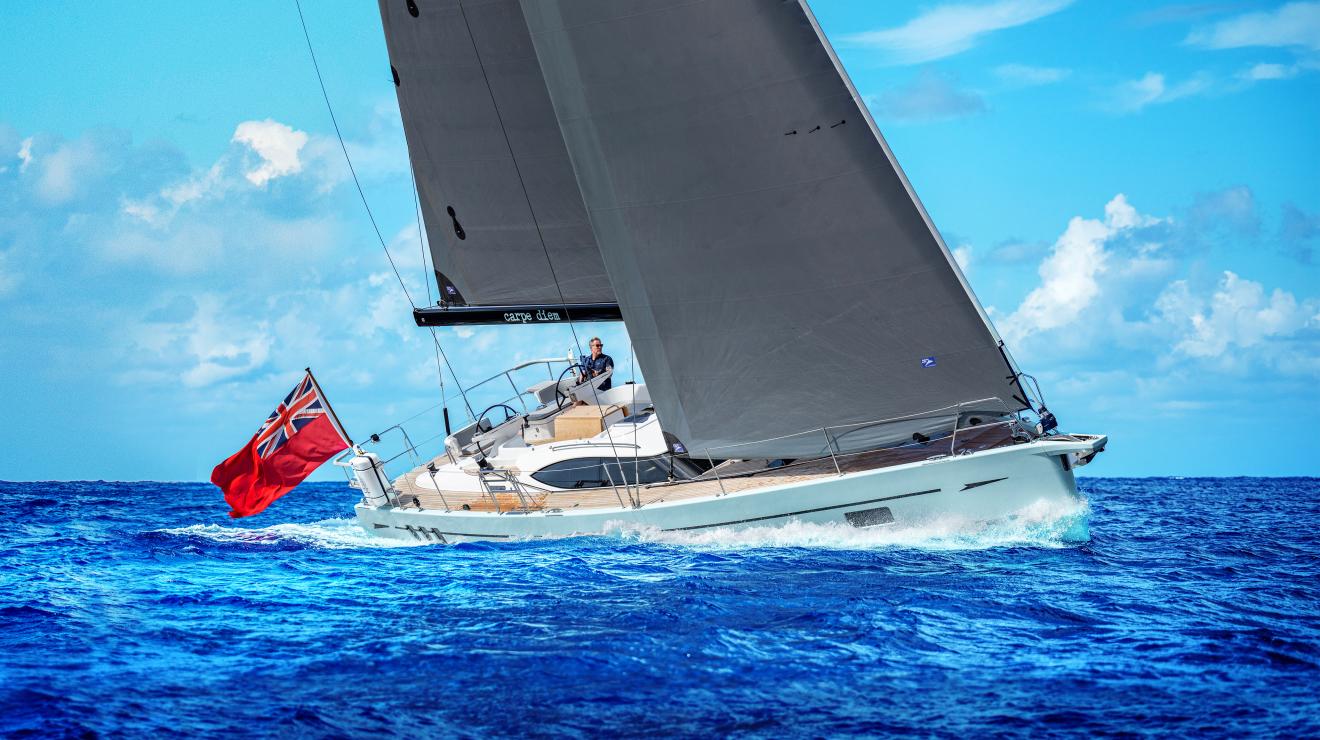
Heralding a new generation of Oysters, this 60 foot bluewater cruiser is a sailing yacht for all oceans. Practical and well-provisioned for long distance sailing or cruising in coastal waters.
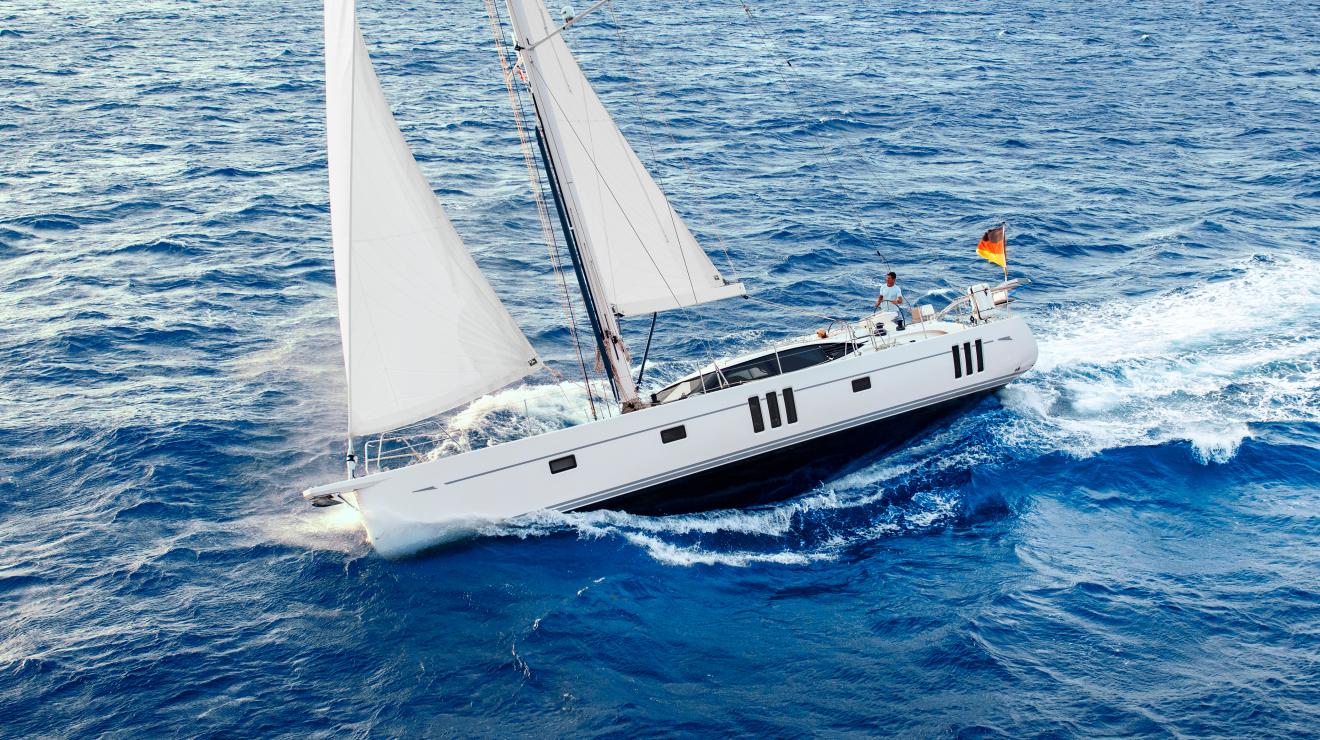
The much-anticipated Oyster 595 is well-proportioned and extremely versatile. Offering exciting, customised build options with no compromise, she is capable of great things.
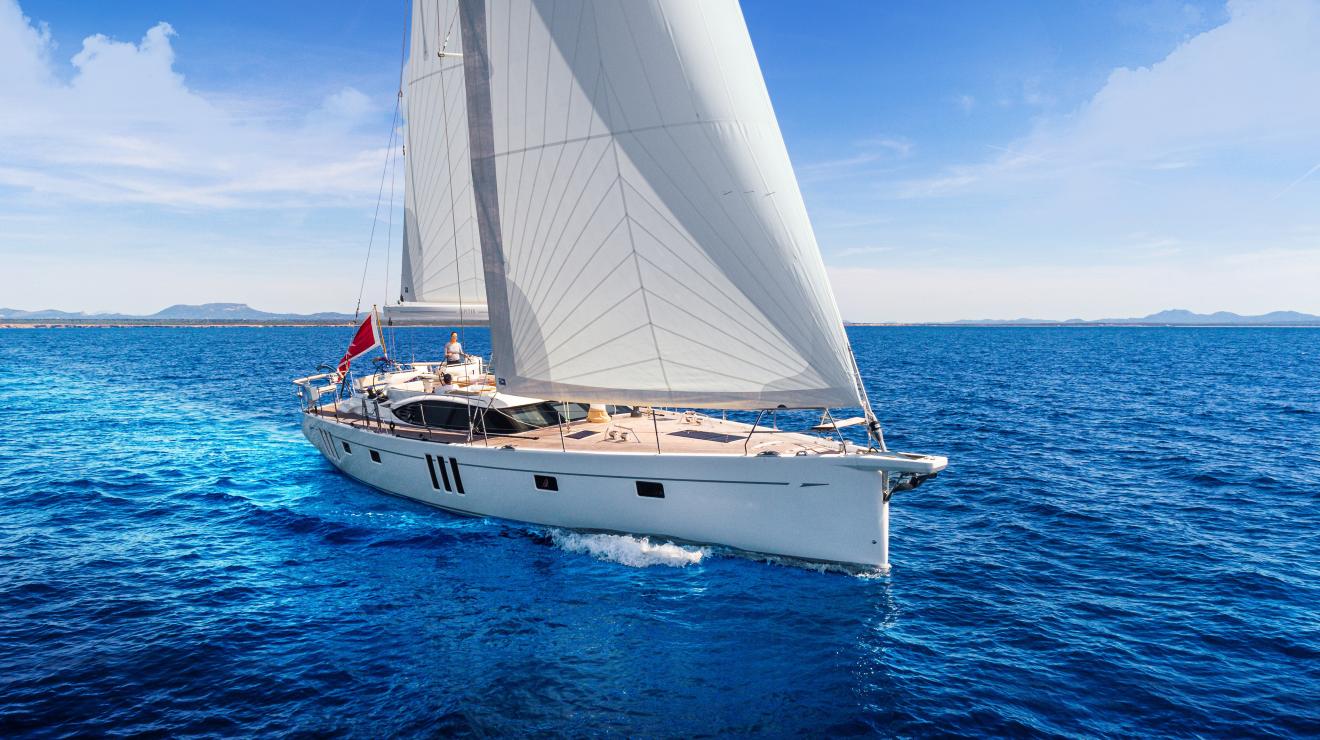
A versatile sub-70 foot sailboat offering the perfect balance of size and practicality. She can be sailed shorthanded effortlessly or take a full crew and up to eight friends and family.
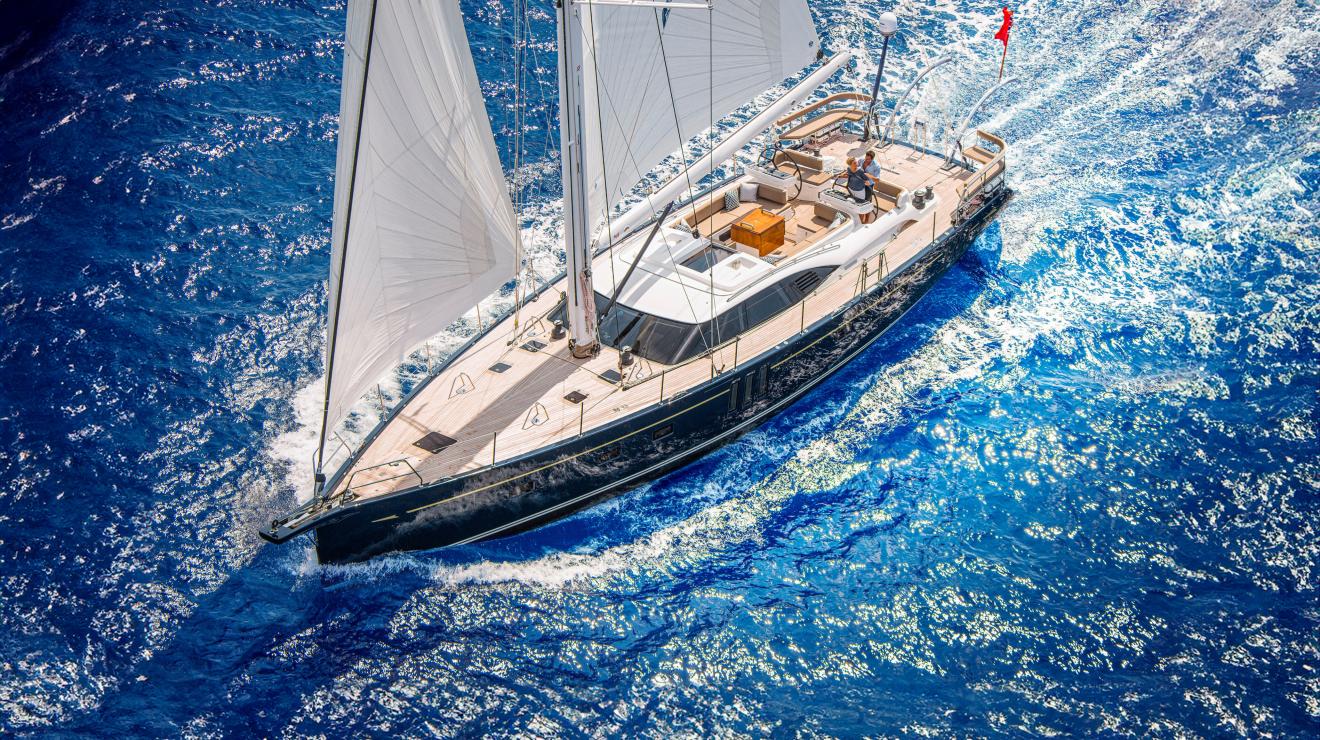
This long range 75 foot cruising yacht is designed for very big adventures. A joy to sail yourself, she also boasts dedicated crew quarters.
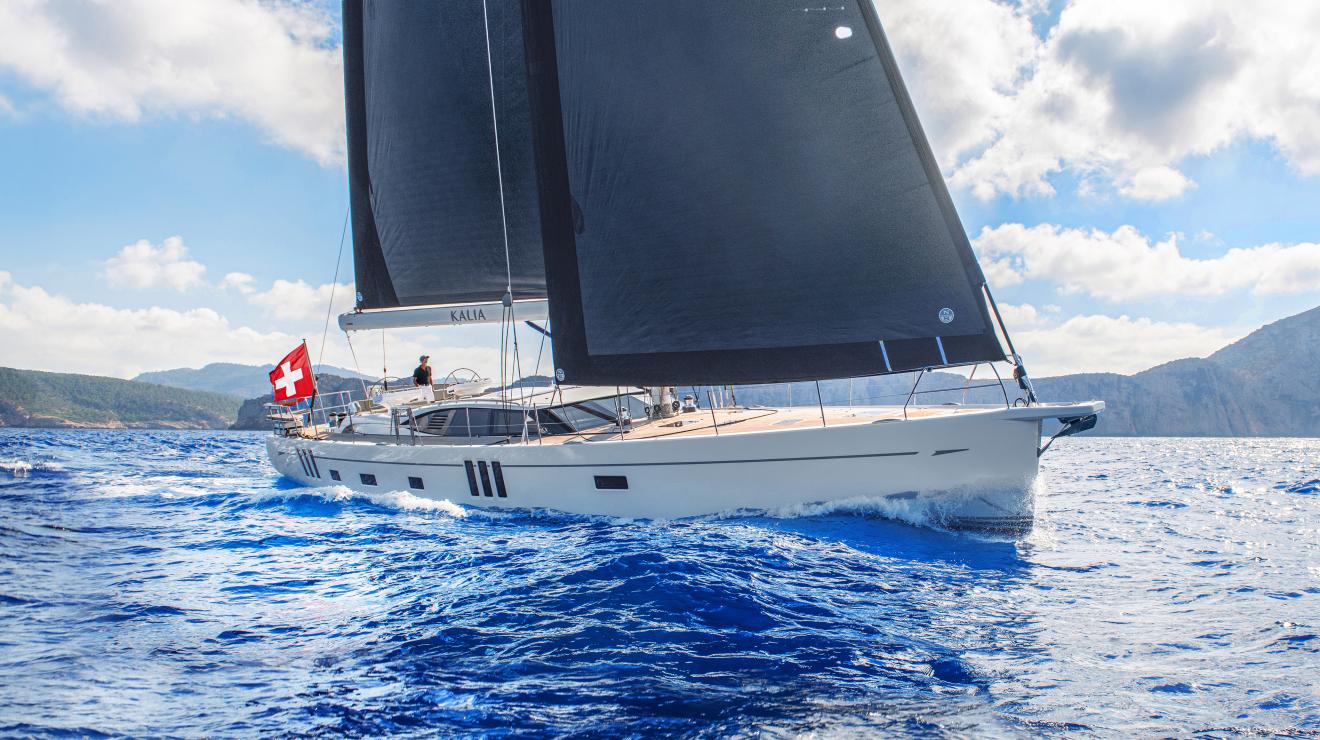
Oyster 885SII
An exhilarating 90 foot sailing yacht, delivering comfort and safety with uncompromising performance. She is capable of taking you anywhere in the world effortlessly, in luxury and style.
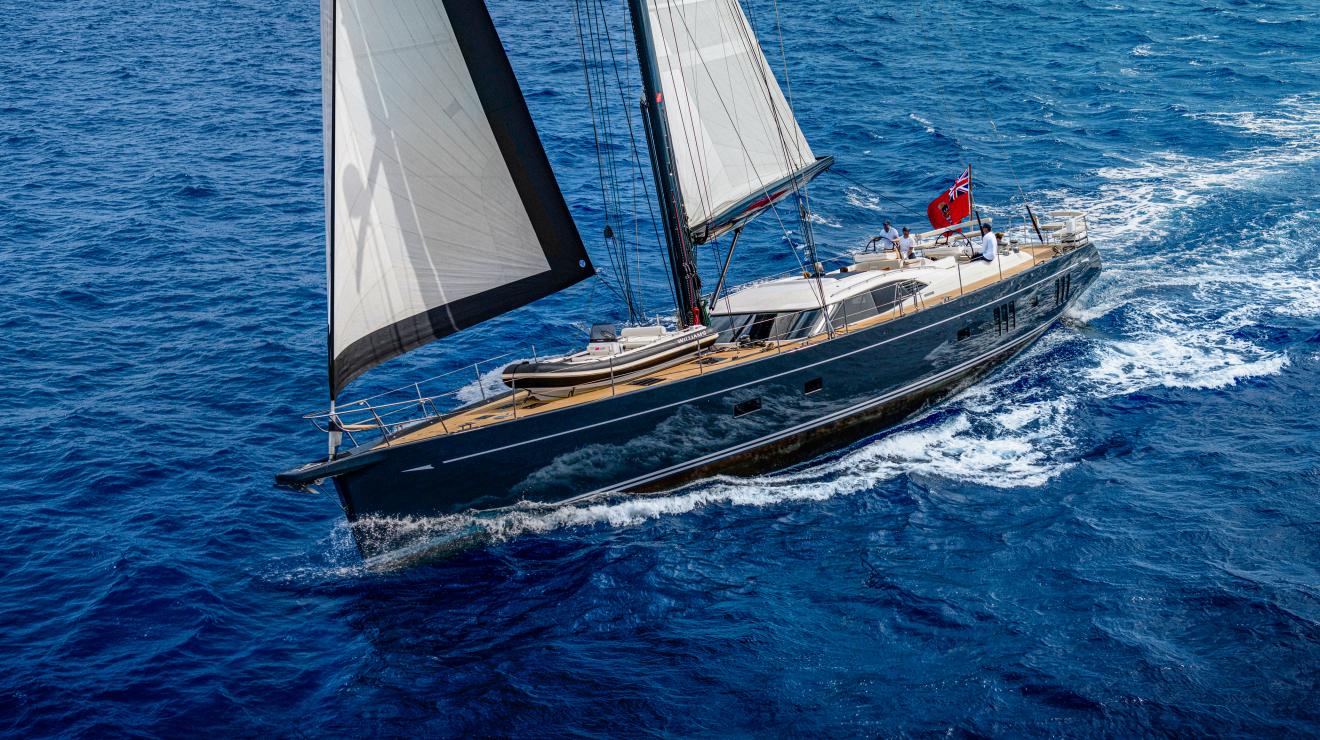
First name *
Last name *
Phone number *
Country/Region *
Attach CV *
Attach covering letter
Current occupation
LinkedIn profile

My Cruiser Life Magazine
Sail Around the World Route – Best Options Explained
Before you ponder your route to sail around the world, think about why you’re even thinking about such an undertaking.
There are countless sailing routes you can take to circumnavigate the globe, but each one is for a different sort of sailor. The two most common routes are the mid-latitudes “Milk Run” and the high-latitudes journey through the Southern Ocean or Northwest Passage.
Here’s a look at some of these very different trips and the types of sailors and vessels that accomplish each one every year.
Table of Contents
Basic planning factors – winds, currents, and storms, the classic sail around the world route – the milk run, circumnavigating in the southern ocean, an alternate sail around the world route the northwest passage, which sailing routes would you pick for your circumnavigation, sailing routes around the world faqs.
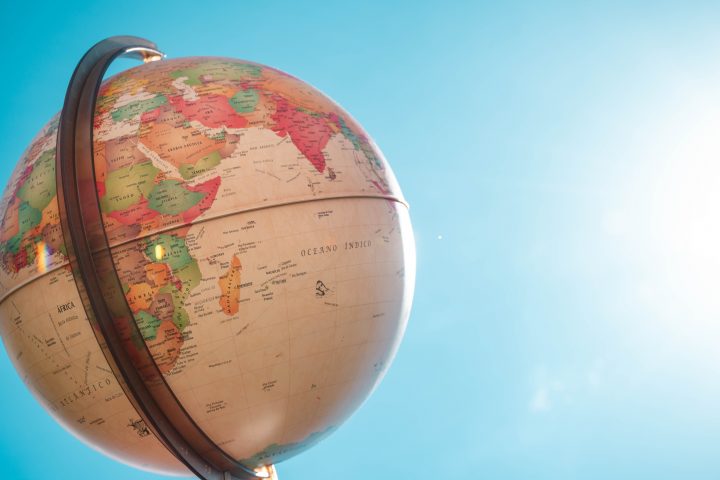
The Basics of Sailing Routes Around the World
First, some lingo. Sailors refer to a sail around the world route as a “circumnavigation.”
Taking a boat around the world requires some gumption. So why do it at all? For some, it is the goal of having done it. For others, it’s a fun way to combine their passions of sailing and travel. Some folks compete in races to see who can do it fastest. And some folks think it would be a good lark and a neat way to see the world.
Whatever reason draws you to the idea of completing a circumnavigation, you aren’t alone. Every year there are rallies or races that you can join to meet up with like-minded people. And for as many people who compete in rallies, there are likely an equal number of people doing it on their own.
No matter how you cut it, a circumnavigation is made up of numerous legs. So if traveling and seeing the sights is your goal, then it only makes sense to take your time and visit as many places as you can along the way.
Folks with a limited time frame will inevitably miss something or rush through someplace they want to see.
For sightseers, the goal of a circumnavigation might be secondary to seeing the places they want to see. In other words, someone with their heart set on circumnavigating might set a schedule of two years to get it done, while another sailor who wants to complete loops in the Atlantic and Pacific might have a lot more time to visit more countries and ports of call.
Every sailor and every boat comes into this adventure with different goals. Therefore, it’s important to think about your motivations and the sort of circumnavigation that you’d like to have. What’s the most important part to you, and how much money and time can you dedicate to the endeavor?
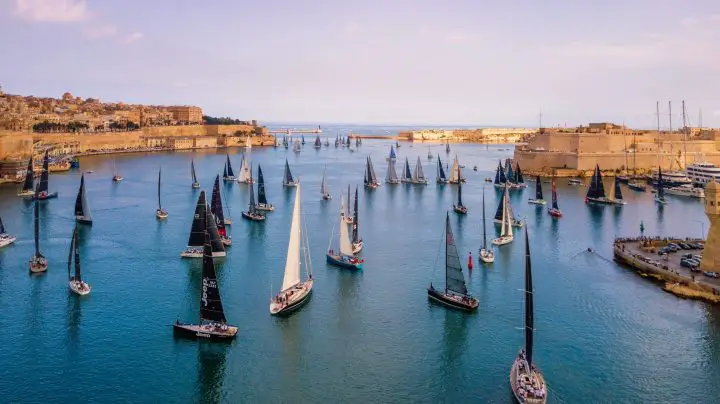
Most pleasure boaters contemplating a circumnavigation are interested in the safest route to sail around the world. Part of the safety and enjoyment of the crew comes from planning the trip to follow the prevailing wind patterns around the globe.
When sitting on land, you might think of the wind as unpredictable and variable depending on the day and weather conditions. And while that is true all over the world, at sea prevailing weather patterns tend to be more steady.
That means by understanding the causes and patterns in the winds, you can use them to your advantage on a circumnavigation.
For example, let’s look at the North Atlantic circuit. If a yacht wants to depart Europe for North America, its best bet is to head south first and follow the area between 10 and 30 degrees north latitude westbound. Why? Because this is the area where the winds flow from the east almost constantly. Since ships used these winds to get to the Caribbean in the old days, they are still known as the Trade Winds.
What if you want to go the other way, back to Europe? In that case, your best bet is to head north and make your easterly course between 40 and 60 degrees north latitudes. There, the prevailing winds are westerly and will push you back to Europe.
While sailboats can sail into the wind, doing so is called “beating” for a reason. It’s rough on the boat and crew; it’s tiring and unpleasant. You’ll have to do it occasionally, but a successful and comfortable passage is usually the result of planning so you don’t have to sail to weather.
Similarly, you can use the world’s ocean currents to your advantage. If the Gulf Stream can give you a knot or two of an extra push toward Europe, you should take it! It makes a big difference when your normal speed is six knots. Trying to fight against it for any length of time could double your trip planning and make for a very nasty ride.
And then there is the risk of storms at sea. With good trip and weather planning, a boat can circumnavigate without ever experiencing a bad storm at sea.
That requires conservative planning to avoid areas and times of the year when the weather is bad. To do this means you must plan to be in the right places at the right times. Pilot charts are published for every ocean sector on Earth, showing the prevailing winds for any given month and the probability of encountering a severe storm in the area.
Using pilot charts and the historical prevalence of hurricanes or cyclones, sailors can plan to transit these areas only during quiet times. In other words, no one wants to be in the middle of the North Atlantic during peak hurricane season or during winter gales, but being in the middle of the North Atlantic in May is pretty optimal.
Likewise, you don’t want to be in the middle of the South Pacific during February when it is peak cyclone season, but June or July is good.
The classic route for circumnavigating is based on the path of least resistance, making it the safest route to sail around the world. These routes utilize the prevailing winds to make as many downwind, fair-weather passages as possible.
The goal of this route is not speed but comfort and safety. This is the route you take your family on. This is the route that around the world rallies, like the World ARC Rally , use for every trip.
Starting from the Caribbean, this route travels westbound and keeps close to the equator. Of course, you can start anywhere, but many yachts cross their wakes (begin and end their voyage) somewhere in the Lesser Antilles.
After crossing the Caribbean Sea, transit is arranged through the Panama Canal. Canal transits are expensive and time-consuming, and they usually involve a broker to arrange all the paperwork and scheduling.
Before the canal was constructed, the only way to make the journey was to travel south in the Atlantic and pass Cape Horn. There, you can follow Drakes Passage through Argentina’s islands and Patagonia’s wild lands. Many expedition yachts still choose this route to see this remote and beautiful part of the world.
After the Panama Canal, most yachts take familiar sailing routes across the Pacific . The first stop is the Galapagos Islands. This takes you mostly south along the coast of Central America and across the equator into the Southern Hemisphere.
From the Galapagos, the single longest passage lies ahead–roughly 3,200 nautical miles to the Marquesas Islands of French Polynesia. This trip takes most sailboats about 14 days. An alternate route takes you farther south. It doesn’t shorten the trip but allows you to visit Rapa Nui (Easter Island) and Pitcairn Islands.
Once in French Polynesia, you can island hop your way through the South Pacific island nations, but with a weary eye on the weather. The point is to avoid the area during cyclone season, roughly the summer months (December through April or so).
At this point, many yachts find a hurricane hole where they can relax during storm season. Usually, it is time to haul out and complete some maintenance after so many sea miles. Some make it south and out of the cyclone belt to New Zealand or Australia. Others opt to stay in the islands but find a well-sheltered marina or boatyard where they can haul out.
Once cyclone season is winding down, the next big passage awaits. After passing through the Torres Straits, stops in Northwestern Australia and Indonesia welcome you to the Indian Ocean. There are only a few isolated stops after that. Many yachts make one long passage out of it, although many enjoy a few stops, like Cocos Keeling, Maldives, Diego Garcia, or Seychelles.
This is where the route branches in two directions. Traditionally, boats would transit on a northwest course and into the Gulf of Aden. From there, you follow the Red Sea to the Suez Canal and the Mediterranean Sea. The Mediterranean is, of course, one of the most storied cruising grounds on the planet. You can cruise from Turkey and Greece to Italy, France, and Spain, with countless famous ports of call along the way.
Unfortunately, the route to get there, through the Gulf of Aden and around the Horn of Africa, is home to bands of pirates who have been known to prey on leisure yachts and commercial vessels alike. For this reason, this route has fallen out of favor in recent years.
Instead, boats head to South Africa. The country makes a good landfall point from which you can travel home or take land excursions to see the rest of Africa. Popular stops on the way are the islands of Reunion and Mauritius. Some folks also like to visit Madagascar.
After rounding the Cape of Good Hope, yachts are back in the Atlantic and can head northwest toward the Caribbean. You can make a few stops along the way, mostly isolated island nations like St. Helena and Ascension Islands. After that, it’s a straight shot back across the equator and to the Windward Islands of the Caribbean.
When coming from the Mediterranean, boats heat westbound through the Straights of Gibraltar. The next stop is the Canary Islands. How long does it take to sail across the Atlantic? It’s a roughly 17-day passage downwind to the Windward Islands.
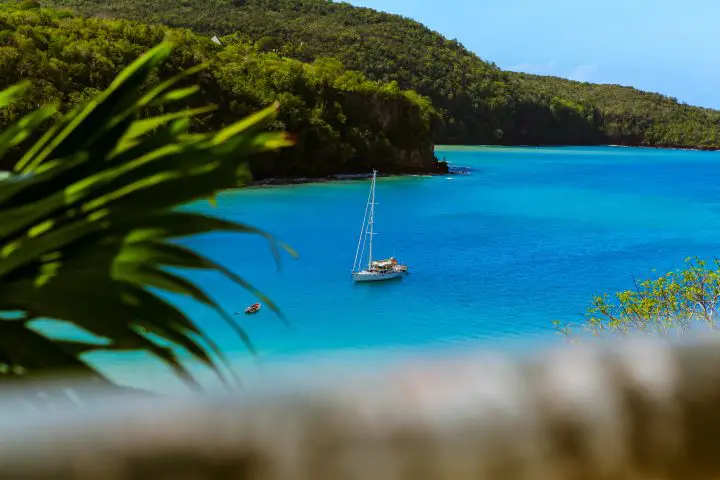
Most people take two full years or longer to complete a circumnavigation as described above, but even that only allows a little time to see the sights. So a more realistic number would be four or five years.
This route isn’t for those looking to get it done in the shortest amount of time. Instead, the Southern Ocean Route is the favored path for those looking to trade a bit of safety for speed. This route, due to the prevailing winds along the route, is completed from west to east.
Races like the Clipper Around the World , Vendee Globe , and the Golden Globe Around the World Race use this path. It utilizes the open expanses of the Southern Ocean. Once you get into these high latitudes, there are no real landmasses in your way, and you can steer a course all the way around the world in record time.
Of course, the Southern Ocean is not for the faint of heart. High-latitude sailing involves biting cold weather and dangerous gales. You’ll be rounding Cape Horn through Drakes Passage, one of the dicest stretches of water on the planet.
It’s a punishing stretch of ocean, and boats are often beaten and bruised. Dismastings and equipment failures are common. In other words, a sailor who chooses this route must be ready for anything, capable of handling whatever the sea throws at them, and sailing an extremely well-founded bluewater vessel.
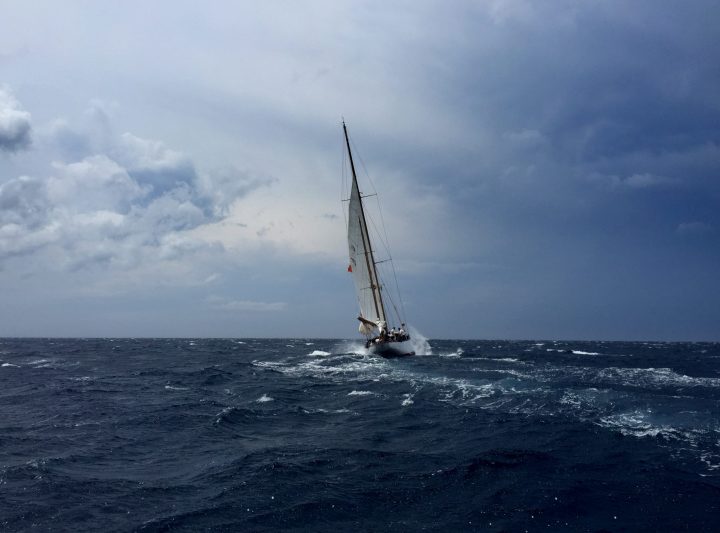
In recent years it has been in vogue to attempt a transit of the Northwest Passage, thereby making it possible to circumnavigate the high latitudes of the Northern Hemisphere. Obviously, this is a summertime endeavor only, and even then, only during years when the ice pack has completely melted. This is happening more and more, so the route is gaining popularity.
The leg that makes this possible starts from the United Kingdom going west across the Atlantic to Greenland through the Labrador Sea. The Northwest Passage itself then bisects Canada’s northern territories. Finally, you end up on the northern coast of Alaska. Then, keeping the mainland of North America to port, you continue south into the Pacific Ocean.
From the Aleutian Islands, the most favorable course is to transit to the west coast of North America. After that, you can make your way south along the famous Inside Passage, a network of fjords in British Columbia that can link you to Puget Sound and the Seattle metro area.
Once in the US, your next steps are southbound transits to Baja, Mexico, or jumps like sailing to Hawaii from California . You can then join the normal routes across the South Pacific islands to Australia or Southeast Asia.
Both the Southern Ocean and the Northwest Passage routes are high-latitude routes that carry more risk than the Milk Run. High-latitude sailing involves dealing with more frequent severe weather systems, stronger winds, and greater variability in the weather in general. They’re also farther from services and more remote, so self-sufficiency is even more vital.
While you can do the Milk Run in nearly any of best bluewater cruising sailboats , these high-latitudes routes are more comfortable in a robust expedition-level vessel. These are the perfect places for that aluminum sailboat you’ve been dreaming about.

There is much to learn and think about if you want to circumnavigate. If you’re dreaming of sailing the world, consider starting your research by picking up a book or two written by someone who has done it. Here are three stories of circumnavigations, but there are countless others and blogs galore to be found on the internet.

- Add custom text here
Prices pulled from the Amazon Product Advertising API on:
Product prices and availability are accurate as of the date/time indicated and are subject to change. Any price and availability information displayed on [relevant Amazon Site(s), as applicable] at the time of purchase will apply to the purchase of this product.
Jimmy Cornell is the master of how to sail around the world. His “World Cruising” series of guides includes everything you’d ever need to know, from weather systems and route planning to legal formalities. This book, 200,000 Miles , combines some of those technicalities with a biographical story of his journey.

Sailing Around the World Alone is Joshua Slocum’s story of his journey. It’s not a modern tale–Slocum set out in the late 1890s from Nova Scotia. But his adventure is the OG tale of sailing around the world and is worth a read.

- Used Book in Good Condition
Lin and Larry Pardey circumnavigated several times (both eastbound and westbound), but if you totaled up the miles they sailed, it would be more like seven times. The difference, of course, is enjoying every port and stop along the way.
While they never wrote a book specifically about sailing around the world, their cruising tales live on in the various tales and how-to guides they produced over the years.
Capable Cruiser discusses techniques that will get you there, interwoven by the Pardey’s inimitable charm and wit. For more travel inspiration, check out their original series of books: Cruising in Seraffyn , Seraffyn’s European Adventure, Seraffyn’s Mediterranean Adventure, and Seraffyn’s Oriental Adventure.
What route do you take to sail around the world?
There are several ways to circumnavigate, but the most common is the “Milk Run.” This route goes from the Caribbean through the Panama Canal. From there, it heads south to the Galapagos Islands and into the South Pacific. After Tahiti, yachts head to Australia, across the Indian Ocean, and through the Suez Canal into the Mediterranean Sea. Finally, leaving the Med, boats cross the Atlantic to the Caribbean to close the circle, or “cross their wake,” as they say.
How long does it take to sail around the world?
The WorldARC around the world sailing rally usually lasts 18 months, but you can do it quicker by selecting fewer stops or taking faster routes. For most sailors, however, the length of the trip around the world really depends on how much they stop along the way and for how long. If the purpose of the trip is to travel and see the world, it makes little sense to rush and do it in the shortest possible time. Many circumnavigations take five or more years.
How much does it cost per month to sail around the world?
Sailing has been described as the most expensive way to get somewhere for free. The cost to sail around the world is extremely variable–it is impossible to pin down any price. On the one hand, the type of boat makes a difference. The larger the boat, the larger the costs. The lifestyle you choose while sailing matters, too–lavish resort marinas cost more than anchoring away from town. Hiring professionals to do boat maintenance costs more than doing it all yourself. There are ways to do it lavishly and ways to be cheap about it. Comfortable cruising is somewhere in the middle, but where exactly that depends entirely on you.
How big of a sailboat do you need to sail around the world?
Many solo sailors and couples have circumnavigated in boats less than 30 feet long. Lin and Larry Pardy wrote many novels as they circled the globe on 22-foot-long Seraffyn , a Lyle Hess-designed cutter. The size of the boat has everything to do with your cruising style and budget. So long as the vessel is well-founded and designed to take the rigors of bluewater passages, size matters less than many people think.
Matt has been boating around Florida for over 25 years in everything from small powerboats to large cruising catamarans. He currently lives aboard a 38-foot Cabo Rico sailboat with his wife Lucy and adventure dog Chelsea. Together, they cruise between winters in The Bahamas and summers in the Chesapeake Bay.
Leave a comment
Your email address will not be published. Required fields are marked *
Save my name, email, and website in this browser for the next time I comment.


Home » Blog » Buy a boat » 5 best small sailboats for sailing around the world
5 best small sailboats for sailing around the world
By Author Fiona McGlynn
Posted on Last updated: April 19, 2023

A small sailboat can take you big places
Small sailboats are the ticket to going cruising NOW — not when you retire, save up enough money, or find the “perfect” bluewater cruising boat. In fact, it’s the first principle in Lin and Larry Pardey’s cruising philosophy: “Go small, go simple, go now.”
Small yachts can be affordable, simple, and seaworthy . However, you won’t see many of them in today’s cruising grounds. In three years and 13,000 nautical miles of bluewater cruising, I could count the number of under 30-foot sailboats I’ve seen on one hand (all of them were skippered by people in their 20s and 30s).
Today’s anchorages are full of 40, 50, and 60-foot-plus ocean sailboats, but that’s not to say you can’t sail the world in a small sailboat. Just look at Alessandro di Benedetto who in 2010 broke the record for the smallest boat to sail around the world non-stop in his 21-foot Mini 6.5 .
So long as you don’t mind forgoing a few comforts, you can sail around the world on a small budget .

What makes a good blue water sailboat
While you might not think a small sailboat is up to the task of going long distances, some of the best bluewater sailboats are under 40 feet.
However, if you’re thinking about buying a boat for offshore cruising, there are a few things to know about what makes a small boat offshore capable .
Smaller equals slower
Don’t expect to be sailing at high speeds in a pocket cruiser. Smaller displacement monohulls are always going to be slower than larger displacement monohulls (see the video below to learn why smaller boats are slower). Therefore a smaller cruiser is going to take longer on a given passage, making them more vulnerable to changes in weather.
A few feet can make a big difference over a week-long passage. On the last leg of our Pacific Ocean crossing, our 35-foot sailboat narrowly avoid a storm that our buddy boat, a 28-foot sailboat, couldn’t. Our friend was only a knot slower but it meant he had to heave to for a miserable three days.

Small but sturdy
If a pocket cruiser encounters bad weather, they will be less able to outrun or avoid it. For this reason, many of the blue water sailboats in this list are heavily built and designed to take a beating.
Yacht design has changed dramatically over the last 50 years. Today, new boats are designed to be light and fast. The small sailboats in our list are 30-plus year-old designs and were built in a time when weather forecasts were less accurate and harder to come by.
Back in the day, boat were constructed with thicker fiberglass hulls than you see in modern builds. Rigs, keels, rudders, hulls and decks – everything about these small cruising sailboats was designed to stand up to strong winds and big waves. Some of the boats in this post have skeg-hung rudders and most of them are full keel boats.
The pros and cons of pocket cruiser sailboats
Pocket cruiser sailboats present certain advantages and disadvantages.
More affordable
Their smaller size makes them affordable bluewater sailboats. You can often find great deals on pocket cruisers and sometimes you can even get them for free.
You’ll also save money on retrofits and repairs because small cruising sailboats need smaller boat parts (which cost a lot less) . For example, you can get away with smaller sails, ground tackle, winches, and lighter lines than on a bigger boat.
Moorage, haul-outs, and marine services are often billed by foot of boat length . A small sailboat makes traveling the world , far more affordable!
When something major breaks (like an engine) it will be less costly to repair or replace than it would be on a bigger boat.

Less time consuming
Smaller boats tend to have simpler systems which means you’ll spend less time fixing and paying to maintain those systems. For example, most small yachts don’t have showers, watermakers , hot water, and electric anchor windlasses.
On the flip side, you’ll spend more time collecting water (the low-tech way) . On a small sailboat, this means bucket baths, catching fresh water in your sails, and hand-bombing your anchor. Though less convenient, this simplicity can save you years of preparation and saving to go sailing.
Oh, and did I mention that you’ll become a complete water meiser? Conserving water aboard becomes pretty important when you have to blue-jug every drop of it from town back to your boat.
Easier to sail
Lastly, smaller boats can be physically easier to sail , just think of the difference between raising a sail on a 25-foot boat versus a 50-foot boat! You can more easily single-hand or short-hand a small sailboat. For that reason, some of the best solo blue water sailboats are quite petite.
As mentioned above small boats are slow boats and will arrive in port, sometimes days (and even weeks) behind their faster counterparts on long offshore crossings.
Consider this scenario: two boats crossed the Atlantic on a 4,000 nautical mile route. The small boat averaged four miles an hour, while the big boat averaged seven miles an hour. If both started at the same time, the small boat will have completed the crossing two weeks after the larger sailboat!
Less spacious
Living on a boat can be challenging — living on a small sailboat, even more so! Small cruising boats don’t provide much in the way of living space and creature comforts.
Not only will you have to downsize when you move onto a boat you’ll also have to get pretty creative when it comes to boat storage.
It also makes it more difficult to accommodate crew for long periods which means there are fewer people to share work and night shifts.
If you plan on sailing with your dog , it might put a small boat right out of the question (depending on the size of your four-legged crew member).

Less comfortable
It’s not just the living situation that is less comfortable, the sailing can be pretty uncomfortable too! Pocket cruisers tend to be a far less comfortable ride than larger boats as they are more easily tossed about in big ocean swell.
Here are our 5 favorite small blue water sailboats for sailing around the world
When we sailed across the Pacific these were some of the best small sailboats that we saw. Their owners loved them and we hope you will too!
The boats in this list are under 30 feet. If you’re looking for something slightly larger, you might want to check out our post on the best bluewater sailboats under 40 feet .
Note: Price ranges are based on SailboatListings.com and YachtWorld.com listings for Aug. 2018
Albin Vega 27($7-22K USD)

The Albin Vega has earned a reputation as a bluewater cruiser through adventurous sailors like Matt Rutherford, who in 2012 completed a 309-day solo nonstop circumnavigation of the Americas via Cape Horn and the Northwest Passage (see his story in the documentary Red Dot on the Ocean ).
- Hull Type: Long fin keel
- Hull Material: GRP (fibreglass)
- Length Overall:27′ 1″ / 8.25m
- Waterline Length:23′ 0″ / 7.01m
- Beam:8′ 1″ / 2.46m
- Draft:3′ 8″ / 1.12m
- Rig Type: Masthead sloop rig
- Displacement:5,070lb / 2,300kg
- Designer:Per Brohall
- Builder:Albin Marine AB (Swed.)
- Year First Built:1965
- Year Last Built:1979
- Number Built:3,450
Cape Dory 28 ($10-32K USD)

This small cruising sailboat is cute and classic as she is rugged and roomy. With at least one known circumnavigation and plenty of shorter bluewater voyages, the Cape Dory 28 has proven herself offshore capable.
- Hull Type: Full Keel
- Length Overall:28′ 09″ / 8.56m
- Waterline Length:22′ 50″ / 6.86m
- Beam:8’ 11” / 2.72m
- Draft:4’ 3” / 1.32m
- Rig Type:Masthead Sloop
- Displacement:9,300lb / 4,218kg
- Sail Area/Displacement Ratio:52
- Displacement/Length Ratio:49
- Designer: Carl Alberg
- Builder: Cape Dory Yachts (USA)
- Year First Built:1974
- Year Last Built:1988
- Number Built: 388
Dufour 29 ($7-23K)

As small bluewater sailboats go, the Dufour 29 is a lot of boat for your buck. We know of at least one that sailed across the Pacific last year. Designed as a cruiser racer she’s both fun to sail and adventure-ready. Like many Dufour sailboats from this era, she comes equipped with fiberglass molded wine bottle holders. Leave it to the French to think of everything!
- Hull Type: Fin with skeg-hung rudder
- Length Overall:29′ 4″ / 8.94m
- Waterline Length:25′ 1″ / 7.64m
- Beam:9′ 8″ / 2.95m
- Draft:5′ 3″ / 1.60m
- Displacement:7,250lb / 3,289kg
- Designer:Michael Dufour
- Builder:Dufour (France)
- Year First Built:1975
- Year Last Built:1984
Vancouver 28 ($15-34K)

A sensible small boat with a “go-anywhere” attitude, this pocket cruiser was designed with ocean sailors in mind. One of the best cruising sailboats under 40 feet, the Vancouver 28 is great sailing in a small package.
- Hull Type:Full keel with transom hung rudder
- Length Overall: 28′ 0″ / 8.53m
- Waterline Length:22’ 11” / 6.99m
- Beam:8’ 8” / 2.64m
- Draft:4’ 4” / 1.32m
- Rig Type: Cutter rig
- Displacement:8,960lb / 4,064 kg
- Designer: Robert B Harris
- Builder: Pheon Yachts Ltd. /Northshore Yachts Ltd.
- Year First Built:1986
- Last Year Built: 2007
- Number Built: 67
Westsail 28 ($30-35K)

Described in the 1975 marketing as “a hearty little cruiser”, the Westsail 28 was designed for those who were ready to embrace the cruising life. Perfect for a solo sailor or a cozy cruising couple!
- Hull Type: Full keel with transom hung rudder
- Hull Material:GRP (fibreglass)
- Length Overall:28′ 3” / 8.61m
- Waterline Length:23’ 6” / 7.16m
- Beam:9’ 7” / 2.92m
- Displacement:13,500lb / 6,124kg
- Designer: Herb David
- Builder: Westsail Corp. (USA)
- Number Built:78
Feeling inspired? Check out the “go small” philosophy of this 21-year-old who set sail in a CS 27.
Fiona McGlynn is an award-winning boating writer who created Waterborne as a place to learn about living aboard and traveling the world by sailboat. She has written for boating magazines including BoatUS, SAIL, Cruising World, and Good Old Boat. She’s also a contributing editor at Good Old Boat and BoatUS Magazine. In 2017, Fiona and her husband completed a 3-year, 13,000-mile voyage from Vancouver to Mexico to Australia on their 35-foot sailboat.
Saturday 1st of September 2018
Very useful list, but incomplete - as it would necessarily be, considering the number of seaworthy smaller boats that are around.
In particular, you missed/omitted the Westerly "Centaur" and its follow-on model, the "Griffon". 26 feet LOA, bilge-keelers, weighing something over 6000 pounds, usually fitted with a diesel inboard.
OK, these are British designs, and not that common in the US, but still they do exist, they're built like tanks, and it's rumored that at least one Centaur has circumnavigated.
Friday 31st of August 2018
This is a helpful list, thank you. I don't think most people would consider a 28' boat a pocket cruiser, though!
Terms and Conditions - Privacy Policy
Please use a modern browser to view this website. Some elements might not work as expected when using Internet Explorer.
- Landing Page
- Luxury Yacht Vacation Types
- Corporate Yacht Charter
- Tailor Made Vacations
- Luxury Exploration Vacations
- View All 3669
- Motor Yachts
- Sailing Yachts
- Classic Yachts
- Catamaran Yachts
- Filter By Destination
- More Filters
- Latest Reviews
- Charter Special Offers
- Destination Guides
- Inspiration & Features
- Mediterranean Charter Yachts
- France Charter Yachts
- Italy Charter Yachts
- Croatia Charter Yachts
- Greece Charter Yachts
- Turkey Charter Yachts
- Bahamas Charter Yachts
- Caribbean Charter Yachts
- Australia Charter Yachts
- Thailand Charter Yachts
- Dubai Charter Yachts
- Destination News
- New To Fleet
- Charter Fleet Updates
- Special Offers
- Industry News
- Yacht Shows
- Corporate Charter
- Finding a Yacht Broker
- Charter Preferences
- Questions & Answers
- Add my yacht
EXPERIENCE RARE EXOTIC LOCATIONS

What's new for 2024

2024 Hotspots
Our complete guide to the Mediterranean
3,669 Crewed Luxury Yachts for Charter
The Luxury Yacht Charter Marketplace
Find and book your dream yacht through YachtCharterFleet, the world's leading luxury yacht charter comparison site. View ALL superyachts available to rent, get expert advice from our comprehensive destination guides and be inspired by our bespoke superyacht itineraries. Let us connect you with a knowledgeable local charter broker to help you plan and book your fully-crewed private yachting vacation today.
Hotspots Summer 2024
Take a look at all the yachts available in a selection of our favorite summer charter destinations.
- Mediterranean
- South of France
- The Balearics
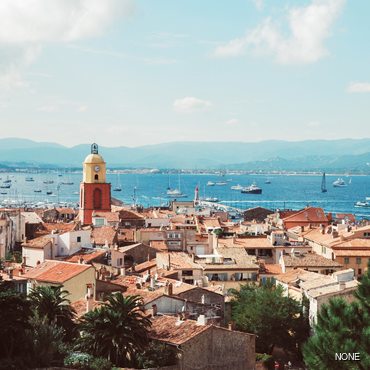
from $12,000 p/week
170+ yachts

Amalfi Coast
910+ yachts

400+ yachts

690+ yachts
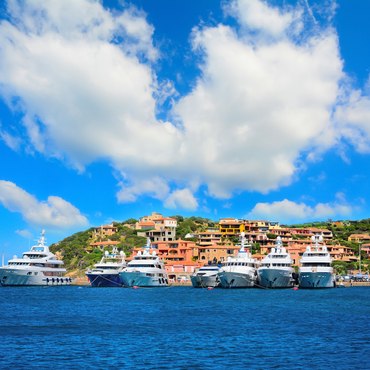
from $9,000 p/week
1050+ yachts
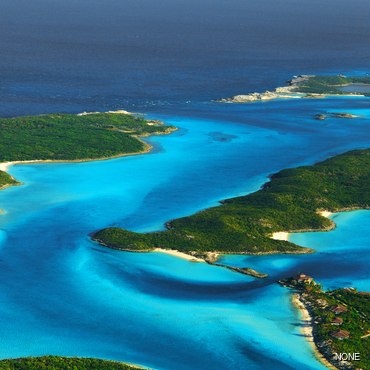
from $17,500 p/week
360+ yachts

from $10,000 p/week
990+ yachts

Hotspots Winter 2024/2025
Take a look at all the yachts available in a selection of our favorite winter charter destinations.
- South East Asia
- Indian Ocean
- Central America
- Northern Europe

British Virgin Islands
from $11,900 p/week

570+ yachts
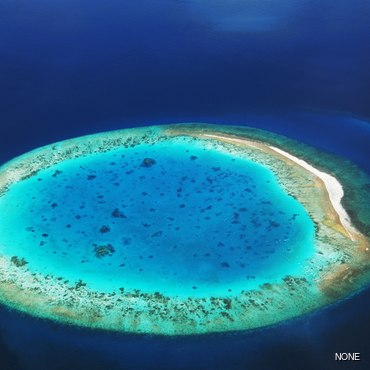
from $24,000 p/week
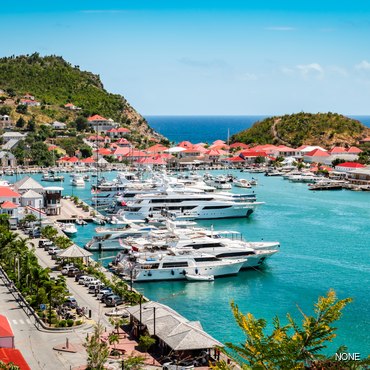
370+ yachts
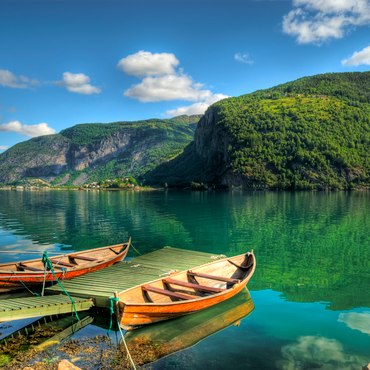
from $21,000 p/week
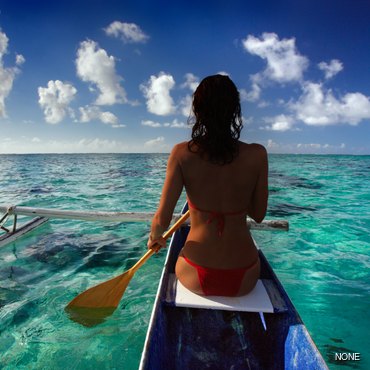
from $31,000 p/week
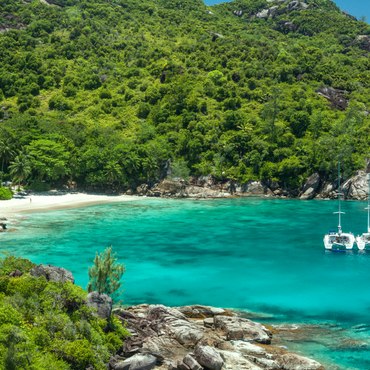
from $311,000 p/week

from $18,000 p/week
Search By Yacht Type
Know what you're looking for? Browse our extensive selection of charter yachts from around the world.
Motor Yacht
Over 1,800 yachts
Sailing Yacht
Over 500 yachts
Classic Yacht
Over 160 yachts
Over 100 yachts
Insider Secrets
Vacation Inspiration
If you’re seeking inspiration for your next yachting vacation, our destination features offer first-hand advice, expert travel tips, and hand-picked activities and attractions to see and do.

Explore Popular Itineraries
Got a destination in mind but not sure where to go? Let our itinerary suggestions inspire your own bespoke charter.

Latest Charter News
Hand-picked charter news to help plan your next yachting vacation from our experienced editorial team & leading charter experts from around the world.
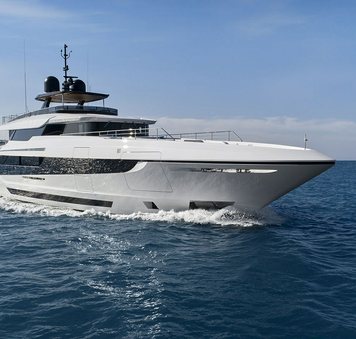
Featured Yacht Review
12 Guests | 7 Cabins from $390,000 p/week ♦︎
Read Review View Yacht
Charter Smarter
Why Book With Us
At YachtCharterFleet, our goal is to show you the whole market. When we launched, we were the first independent charter comparison site and we continue to put our clients at the forefront of everything we do.
Largest Choice of Yachts
YachtCharterFleet allows you to browse the entire market in one place and receive impartial, independent information about booking. Our industry connections and intelligence data gives us access to off-market yachts, so you can be sure you’re viewing the widest selection.
Unbiased Global Network
Booking through YachtCharterFleet gives you access to an international network of local, independent brokers. We’ll connect you with a yachting expert in your timezone, who speaks your language and has experience and expertise chartering yachts in your desired location.
Tailor-Made Vacations
Our network of approved charter brokers have access to the entire market and possess the specialist knowledge required to book yachts. They have an unrivaled understanding of the yachts and their crew, and their mission is to create travel experiences specifically catered to you.
Trending Featured Yachts

Please enter a valid e-mail.
Thanks for subscribing.
As Featured In
The YachtCharterFleet Difference
YachtCharterFleet makes it easy to find the yacht charter vacation that is right for you. We combine thousands of yacht listings with local destination information, sample itineraries and experiences to deliver the world's most comprehensive yacht charter website.
San Francisco
- Like us on Facebook
- Follow us on Twitter
- Follow us on Instagram
- Find us on LinkedIn
- Add My Yacht
- Affiliates & Partners
Popular Destinations & Events
- St Tropez Yacht Charter
- Monaco Yacht Charter
- St Barts Yacht Charter
- Greece Yacht Charter
- Mykonos Yacht Charter
- Caribbean Yacht Charter
Featured Charter Yachts
- Maltese Falcon Yacht Charter
- Wheels Yacht Charter
- Victorious Yacht Charter
- Andrea Yacht Charter
- Titania Yacht Charter
- Ahpo Yacht Charter
Receive our latest offers, trends and stories direct to your inbox.
Search for Yachts, Destinations, Events, News... everything related to Luxury Yachts for Charter.
Yachts in your shortlist

10 Best Sailboats For Circumnavigation

Last Updated by
Daniel Wade
December 28, 2023
Circumnavigation means to successfully navigate around any sort of landmasses such as an island or continent. Whilst in yesteryear we would have relied on compasses, maps, stars and uncomfortable conditions, now sailboats are fitted with a vast array of equipment to help you circumnavigate anywhere you choose in a comfortable and timely manner.
It would seem reasonable to suggest that a small and lightweight boat wouldn't have the capability to circumnavigate effectively, but this is no longer the case. Due to the developments in the understanding of technology and materials over the last 20 years or so, mass produced boats are more than capable of surviving any conditions providing the crew are prepared properly. With the improvements in engineering especially, long gone are the days where slow, bulky, and claustrophobic cruisers were your only option. You can travel in style!
Ultimately, this article is going to answer the question: what are the best sailboats for circumnavigation? There are a few major things that you need to consider. Principle amongst them are the facilities on board the sailboat, the ease of use, how the deck and cabins are organized, the space available and finally the performance of the vessel overall. Take your time and think carefully about it.
Table of contents
10 Best Sailboats for Circumnavigation
1. jeanneau sun odyssey 54ds.
{{boat-info="/boats/jeanneau-sun-odyssey-54ds"}}
Starting off our list with one of the strongest contenders, the Jeanneau Sun Odyssey 54DS certainly ticks the luxury box. What's impressive is just how visually striking and spacious the 54DS is. It has big, swooping curves that give this sailboat a really distinctive shape. When this line of boat made its debut in 2003, the superstructure was considered to be one of the very best in the world and it still ranks highly today. Not only this, but the interior is designed to be luxurious and you have a surprising amount of space available in the cabin.
There's more to this boat than the looks though. The build quality on the whole is absolutely fantastic and it's quite powerful too. Many previous owners have attributed the high standard build quality, powerful performance and the excellent superstructure to the predictable and reliable performance. This is ideal for circumnavigation as you want a boat that is going to perform predictably and not throw you any major surprises!
A few other notable features on the 54DS are deep-draft keel and a standard in-mast furling mainsail. It also comes with an optional full battened main. All of these features are considered to be standard equipment for long distance cruisers.
All the high-quality features come at an expensive price. The price is certainly above average for a sailboat like this and you could make do with something a little less advanced but it's important to remember that the price is balanced out by the quality of the interior and stunning shape. Certainly some food for thought.
2. Amel Super Maramu
{{boat-info="/boats/amel-super-maramu"}}
A highly regarded design by the Frenchman Henri Amel, this sailboat was his idea of what a high-performance circumnavigating sailboat should look like. The main point of the design was to encourage as much performance out of the boat as possible in deeper waters. This means less luxury, and more functionality. Oh, and not to mention that is undeniably French, so bear that in mind.
The boat itself looks like a traditional circumnavigating sailor, but it's got a lot of modern features to offer. The ship itself is designed to be operated by a small crew of two people. Everything is about efficiency. For example, the ketch rig is designed to be simple yet highly effective. Even the sails are electrically controlled! This means that the boat is really easy to use and manageable. It's recommended that for sailors who have a couple of years' experience because a few components can be a little bit complicated to do.
One thing that you might want to consider is that the Super Maramu isn't designed to be customised. Coming in at 53 feet long, it simply wouldn't be worth the effort to make any exterior modifications. It's a similar story for the interior as well. All the interior is functional so if you are looking for a more luxurious circumnavigator, then this wouldn't be a good option.
3. Hallberg-Rassy 42 and 42F
{{boat-info="/boats/hallberg-rassy-42"}}
The Hallberg-Rassy range is known for their toughness and almost mythical build quality. The design is ruthlessly efficient, seen as there is absolutely no wasted space at all. This means that everything is focused on functionality, but this comes at the expense of it being a little bit less comfortable. The relatively simple exterior design is fitting in terms of the overall theme of the boat, simplicity and efficiency.
The layout below decks is also designed to be as efficient and user friendly as possible. This means that the boat is easy to use as well as the interior having a surprisingly fantastic finish to it. The design adds a lot of value to this boat because the ease of use and quality mean it's a fantastic place to be. Of course, this is depending on the amount of time you're going to spend circumnavigating but for a long trip, this is wonderful.
A word on the performance. It is very good too. It wouldn't be considered one of the best performing boats on this list but it's certainly more than good enough to get you where you need to go.
{{boat-info="/boats/hallberg-rassy-42f"}}
4. Hylas 54
{{boat-info="/boats/hylas-54"}}
The German Frers design can be seen again in the Hylas 54 but it's no surprise considering how good the design actually is. The Hylas 54 is designed to be a good balance between performance and efficiency.
The hull is built to an extremely high standard and the boat can also be driven very easily. In fact, its so easy to sail that achieving over 200-miles per day isn't too much of a struggle. On the deck, the design is compact and efficient which is perfect if you're an experienced sailor.
Another strong feature of the Hylas 54 is that there's a great amount of space and degree of flexibility below decks. You are free to choose how you want the layout to look as well as the quality of the finish. It even has a raised saloon version of which further adds to the flexibility and space available.
Owners are generally positive about this modal as well as the newer model, the Hylas 56. One of the biggest advantages is that it's really easy to handle. This would make a great, all round option for circumnavigating where you have the freedom to make it feel like home!
5. Beneteau 57
{{boat-info="/boats/beneteau-57"}}
This is possibly one of the best, high-end options on the market currently! The Beneteau 57 is designed to be as stylish and reliable as possible. It would be fair to categorise it as a luxury cruiser that's for sure!
The hull is designed to be as fast and as sleek as possible. Paired with the stunning hull, the cockpit is placed as central as possible to maximise the amount of space available on the deck as well as keeping everything as neat and organised below decks.
The facilities below decks don't suffer either. All the systems have a fantastic finish to them and on the whole are very impressive. There is a fairly reasonable amount of space considering that the length of the boat is over 50 feet long.
It's fair to say that if you want to enjoy your tip but do it in luxury, then the Beneteau 57 is an absolutely fantastic option. The biggest benefit is that the price is extremely competitive considering the build-quality and luxurious feel you pay for.
6. Jeanneau Sun Odyssey 49
{{boat-info="/boats/jeanneau-sun-odyssey-49"}}
A rather surprising selection on the list! The Jeanneau Sun Odyssey isn't actually designed for circumnavigation by the charter market. However, due to its size and adaptability, it works extremely well as a circumnavigator.
Featuring a large cockpit, easy to maintain sailplan and a wonderful all-round performance, this really is a boat that can do pretty much anything you ask of it. A unique feature that this boat has is that it has a dedicated sail lock in the bow of the ship which is ideal for adjusting the height of the sail.
Below decks, you'll find a boat that has a variety of options for you. The cabin is designed to be twin aft but, if you remove the bulkhead, you can change the space into a massive single cabin. Below decks also feature a large navigation station which is a cool feature. The finish of the interior is also completed to a high standard which means that it's a comfortable and relaxing place to be!
7. Lagoon 440
{{boat-info="/boats/lagoon-440"}}
This is a sailboat that has a lot of accolades. More lagoons have crossed the Atlantic. This is due to the Atlantic Rally for Cruisers. In regards to the 440 modal in particular, they have taken part in the Atlantic Rally more often than any other lagoon. So, what does all this mean? Well, the Lagoon 440 is designed to be a quality cruiser that's incredibly reliable and safe.
On the deck, there is an awful lot of room. You have a saloon, a big cockpit, a wide trampoline forward and the flybridge. This means that there's plenty of space to socialise with your other crew members or in the harbour. It also means that you have enough space for some privacy too which is fantastic depending on how much time you're going to spend on the boat.
Below decks, it's very much the same story. The interior is polished and refined as well as having an enormous amount of space. This is absolutely ideal for having a large crew and enjoying your journey!
One final thing to highlight is the performance of the boat itself. It certainly isn't the fastest, but the boat will certainly get you anywhere in a good amount of time.
8. Beneteau Oceanis 473
{{boat-info="/boats/beneteau-oceanis-473"}}
The Beneteau Oceanis 473 is an extremely popular sailboat for circumnavigation. The design was actually meant for the charter market but because of the vast size, comfortable features and the fact its relatively affordable, it became a target for cruisers looking for a bargain.
There hasn't been a lot of modifications for circumnavigation, but the boat is good at handling heavy weather and performs in a stable and predictable manner. This means that it's incredibly easy to control and perfect for a long-distance cruise.
The interior is a little bit funky too! There are a few different cabin styles but the most popular one is the three-cabin version. The rooms are big enough, but they aren't ideal to use on the sea because some of the room is wasted. However, it is excellent for harbour parties.

9. Bavaria 42
{{boat-info="/boats/bavaria-42"}}
The Bavaria 42 is the most popular mass-produced boat to cross oceans. The sailboat is designed to be a no-nonsense, affordable, and adaptable cruiser. It's also well engineered for the price.
On the deck, a long waterline and fairly good sail area provide a good amount of performance. It is very heavy though when the cruising essentials are stored on board. It's important to bear this in mind. The cockpit is also positioned to be as central as possible to open up more space.
Below decks, the interior is straightforward and functional. There are two to three sleeping cabins depending on what model you choose. The sleeping cabins are generally considered to be functional at best.
It's the standard, go to a cruiser for circumnavigation. This should be the sailboat that you compare everything to!
10. Oyster 56
{{boat-info="/boats/oyster-yachts-oyster-56"}}
I've saved possibly the best option for last. The Oyster 56 is highly regarded and considered to be a dream boat for most. The biggest advantage of the Oyster 56 is the fact that it's so flexible and simple to use but the standard of the instruments and interior is absolutely stunning.
There isn't too much else to say because everything is built to an unbelievably high standard. The deck is designed to be small enough to be crewed by two people, but it's sufficiently big enough to cross vast distances quickly and in immense comfort. The systems can be crewed by up to six people, with the ideal number being from two-four.
It's the exact situation below decks as well. A lavish interior is designed to relax you in comfort. There's a lot of space so it feels more like home rather than a boat. Everything you could want is available. The 56 is absolutely fantastic for long distance cruising.
A final thing to mention is that the Oyster 56 wins pretty much anything it competes in. You certainly are buying a quality boat!
Ultimately, the choice of the best sailboat for navigation depends on what experience you are looking for. It's fair to say that each sailboat has their own positives and negatives. You might want to relax in comfort and luxury, or you might want to have a more authentic, manual experience. The important things to consider are the space available below decks, the size of the boat and how easy it is to use and whether the boat meets your needs.
However, if I was to make a recommendation, I would suggest the Beneteau 57. Even though it is one of the most expensive sailboats on the list, it offers a wide variety of applications, excellent build quality and luxury interior makes this an amazing boat to travel in. If you want to travel in style, then this certainly is the boat for you! This is an excellent boat for larger crews, especially six and up.
If the Beneteau 57 isn't your cup of tea, then another excellent recommendation would be the Bavaria 42. This is an excellent option due to the outstanding build quality, quality engineering and functionality. It's perfect for small crew that like to have a functional and minimalist experience but really connect with the sea and the natural surroundings. Just bear in mind that it is a lot smaller than the majority of the sailboats on the list so don't expect to have the same luxurious experience you might have with some others.
Hopefully, you've found the perfect sailboat for you or if not, you've got some inspiration! The main thing is that the boat should add to the enjoyment and experience of the journey, not detract from it. No matter what boat you choose, make sure you enjoy it!
Happy sailing!
Related Articles
I've personally had thousands of questions about sailing and sailboats over the years. As I learn and experience sailing, and the community, I share the answers that work and make sense to me, here on Life of Sailing.
by this author
Best Sailboats
Most Recent

What Does "Sailing By The Lee" Mean?
October 3, 2023

The Best Sailing Schools And Programs: Reviews & Ratings
September 26, 2023
Important Legal Info
Lifeofsailing.com is a participant in the Amazon Services LLC Associates Program, an affiliate advertising program designed to provide a means for sites to earn advertising fees by advertising and linking to Amazon. This site also participates in other affiliate programs and is compensated for referring traffic and business to these companies.
Similar Posts

Affordable Sailboats You Can Build at Home
September 13, 2023

Best Small Sailboats With Standing Headroom

Best Bluewater Sailboats Under $50K
Popular posts.

Best Liveaboard Catamaran Sailboats

Can a Novice Sail Around the World?
Elizabeth O'Malley
June 15, 2022

4 Best Electric Outboard Motors

How Long Did It Take The Vikings To Sail To England?

10 Best Sailboat Brands (And Why)
December 20, 2023

7 Best Places To Liveaboard A Sailboat
Get the best sailing content.
Top Rated Posts
Lifeofsailing.com is a participant in the Amazon Services LLC Associates Program, an affiliate advertising program designed to provide a means for sites to earn advertising fees by advertising and linking to Amazon. This site also participates in other affiliate programs and is compensated for referring traffic and business to these companies. (866) 342-SAIL
© 2024 Life of Sailing Email: [email protected] Address: 11816 Inwood Rd #3024 Dallas, TX 75244 Disclaimer Privacy Policy
- Skip to primary navigation
- Skip to main content
- Skip to primary sidebar
- Skip to footer
Yacht Cruising Lifestyle
Everything fun you can do from your yacht
Sailing Around The World – Planning For Global Circumnavigation
August 14, 2021 by Martin Parker Leave a Comment
There’s something about sailing around the world that captures the imagination and inspires. For some, it’s the reason for learning to sail in the first place. Others only start to think about global circumnavigation as their skills and experience grow. Regardless of what motivates you to circumnavigate, one thing remains true. For most, it will be the challenge of a lifetime.
But how do you start the process? For someone new to sailing, the prospect of circumnavigation can be truly daunting. With so much to think about and plan for, many get overwhelmed and abandon their dreams before they begin.
This brief article aims to get you thinking about the task of circumnavigation and what it takes to practically and successfully navigate the process, from start to finish.
What Constitutes a Global Circumnavigation?
The definition of circumnavigation is a matter of debate, but there are some defined rules regarding a nautical, wind-powered trip where racing is concerned. A basic description would be to follow a route that forms a great circle. The passage must be at least 21,600 nautical miles for racing, and you must cross the equator, starting and finishing in the same port.
A cruising circumnavigation will often take a route that covers a much greater distance, with multiple diversions to visit places of interest. So long as you meet the essential criteria stated above, it can be classed as a circumnavigation.
If you are in a hurry, the current world record is held by Francois Gabart. He completed an official circumnavigation in just 42 days, 16 hours, and 40 minutes in December 2017.
No Substitute for Experience When Sailing Around the World
Some people spend a lifetime planning their trip, while others have just thrown the basics together and departed. In both cases, some have been successful, and some have not. We are trying to point out that while your planning is a necessary task, it does not guarantee success. Our best advice? Don’t keep putting off your departure because you haven’t planned everything 100%.
Start with the basic, most important tasks, and get ready to learn as you go. After all, thinking on your feet will be a big part of your circumnavigation journey.
Solo Circumnavigation, or Go With a Crew?
Single-handed circumnavigation is perfectly possible. However, it’s a huge challenge that presents certain obstacles and dangers you could avoid with a crew. We highly recommend going with a crew for your first attempt, be it friends, family, or staff. The average time for cruising circumnavigation is around 18 months, although many people travel slowly over multiple years.
If none of your family and friends are keen, you can use websites like Ocean Crew Link to find crew. You could also consider joining another boat as part of a crew to complete your first journey.
How Long Will it Take to Circumnavigate the Globe?
This really is an open-ended question. How long you have might be a better question. If you’re in a hurry, the current world record is just under 43 days. For most of us, though, we’re circumnavigating to see more of the world at a leisurely pace.
On average, most complete their journey in approximately 18 months. Riley and Elayna from Sailing La Vagabonde started their trip in 2014 and are still going strong. They have even begun raising their young son on board during the journey. Theirs is a lifestyle choice that most won’t want, though. They even took a risky approach and started sailing around the world with little to no experience. It’s a route we wouldn’t recommend, but it shows that circumnavigation is possible – even for beginners.
In the end, your circumstances and endurance will determine how long you spend on your journey.
Is Sailing Around the World Dangerous?
If anyone tries to tell you that it’s not slightly dangerous to circumnavigate the globe, don’t believe them. Sailing thousands of miles from land, passing through inclement weather, and relying on yourself and your crew presents many challenges and at least some level of risk. With proper knowledge, planning, and execution, though, you should be able to navigate your way through safely. By correctly preparing for your journey, you’ll have a better understanding of the risks, allowing you to reduce or even eliminate certain dangers.
A good starting point is learning your basic sailing skills. These skills include setting your sails and trim, boat handling, and basic navigation, to name a few. Practicing emergency procedures also helps to set yourself up to manage emergency scenarios if they arise. Man-overboard scenarios, how to make a mayday or pan-pan call, having sufficient rescue equipment, and having excellent navigation skills will all help prepare you to make the best of a bad situation. There is a wealth of information and training available both online and through professional organizations, and we strongly recommend taking several training courses until you feel adequately prepared.
Choosing a Boat for Global Circumnavigation
When you consider that people have successfully traversed the oceans in a myriad of craft – including small rowing boats – perhaps the type of boat you choose is not the most critical factor. It’s true that with help, you can cross oceans in almost anything, but the less suitable the boat, the more challenging, uncomfortable, and dangerous it will ultimately be.
The range of boats available may seem baffling, but the standard for making significant passages are the cruising bluewater style yachts. Our recent article on bluewater sailboats for under $100,000 offers insight into some well-known, competent, and affordable cruising yachts .
Vessel Considerations For Sailing Around the World
- Size: Yacht size affects many different aspects of sailing. Since you’ll be spending a lot of time onboard, having the extra space of a 40-foot yacht or bigger will undoubtedly come in handy. In this yacht category, you’ll also get a good sail area to cater to the varying conditions you’ll encounter.
- Weight: Although a heavy yacht won’t break any speed records, it will keep you steady when the sea conditions are challenging. Strong winds can become challenging in the open ocean, and having a heavy-displacement vessel will help you keep your course.
- Keel Design: Fin keels are very popular, and they’re featured on many modern boat designs. However, carefully consider where you intend to go. A bilge keel, for example, gives you a lower draught so you can visit more shallow waterways and will allow you to moor in areas where the tide will leave you aground. Additional benefits include easier maintenance when aground and reduced roll for added comfort.
- Sailing Winches: There are pros and cons to electric and manual winches, but hand winches make sense on circumnavigation passages from a practical point of view. Electric winches save you effort and help if you are sailing short-handed, but they need an efficient power source. Manual winches are more straightforward and less likely to cause you trouble.
What Gear Do You Need for Sailing Around the World?
There is some sailing gear that is essential for safely navigating a circumnavigation. While this list is far from exhaustive, your boat should be equipped with the following:
- Life Jackets: This should go without saying, but it’s amazing how many don’t consider it essential. Ending up in the water thousands of miles from land is scary enough, but it could very well be a death sentence without a buoyancy device.
- Lifeline: Prevention is better than a fix, so attaching yourself to the boat by a lifeline should be common sense when conditions call for it.
- Ocean Liferaft: Inside should be an equipment and ration pack that will last longer than 24 hours.
- Emergency Position Indicating Radio Beacon (EPIRB): An EPIRB is a device that automatically begins transmitting a rescue signal as soon as it’s submerged in water.
- Battery Charging System: You will spend most of your time sailing during a circumnavigation. Running your engine to charge your batteries will not last long, and it’s also not advisable. Install at least one method, but preferably two or more, that can charge your batteries under sail. Solar panels, wind turbines, and towed impellors give you three different options for power, depending on the conditions.
- SSB Radio: A Single Side Band (SSB) radio is a commonly used maritime communication system in the open ocean and remote parts of the world. Although AM radios are also widely used, SSB radios offer much better reliability and performance.
- Pactor Modem: Connecting your SSB to a modem will allow you to send and receive emails nearly anywhere at sea.
- Flare Pack: Flare packs are used to signal distress to other boats or rescue services, and having them on board could potentially save your life.
Other Items to Consider for Sailing Around the World:
- AIS Transponder: Safe navigation at sea, particularly at night, requires at least one pair of eyes to monitor the sea for natural obstacles and other ships. While using an AIS transponder does not remove this requirement, it gives you additional information to avoid collisions at sea.
- Satellite Phone: Keeping in contact with friends and family can be a lifeline that keeps you going in the most challenging times. A satellite phone will allow you to make direct calls from nearly anywhere on the ocean.
Natural Factors to Consider Before Global Circumnavigation
Your circumnavigation journey will cover more than 21,000 miles, and during that time, you will likely encounter everything mother nature can throw at you. Through good planning, though, you can choose to avoid the worst of the weather and take advantage of favorable winds and ocean currents.
Trade Winds
The trade winds blow continuously throughout the year, thanks to cold air at the poles and warm air at the equator. These temperature differences create westerly winds (from the west) at the poles and easterly winds around the equator.
Trade winds nearer the poles are much stronger than at the equator, and racers tend to take advantage of this – the passage will be colder and far less comfortable, though.
Cyclone and Hurricane Season
Cyclones and hurricanes occur mainly when the ocean water is warm. This happens between July and October in the northern hemisphere and between December and April in the southern hemisphere. Using this information, it’s a simple task to plan your passage, avoiding the main storm seasons. Of course, storms can still occur at any time in the year, so always be prepared for the unexpected.
Major Ocean Currents
In general, the ocean’s major currents follow the direction of the trade winds, but in some areas, such as South Africa, they can work against you. This makes following the trade winds even more appealing when sailing around the world.
Things To Do Before Sailing Around the World
Below, we outline some of the ways you should prepare before setting out on your first circumnavigation.
As we mentioned previously, some intrepid sailors have completed circumnavigations with no formal training and have learned while en route. While it is possible to do this, we wholeheartedly recommend you get some basic training before setting off.
Most sailing courses around the world offer certification that is acceptable in other countries. The Royal Yachting Association is the primary certification agency in the UK, and the US Sailing School is the leading agency in the US.
The most widely accepted certificate is the International Certificate of Competence for Operator of Pleasure Craft (ICC). Once you have your national license, you can apply for the ICC, which is accepted in virtually every country worldwide. Even if a country doesn’t accept the ICC, most charter companies will, allowing you to charter a yacht nearly anywhere.
A variety of insurance policies are available for sailors, but there will likely be clauses in the policy referring to piracy and storms. If you ignore the clauses and visit restricted areas, your insurance will not cover an incident.
Piracy refers to anything from abduction and murder to petty theft and assault. Depending on where you’re at in the world, you’ll need to be vigilant to combat potential downfalls.
The Philippines and the Suez Canal are two hotspots for more severe piracy, and your insurance likely will specify these areas as high risk.
Only you can assess the risk you are willing to take. Avoiding known problem areas can be beneficial, but incidents can still occur anywhere in the world.
Get the Right Sails For Your Route
Assuming you will follow a typical cruising circumnavigation route, you’ll spend most of your time downwind. Aside from the fact that many monohull sailors find continuous downwind sailing uncomfortable, you’ll need to kit out the sail locker appropriately. Spinnakers and screechers are the order of the day, along with standard genoa sizes or furling genoa.
Many countries require visas for transit through them, and depending on where you’re going, they could take weeks or even months to traverse. You need to plan carefully, as arriving in a country’s waters without the correct paperwork could prove troublesome.
Interested in joining a like-minded social circle? Get a conversation started on the new #BoatLife forum by leaving a question or comment today!
If you found this article helpful, please leave a comment below, share it on social media, and subscribe to our email list.
For direct questions and comments, shoot me an email at [email protected]
Sharing is caring!
Reader Interactions
Leave a reply cancel reply.
Your email address will not be published. Required fields are marked *
Save my name, email, and website in this browser for the next time I comment.
MB #20512 PO BOX 480 Sevenoaks Kent TN13 9JY
Tel: +44 56 0386 9163
Keep In Touch
Thank you for reading.
Join our online crew and find more about the #boatlife

What Size Yacht To Sail Around The World? All You Need To Know

If youre dreaming of sailing around the world, youll need to make sure you have the right size yacht .
But what size is best? In this article, well cover the benefits of both larger and smaller yachts, the factors to consider when choosing yacht size, the types of routes and their impact on yacht size, the experience of the sailing team, maintenance and upkeep considerations, and cost considerations.
With this comprehensive guide, youll be able to make an informed decision about the size of your yacht and set off on your journey around the world.
Table of Contents
Short Answer
The size of the yacht you need to sail around the world depends on the type of voyage you are planning to take.
If you are planning a leisurely cruise, then a mid-sized yacht between 35-45 feet is typically suitable.
However, if you are planning a longer-term voyage for more than a year, then a larger yacht of at least 50 feet is recommended.
In addition, you should factor in the type of weather and sea conditions you’ll be facing in your voyage, as this will determine the type and size of necessary equipment and provisions.
Benefits of a Larger Yacht
When it comes to sailing around the world, a larger yacht can provide a number of benefits.
A larger yacht provides more comfort and space for the crew, as well as more storage space for supplies and equipment.
A larger yacht also offers more stability, which is especially important when sailing in rough seas.
Additionally, a larger yacht will have more fuel capacity, which is important for long-distance voyages.
Also, a larger yacht has more room for amenities such as a kitchen, bathroom, and sleeping quarters, allowing the crew to be more comfortable over long periods of time.
Finally, a larger yacht is better equipped to handle adverse weather conditions, providing better protection from the elements.
Benefits of a Smaller Yacht

When it comes to choosing the right size yacht to sail around the world, size matters.
A smaller yacht can provide a number of benefits that can make your voyage more enjoyable and successful.
One of the biggest benefits of a smaller yacht is its ease of maneuverability.
A smaller yacht is more agile and can turn faster than its larger counterparts, making it easier to navigate tight spaces and shallow waters.
In addition, a smaller yacht will require less fuel to operate, making it more cost-effective and eco-friendly.
Another advantage of a smaller yacht is its ability to dock in various places.
With a smaller yacht, you wont have to worry about finding a dock that can accommodate your vessel.
This makes it easier and more convenient to explore various ports, islands, and harbors along your journey.
Finally, a smaller yacht can be easier to maintain.
With a larger yacht, youll need to be prepared to do more maintenance and upkeep to keep it in optimal condition.
With a smaller yacht, however, this is much less of an issue.
Youll be able to keep up with the necessary maintenance and repairs much more easily, giving you more time to enjoy your voyage.
Ultimately, the size of the yacht should be based on the crew’s experience and desired route.
A smaller yacht can be a great choice for experienced sailors who are looking for a more agile and cost-effective vessel, and for those with less experience who are looking for a more manageable vessel.
Factors to Consider When Choosing Yacht Size
When choosing the size of yacht for a voyage around the world, there are several factors to consider.
The size of the yacht should match the crew’s sailing experience and desired route, so it is important to evaluate both of these factors closely before making a decision.
First, it is important to consider the experience of the crew.
Experienced sailors may be able to handle a smaller yacht, while a larger yacht might be better suited for those with less experience.
This is because a larger yacht requires more knowledge and skill to navigate safely, and a smaller yacht may not have the necessary storage and space for a comfortable journey.
Second, the desired route should also be taken into account.
Depending on the route, a larger yacht may be necessary for more treacherous waters and longer voyages.
A smaller yacht will be able to navigate more easily in shallow waters, but may not be able to handle larger swells and rough conditions.
Finally, it is important to remember that the size of the yacht will affect the costs associated with upkeep, maintenance, and fuel.
A larger yacht will require more resources to keep it afloat and running, while a smaller yacht may be more economical.
All these factors should be taken into account when choosing the size of yacht to sail around the world.
A yacht of at least 40 feet in length is generally considered suitable for a global voyage, but the crew’s experience and route should dictate the size of the yacht for the most comfortable and safe journey.
Types of Routes and Their Impact on Yacht Size

When planning a global voyage, the size of the yacht is an important consideration.
The type of route one plans to take will have a direct impact on the size of the yacht that is chosen.
Generally, a yacht of at least 40 feet in length is considered suitable for a global voyage.
A larger yacht provides more space, storage, and comfort, but also requires more upkeep, maintenance, and fuel costs.
For those planning to sail along coastal routes, a smaller yacht may be sufficient.
Coastal routes are typically shorter and simpler than open-ocean routes, and therefore require a different type of yacht.
A coastal yacht should be able to handle the rougher seas and strong winds that can be encountered along the coast.
It should also have enough space to store supplies and equipment.
Coastal yachts are often smaller and more maneuverable than those designed for open-ocean sailing.
For those planning an open-ocean voyage, a larger yacht is usually preferred.
Open-ocean routes are often much longer and more challenging.
A larger yacht will provide more stability and comfort in rough seas and strong winds, as well as greater storage capacity for supplies and equipment.
Open-ocean yachts should also be equipped with all the necessary safety equipment, such as life rafts, life jackets, and emergency radios.
The size of the yacht should also be considered in relation to the crew’s sailing experience.
By taking into account the type of route, the crew’s sailing experience, and the desired comfort level, one can determine the size of yacht that is most suitable for a global voyage.
The right yacht will make the voyage more enjoyable and provide the necessary comfort and safety.
The Experience of the Sailing Team
When planning a voyage around the world, the size of the yacht is an important consideration.
Many people assume that the larger the yacht, the better it is for a global voyage.
However, this isnt always the case.
The size of the yacht should be directly proportionate to the experience and comfort of the sailing team.
This size of yacht allows for enough space and storage for the crew, and a comfortable ride.
However, a larger yacht may be necessary for those with less experience.
A larger yacht provides more space for the crew to spread out and more storage for supplies and equipment, which can make the voyage more comfortable.
A larger yacht also provides more stability and maneuverability in rough seas, which is an important safety factor.
An experienced sailor may be able to handle a smaller yacht more easily due to their familiarity with the vessel and their knowledge of sailing in general.
For those with less experience, a larger yacht can provide more stability and maneuverability in rough seas, as well as more room for the crew to spread out and gain experience.
Before choosing a yacht size, it is important to consider the experience of the sailing team, the route they plan to take, and the conditions they will be sailing in.
For example, a smaller yacht may be more suitable for a shorter voyage, while a larger yacht may be necessary for a longer voyage or a more challenging route.
When it comes to choosing the size of the yacht for a global voyage, it is important to consider the experience of the sailing team and the route they plan to take.
With the right size yacht, the crew will be able to sail safely and comfortably around the world.
Maintenance and Upkeep Considerations

Maintenance and upkeep considerations are important when selecting a yacht size.
Larger vessels will require more time and resources to keep in good condition.
If the vessel is new, it will likely come with a maintenance schedule, but experienced sailors should factor in the expense of routine upkeep.
This includes tasks such as waxing, polishing, and painting the hull and decks, as well as regularly checking and replacing hoses, pumps, and other essential parts.
One of the main advantages of a larger yacht is the ability to store and access more supplies and spare parts, which can provide needed peace of mind.
However, this should be balanced with the fact that larger boats take more fuel and require more resources to maintain.
Additionally, a larger yacht may require more crew members, adding to costs and possible complications.
It is important to remember that the size of the yacht should match the crew’s sailing experience and desired route.
Cost Considerations
When it comes to planning a voyage around the world, the size of the yacht is an important factor that must be taken into account.
Not only does the size of the yacht affect the comfort and convenience of the crew, but it also affects the cost of the voyage.
Larger yachts provide more space, more storage, and more comfort, but they also come with more costs.
Upkeep and maintenance costs can be significantly higher for larger yachts, and fuel costs can also be higher due to the increased size.
It is important to remember that the size of the yacht should be matched to the crews sailing experience and desired route.
Additionally, the size of the yacht should be matched to the desired route.
If the crew is planning a voyage that requires sailing in open ocean, a larger yacht may be necessary for greater stability and safety.
On the other hand, if the crew is planning a voyage that involves navigating through shallower waters, a smaller yacht may be preferable.
Ultimately, the size of the yacht should be based on the crews experience and desired route.
While it may be tempting to purchase or rent a larger yacht for comfort and convenience, the cost considerations should be taken into account to ensure that the voyage is financially feasible.
Taking the time to research and plan ahead is essential for setting out on a successful voyage around the world.
Final Thoughts
The size should be based on the sailing team’s experience, desired route, and the maintenance and cost considerations.
A larger yacht provides more comfort and storage, but requires more upkeep, while a smaller yacht is better suited for experienced sailors and those with limited funds.
Ultimately, finding the right size yacht for your crew and route is critical to a successful voyage.
Now that you know the key factors to consider when selecting a yacht size, you can confidently make your choice and have the adventure of a lifetime!.
James Frami
At the age of 15, he and four other friends from his neighborhood constructed their first boat. He has been sailing for almost 30 years and has a wealth of knowledge that he wants to share with others.
Recent Posts
When Was Banana Boat Song Released? (HISTORICAL INSIGHTS)
The "Banana Boat Song" was released in 1956 by Harry Belafonte. This calypso-style song, also known as "Day-O," became a huge hit and remains popular to this day for its catchy tune and upbeat...
How to Make Banana Boat Smoothie King? (DELICIOUS RECIPE REVEALED)
To make a Banana Boat Smoothie King smoothie at home, start by gathering the ingredients: a ripe banana, peanut butter, chocolate protein powder, almond milk, and ice. Blend the banana, a scoop of...

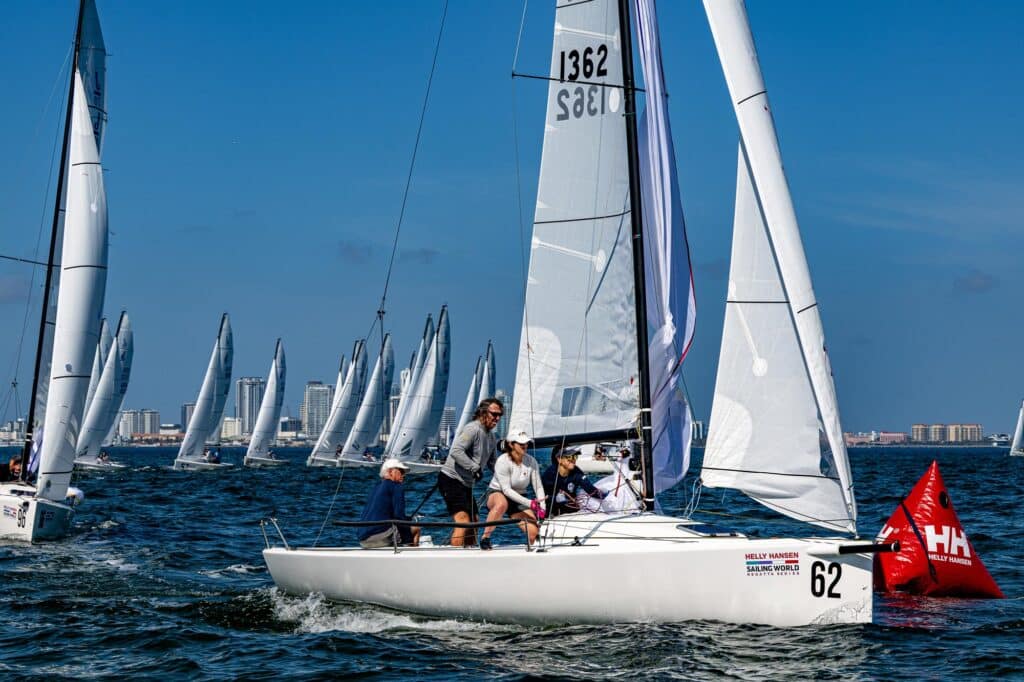

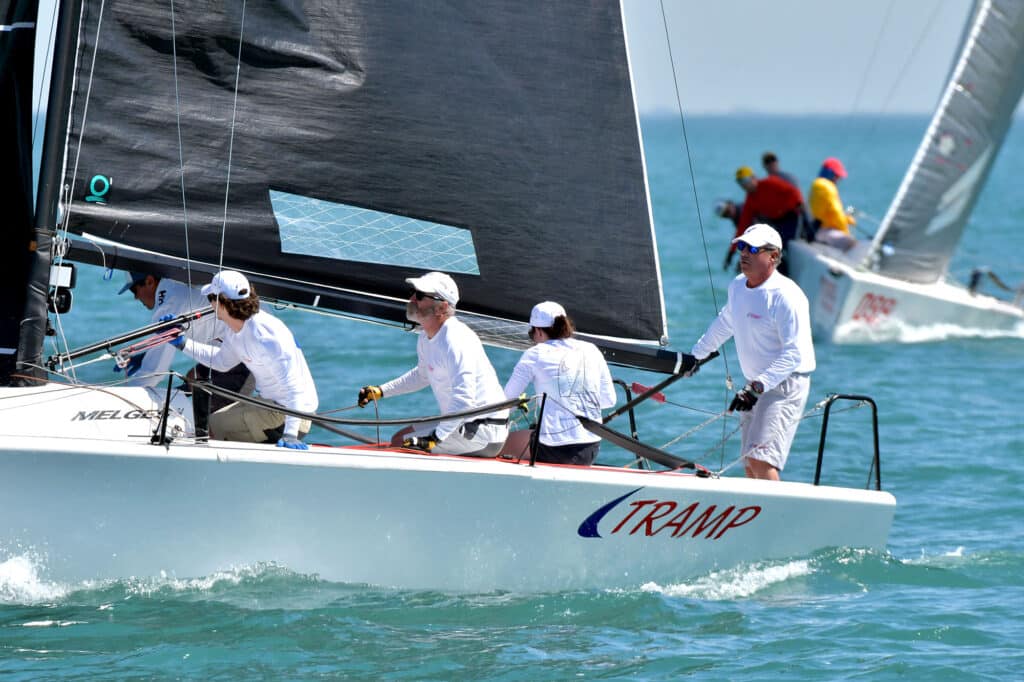
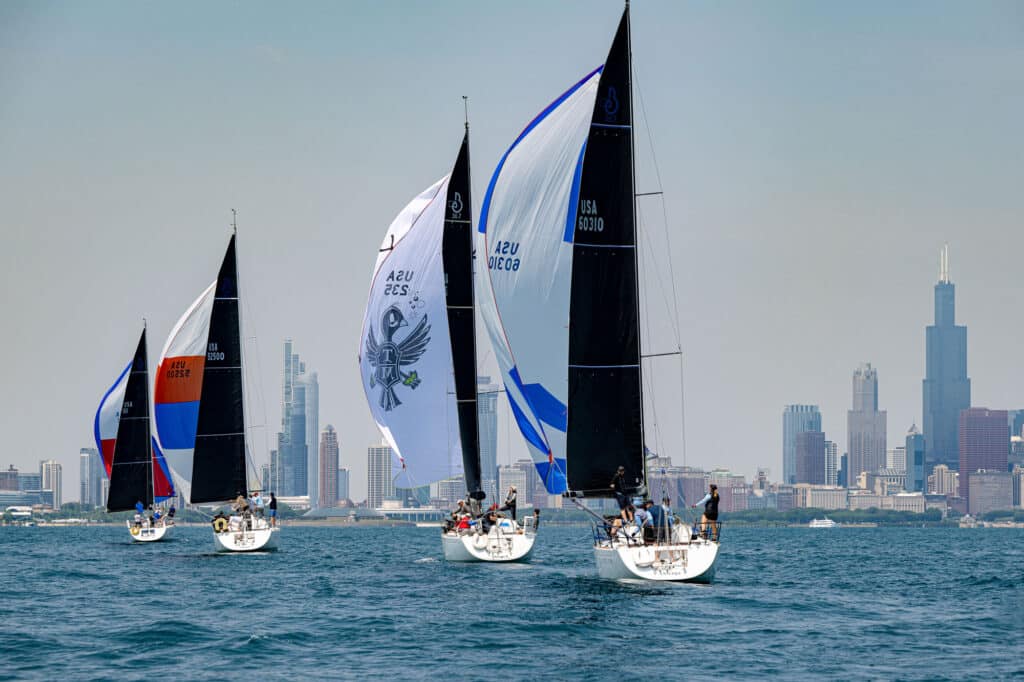
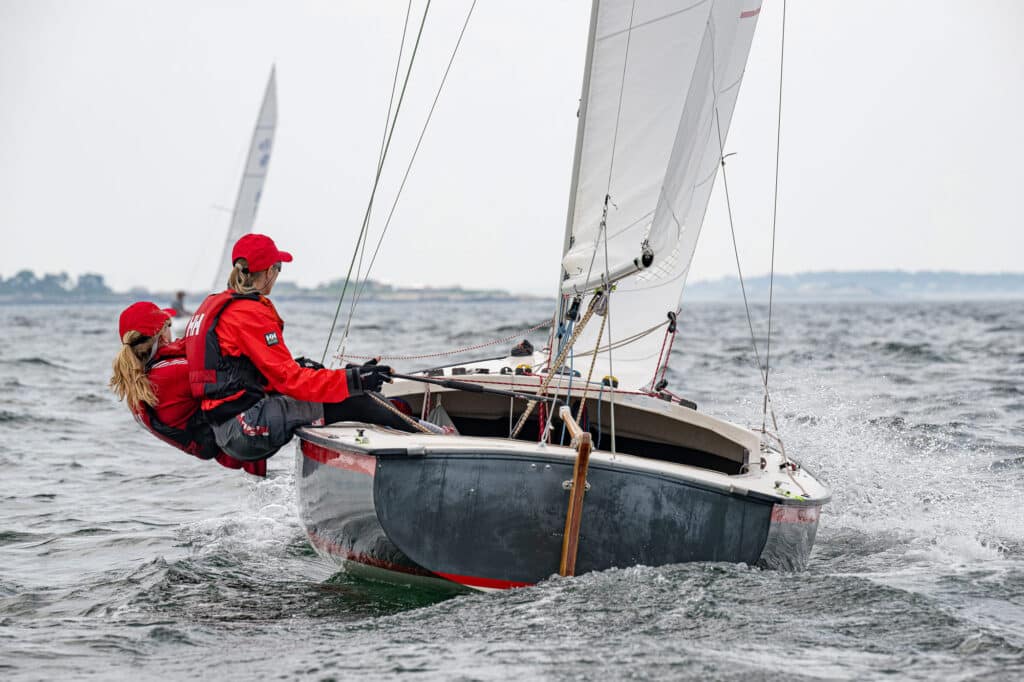
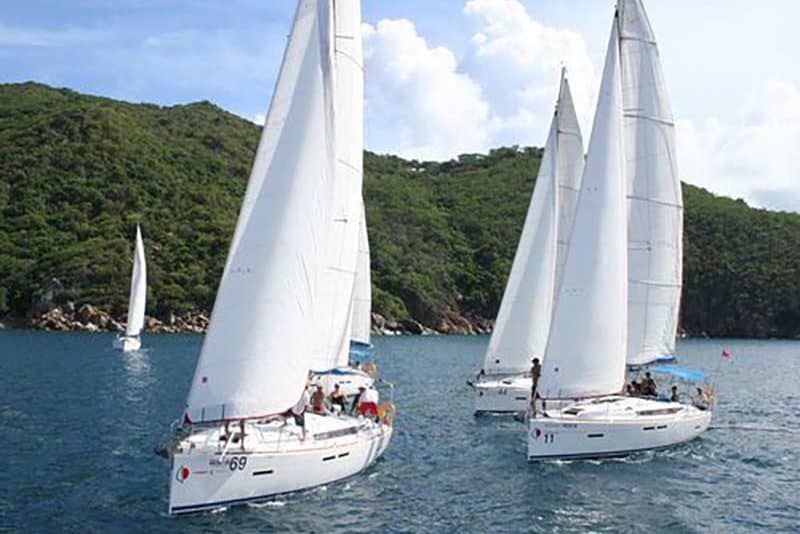
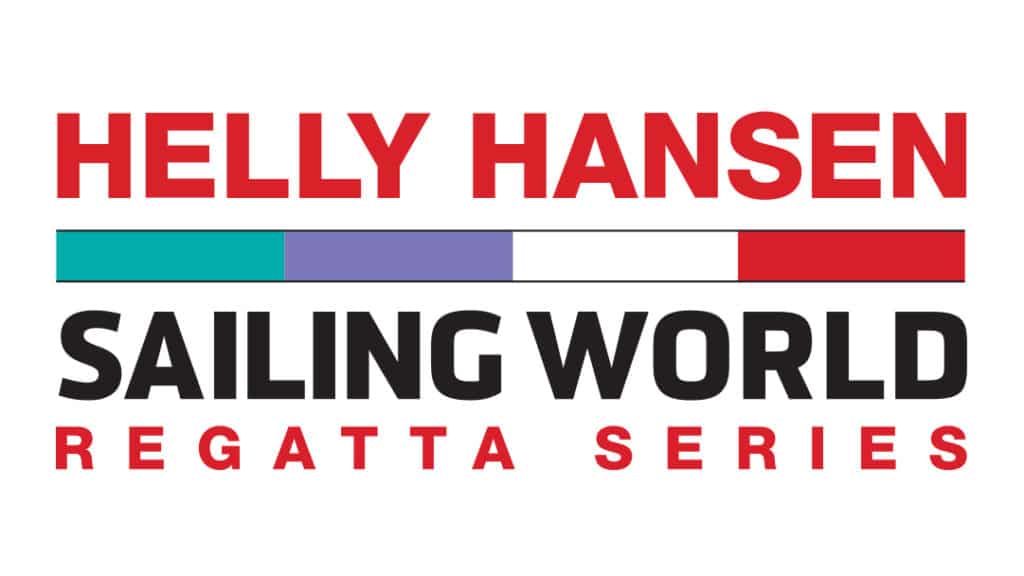




























































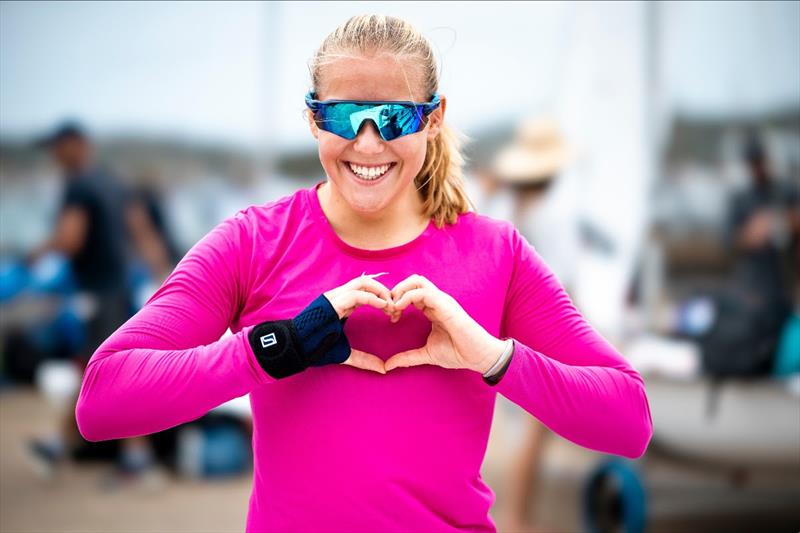
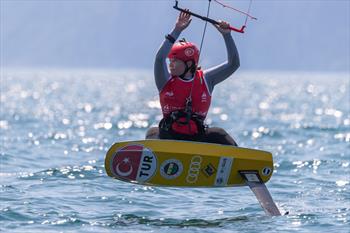








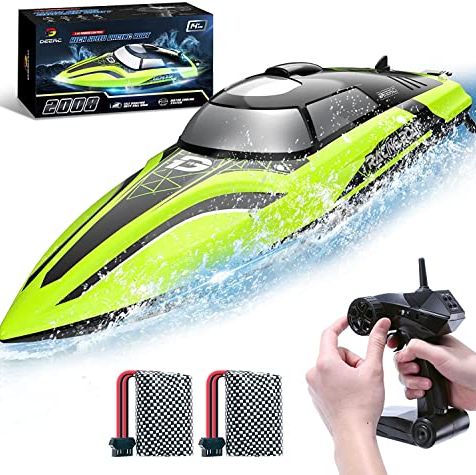



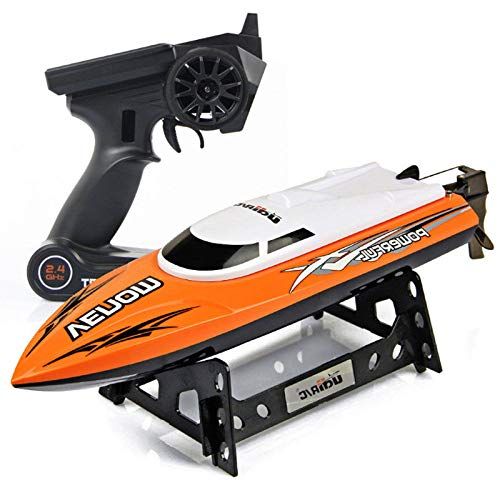
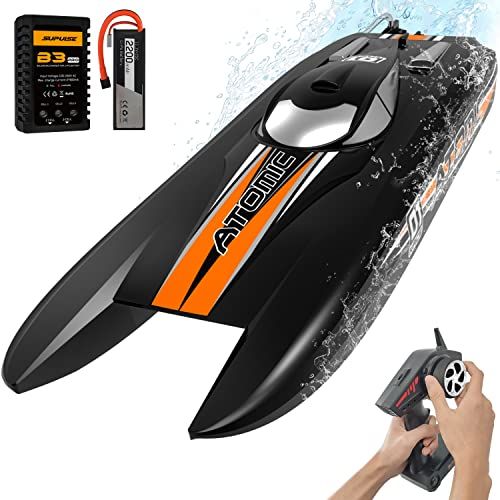









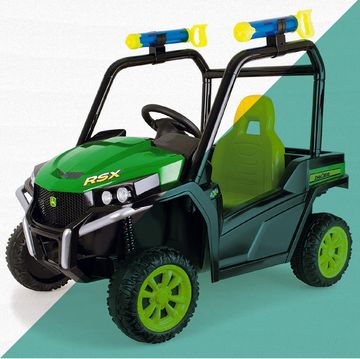
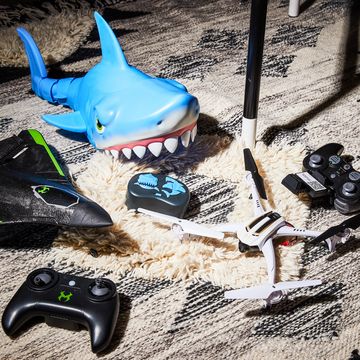

IMAGES
VIDEO
COMMENTS
Wanting to sail around the world is a wonderful plan requires dozens of items and skills. For a clear overview, we have compiled a one-stop-shop article that will push you miles towards your goal. Here are the things necessary to successfully circle the globe on a sailboat - the tangible and the intangible ones.
Route planning is among the most crucial bits of preparation, especially when it comes to circumnavigation. This article will give you seven of the most commonly used routes for sailing around the world. Some routes have been sailed many times by many people, others are obscure or even dangerous.
Personal preparations and sailing skills are still the biggest part of planning to sail around the world. Knowledge and competence takes the stress out of situations, which is more fun for you and ...
The best sailing around the world boats include the Beneteau 46.1, Island Packet 349, Neel 51, Wauquiez Pilot Saloon 42, Arcona 435, X4.9, Figaro and more.
Navigating Dreams: A Comprehensive Guide to Sailing Around the World. Embark on the ultimate maritime adventure with our in-depth guide to circumnavigating the globe by sailboat. Discover essential preparation tips, captivating routes, and how to overcome the challenges of the open sea. Sailing around the world is an epic adventure that offers ...
Join us as we share the highs, lows, and challenges of travelling around the world by boat, Sailing offshore across the Oceans and exploring remote locations with our own little tiny house.
With very few exceptions, most of the boats belonged to couples taking on their first trip sailing around the world.
To get some perspective on the matter here are some data; The fastest boat to sail around the world is a trimaran, and the shortest time recorded is 40days. If you are on a sailing cruiser, it will most likely take you somewhere between 1.5 to 5 years until you have reached a full circumnavigation.
A world cruising sailing yacht is the ideal ocean-going vessel for those wishing to sail around the world. Owning a world cruising sailing yacht gives you the freedom to explore wherever and whenever you choose. Hoist up the sails and cruise to some of the world's most remote destinations or enjoy a luxurious vacation with your family ...
Ever dreamed of sailing around the world? Set sail on the journey of a lifetime on the 2022 Oyster World Rally, our third supported circumnavigation rally.
Sailing around the world is a dream for many, but few actually do it. 10 steps that took us from landlubbers to bluewater sailors in 2 years.
The Classic Sail Around the World Route - The Milk Run. The classic route for circumnavigating is based on the path of least resistance, making it the safest route to sail around the world. These routes utilize the prevailing winds to make as many downwind, fair-weather passages as possible.
What is it like to SAIL AROUND THE WORLD? We spent the last 6 years sailing offshore across oceans through storms and calms, meeting new cultures and overcoming challenges.
You might worry that sailing around the world is only for the rich. Getting your own boat costs a fortune, and you might fear that without your own boat, it is hard to find an opportunity to go on a long sailing voyage. However, it is easier to find a crew and sail around the world on someone else's boat than you would think.
Discover the best small sailboats for sailing around the world on a budget. Learn from the experts and get inspired by their stories and tips.
Find and book your dream yacht through YachtCharterFleet, the world's leading luxury yacht charter comparison site. View ALL superyachts available to rent, get expert advice from our comprehensive destination guides and be inspired by our bespoke superyacht itineraries. Let us connect you with a knowledgeable local charter broker to help you plan and book your fully-crewed private yachting ...
Circumnavigation means to successfully navigate around any sort of landmasses such as an island or continent. What are the best sailboats for circumnavigation?
We love small ships, and these ten yachts offer the ultimate in personalized service and intimate access to destinations around the globe.
Sailing Around The World - Planning For Global Circumnavigation. There's something about sailing around the world that captures the imagination and inspires. For some, it's the reason for learning to sail in the first place. Others only start to think about global circumnavigation as their skills and experience grow.
How to choose a yacht for round the world sailing. Obviously, there is no such thing as the perfect boat for everyone. Some go around the world to see what they are capable of: passing through the oceans in Spartan conditions to the limits of human capabilities. Others crave speed and new records.
The size of the yacht you need to sail around the world depends on the type of voyage you are planning to take. If you are planning a leisurely cruise, then a mid-sized yacht between 35-45 feet is typically suitable. However, if you are planning a longer-term voyage for more than a year, then a larger yacht of at least 50 feet is recommended.
Essential yacht racing skills; Catamaran sailing; Bluewater sailing techniques; ... Tom Cunliffe introduces this extract from My Way Around the World. TAGS: Great Seamanship Top stories.
How to find work worldwide as a member of the crew on a sailboat and yacht. Experience the exitement and reality of working life as you travel across the high seas.
The one stop for registration, information, photos and videos from all the Helly Hansen Sailing World Regatta Series around the country.
⛵ What Interrupted This Brit's Sail Around the World? ⛵ Luke from SV Storm shares his experience in the 2019-2021 sailing yacht race that was halted midway. Find out how they navigated the...
How do you choose the right yacht for you? We highlight the very best bluewater sailboat designs for every type of cruising
Sail World - The world's largest sailing news network; sail and sailing, cruising, boating news ... More than 400 sailors will descend across five clubs on the lake with a host of countries from around the world represented in the fold, including those on the Emerging Nations Program.
Top sailors from around the world will reach speeds of up to 60 miles per hour as they compete in this weekend's Sail GP Season 4 Grand Final in San Francisco.
The 7 Best RC Boats for Racing Around Lakes, Riding Upstream, and Ripping Through Waves Like sailing or speedboating, but tiny. By Kevin Cortez Updated: Jul 11, 2024